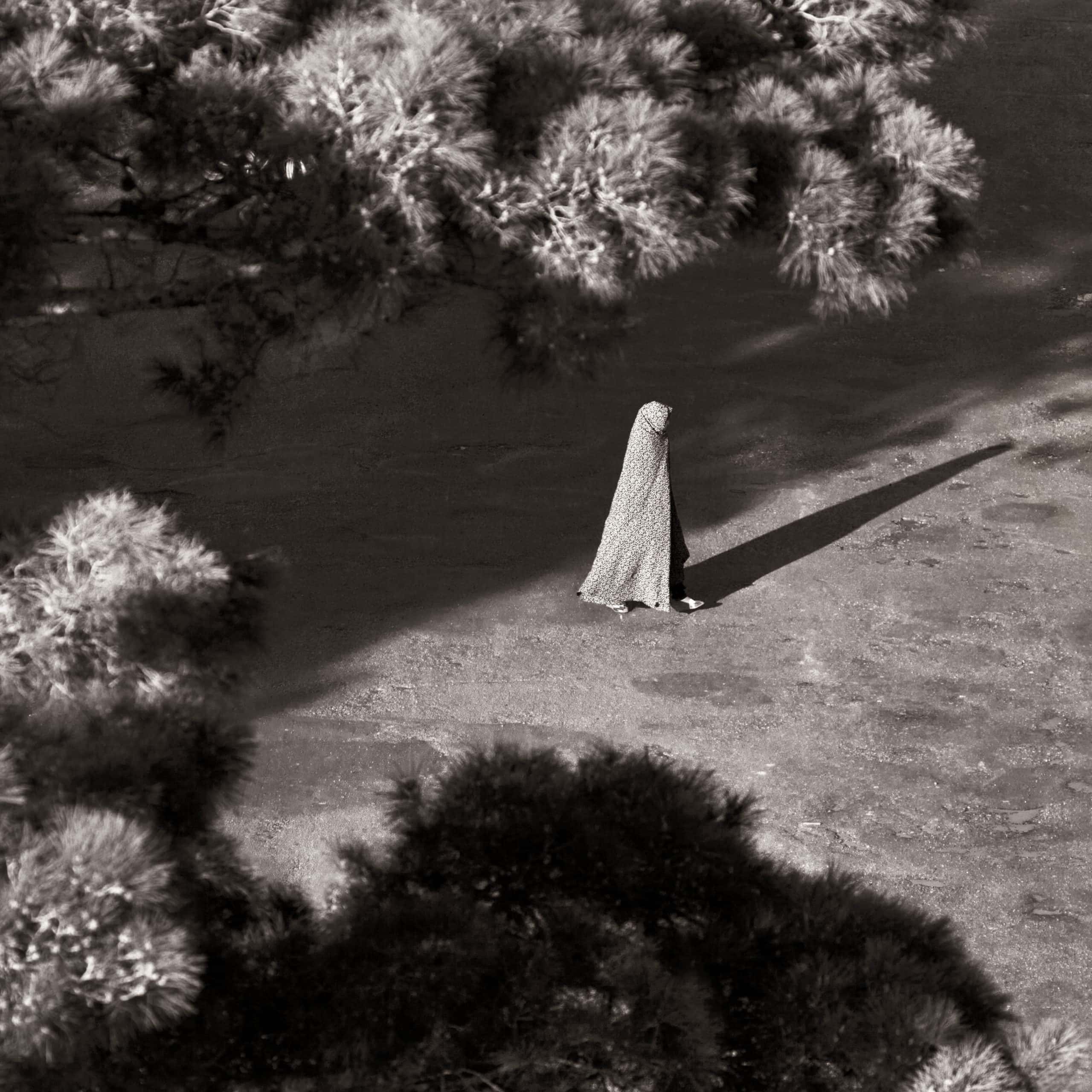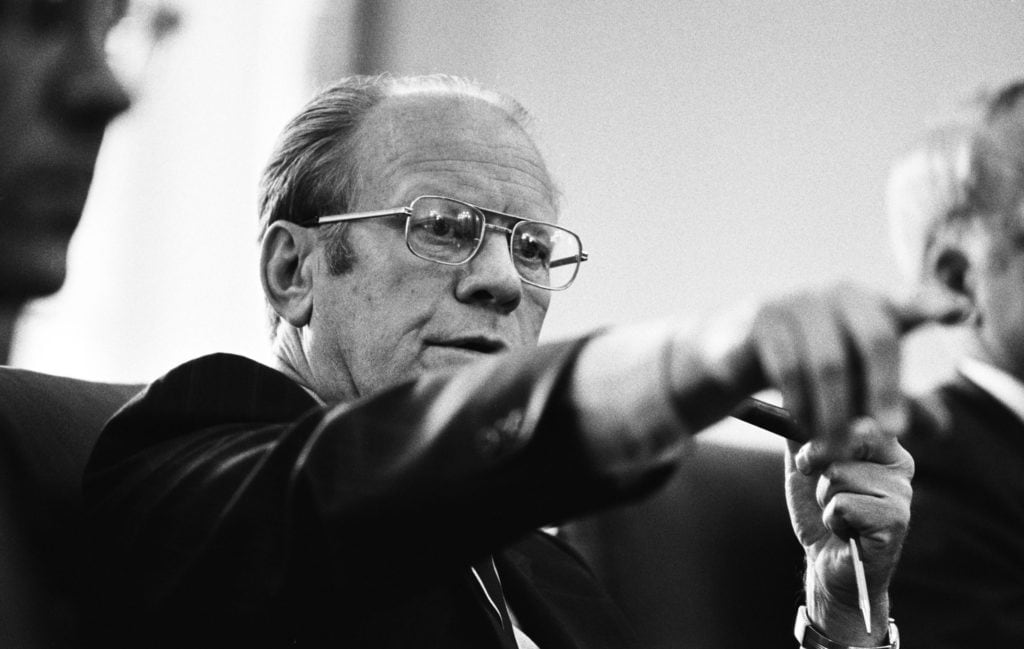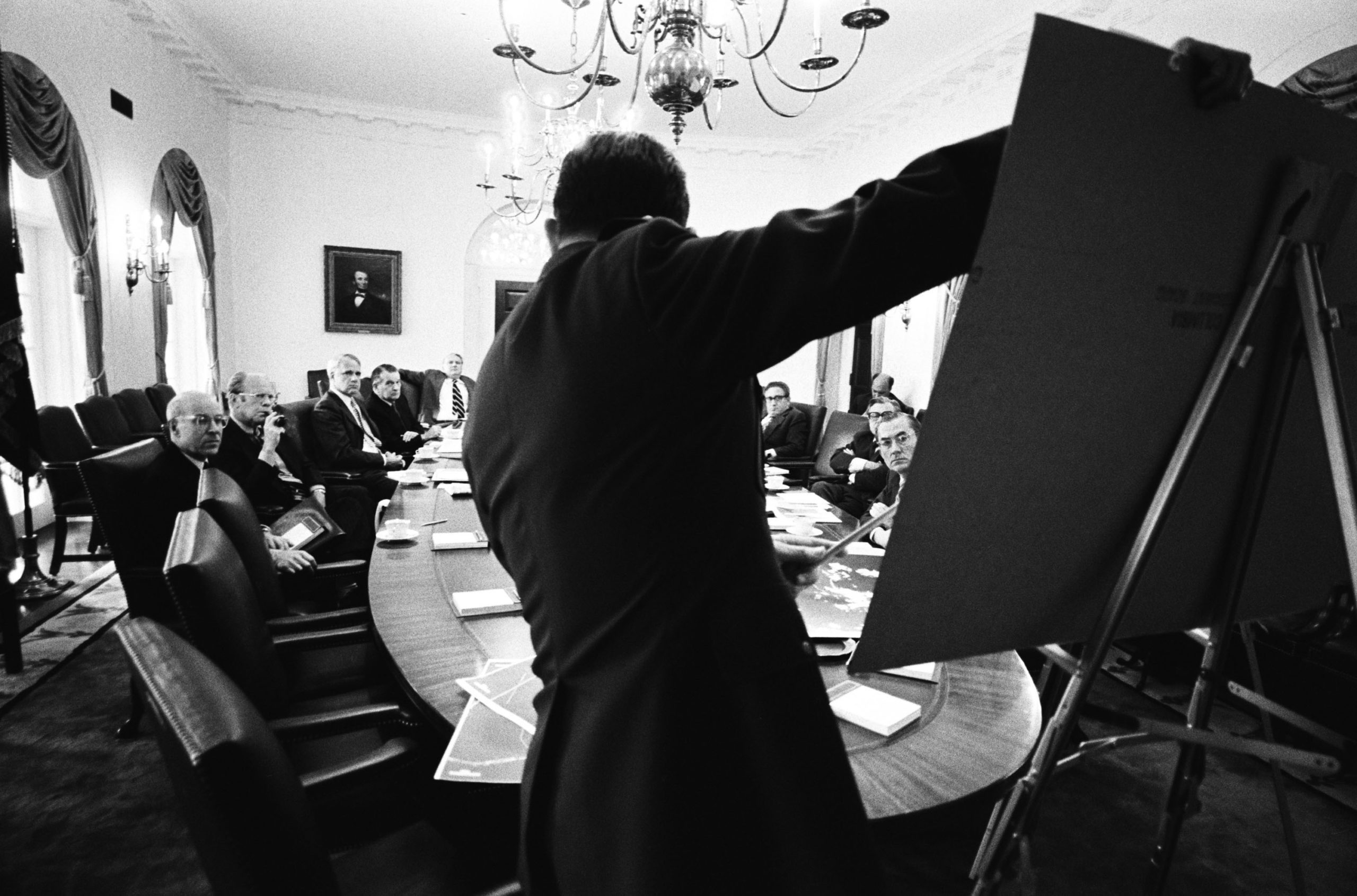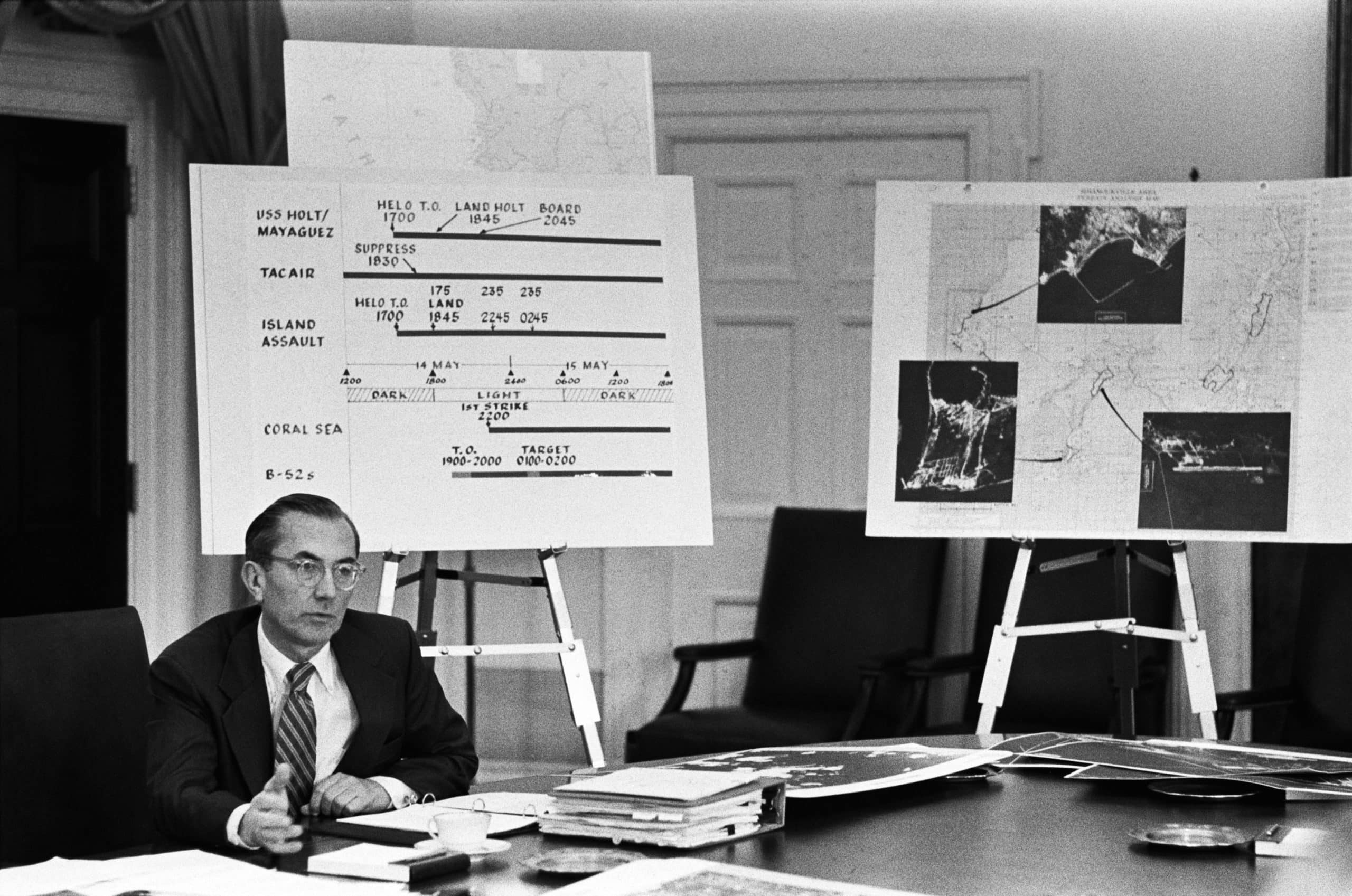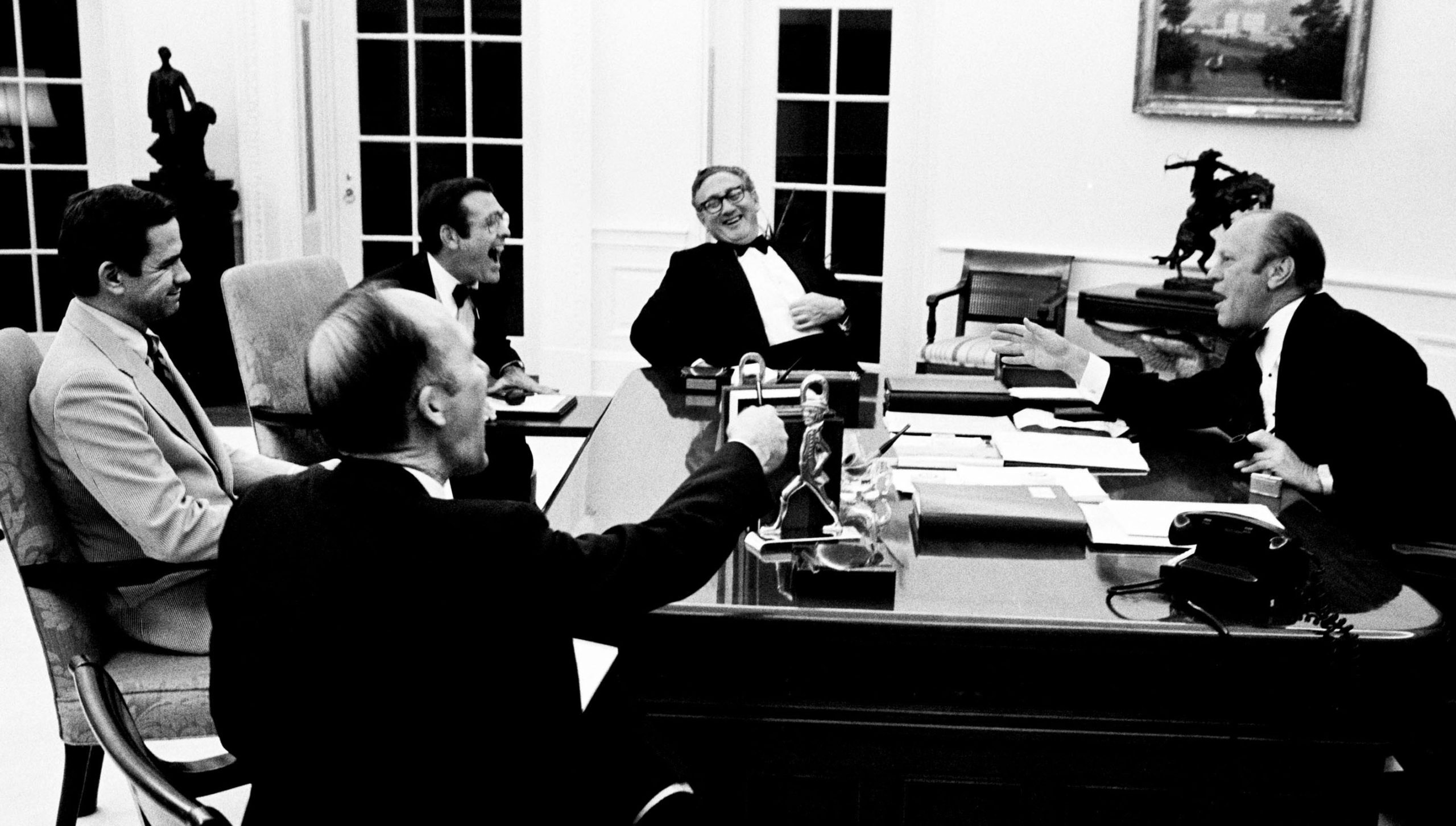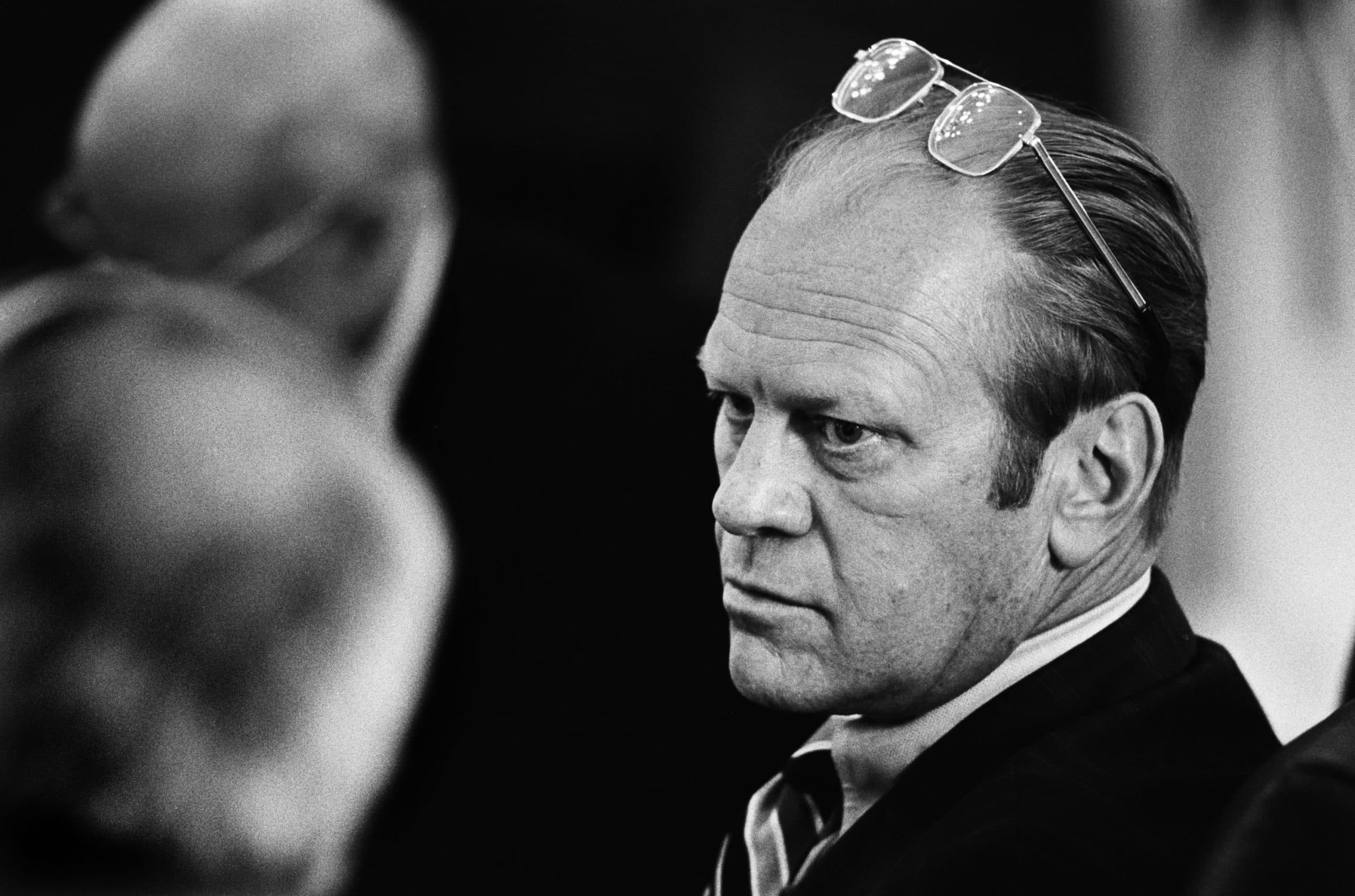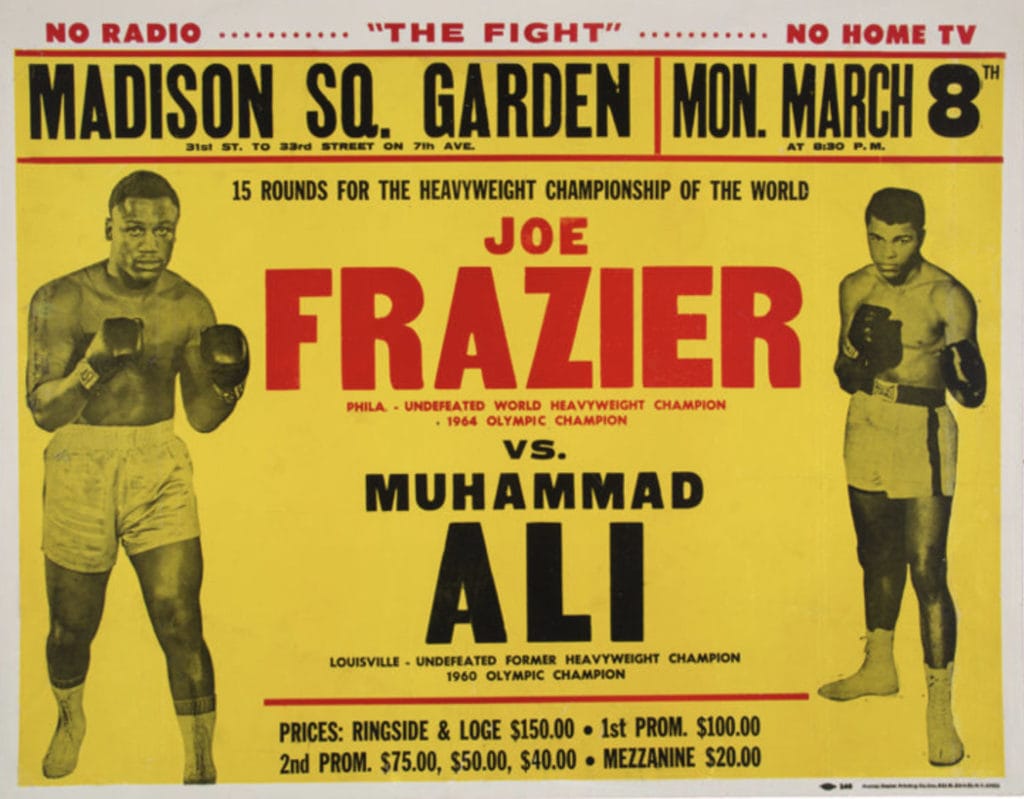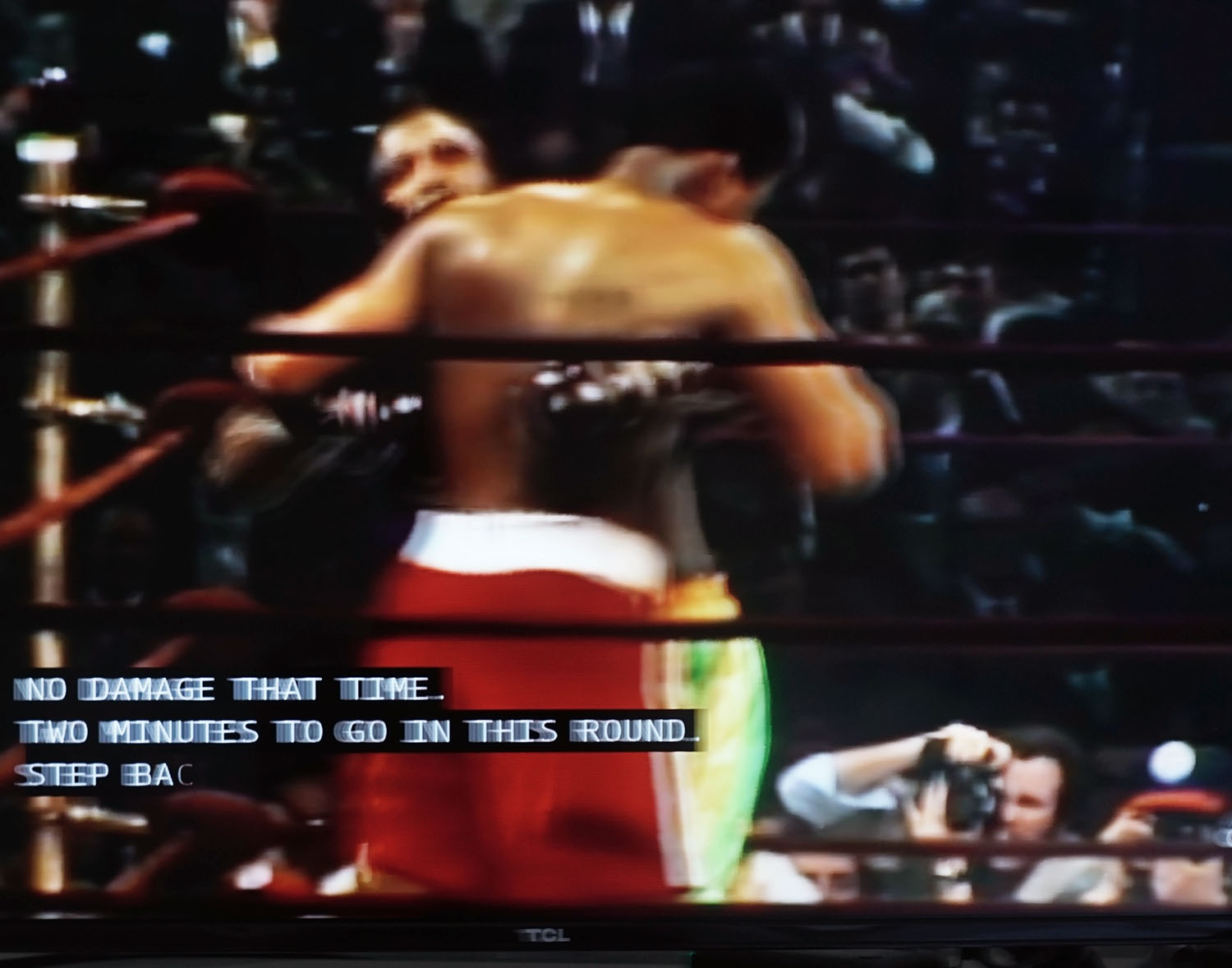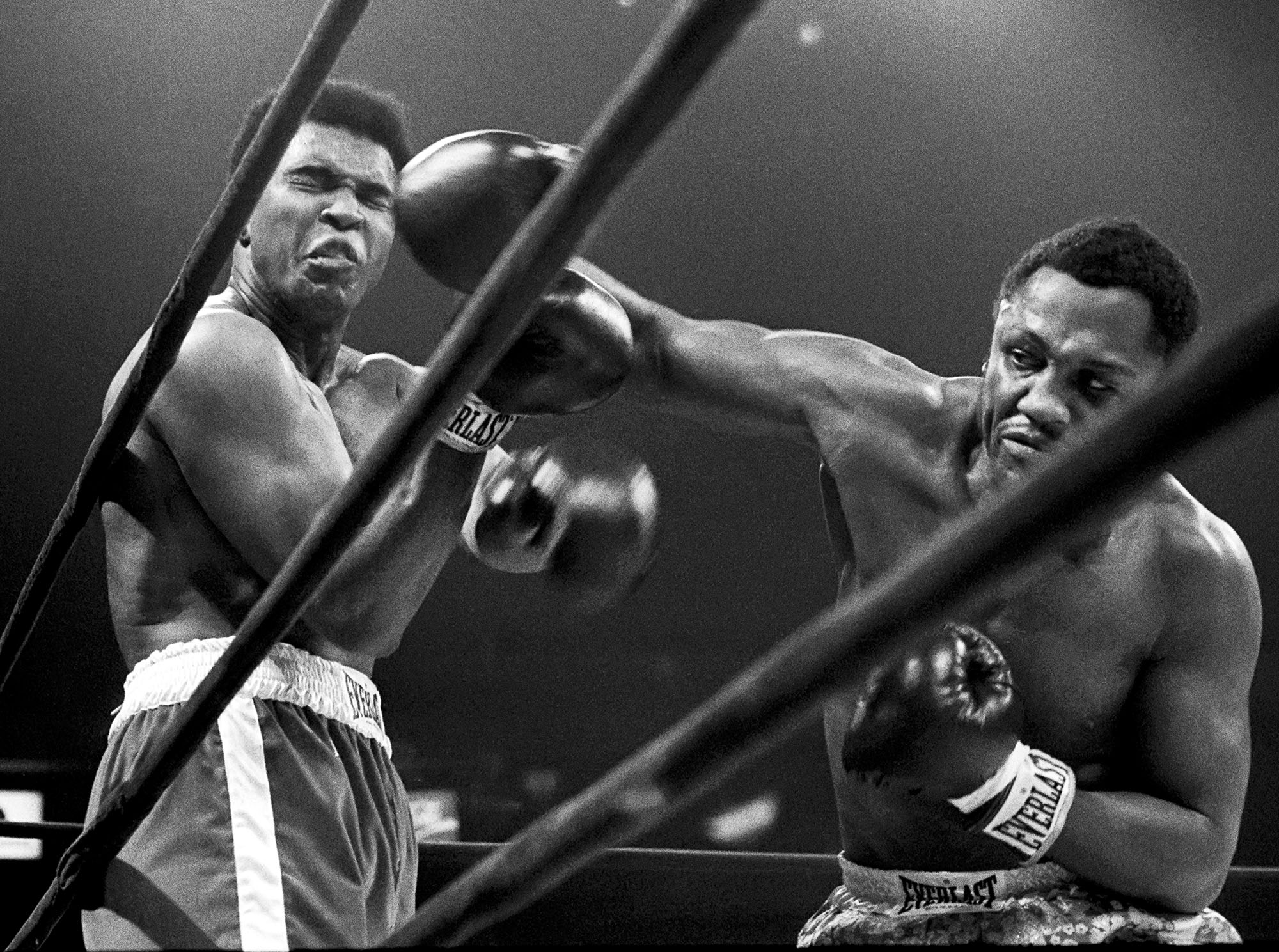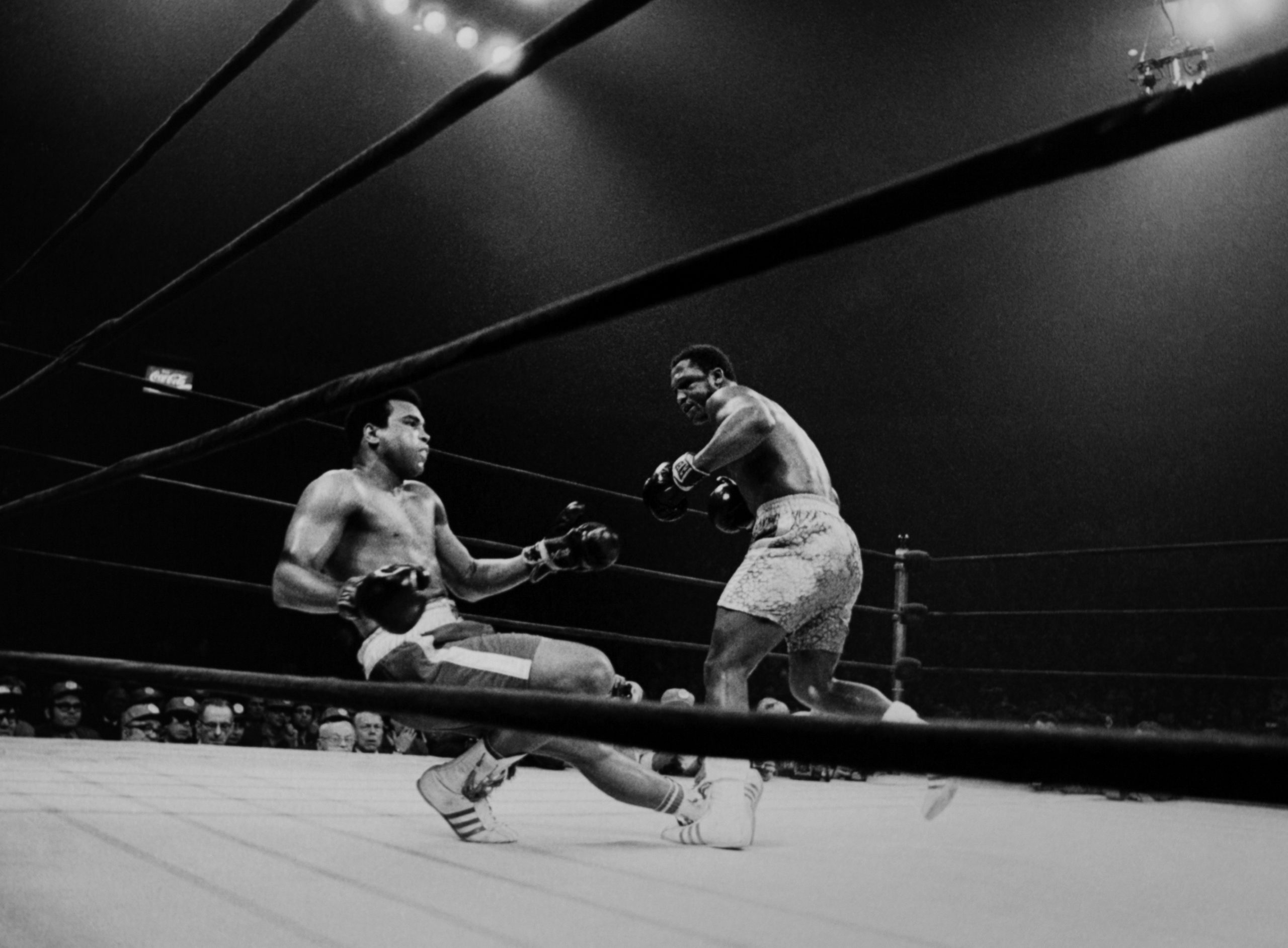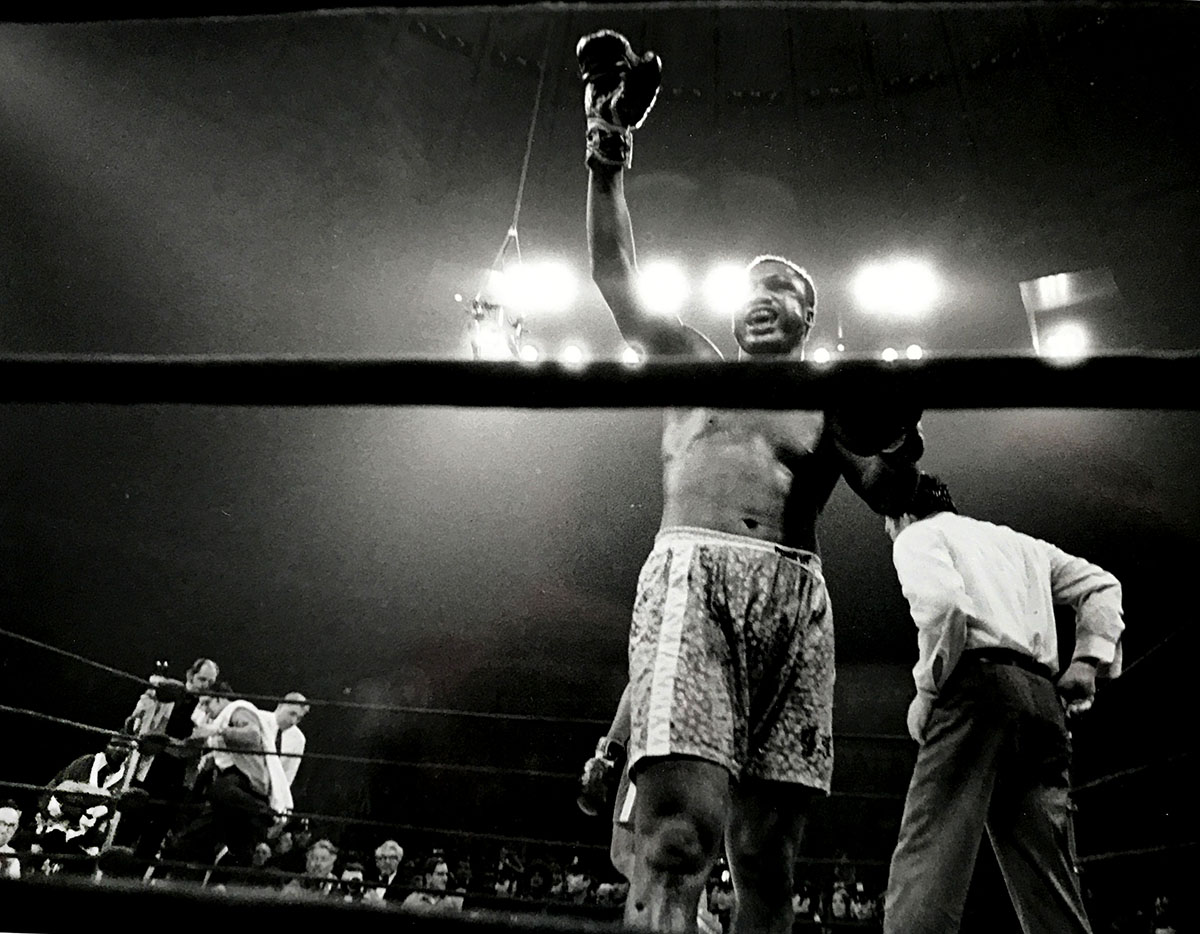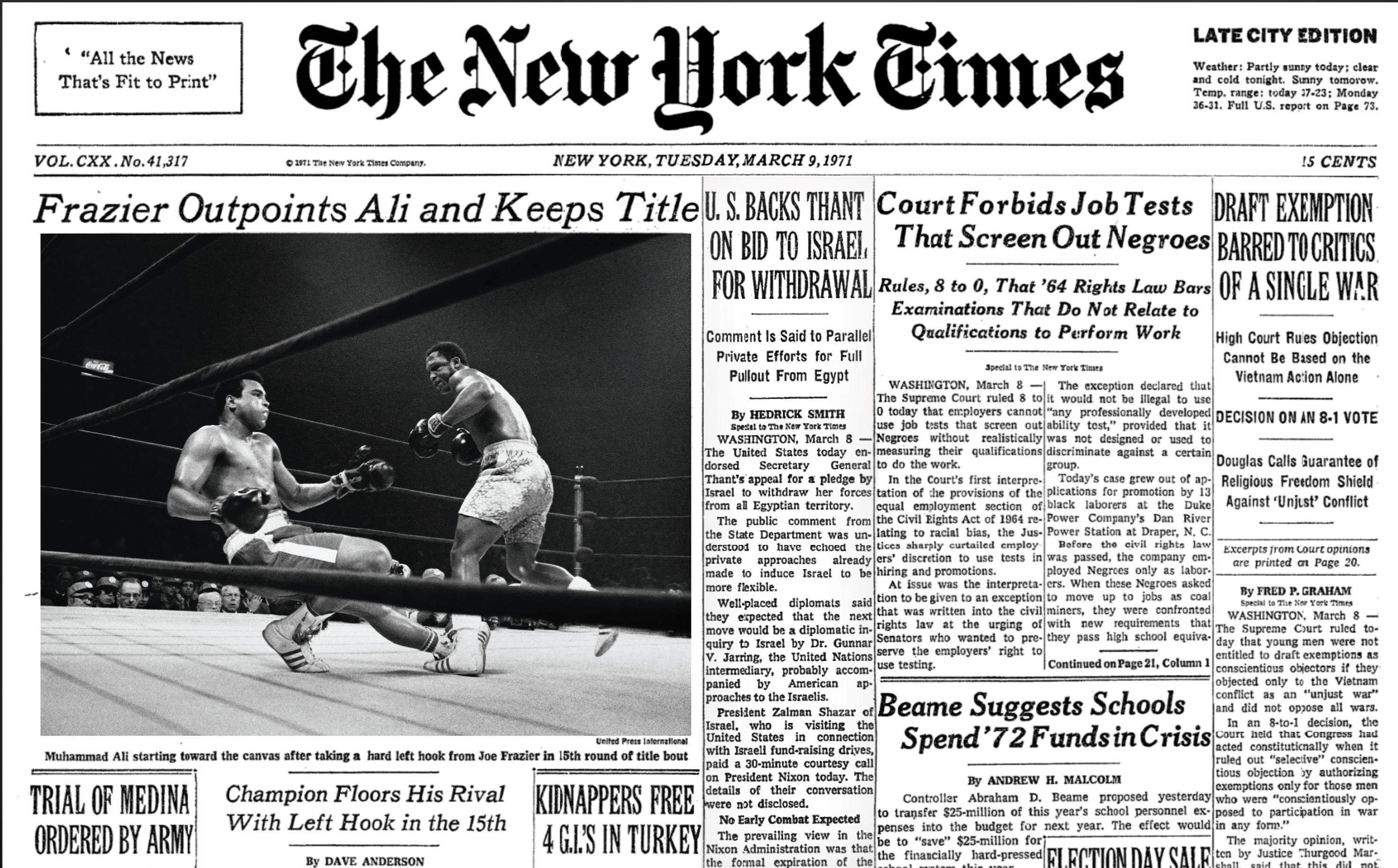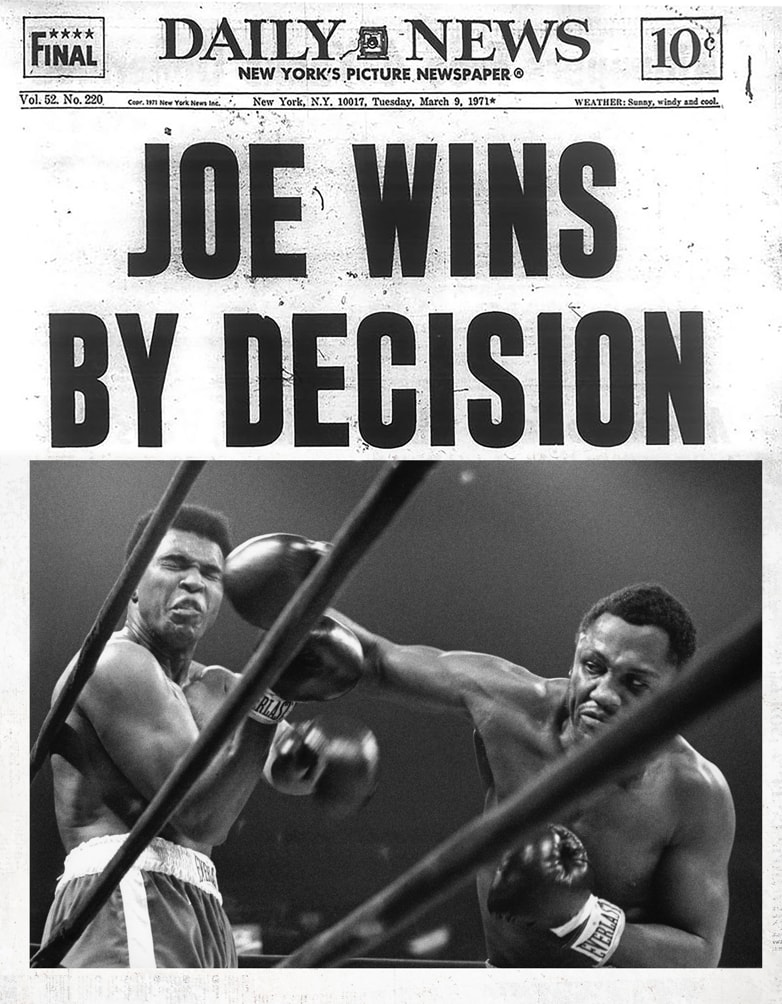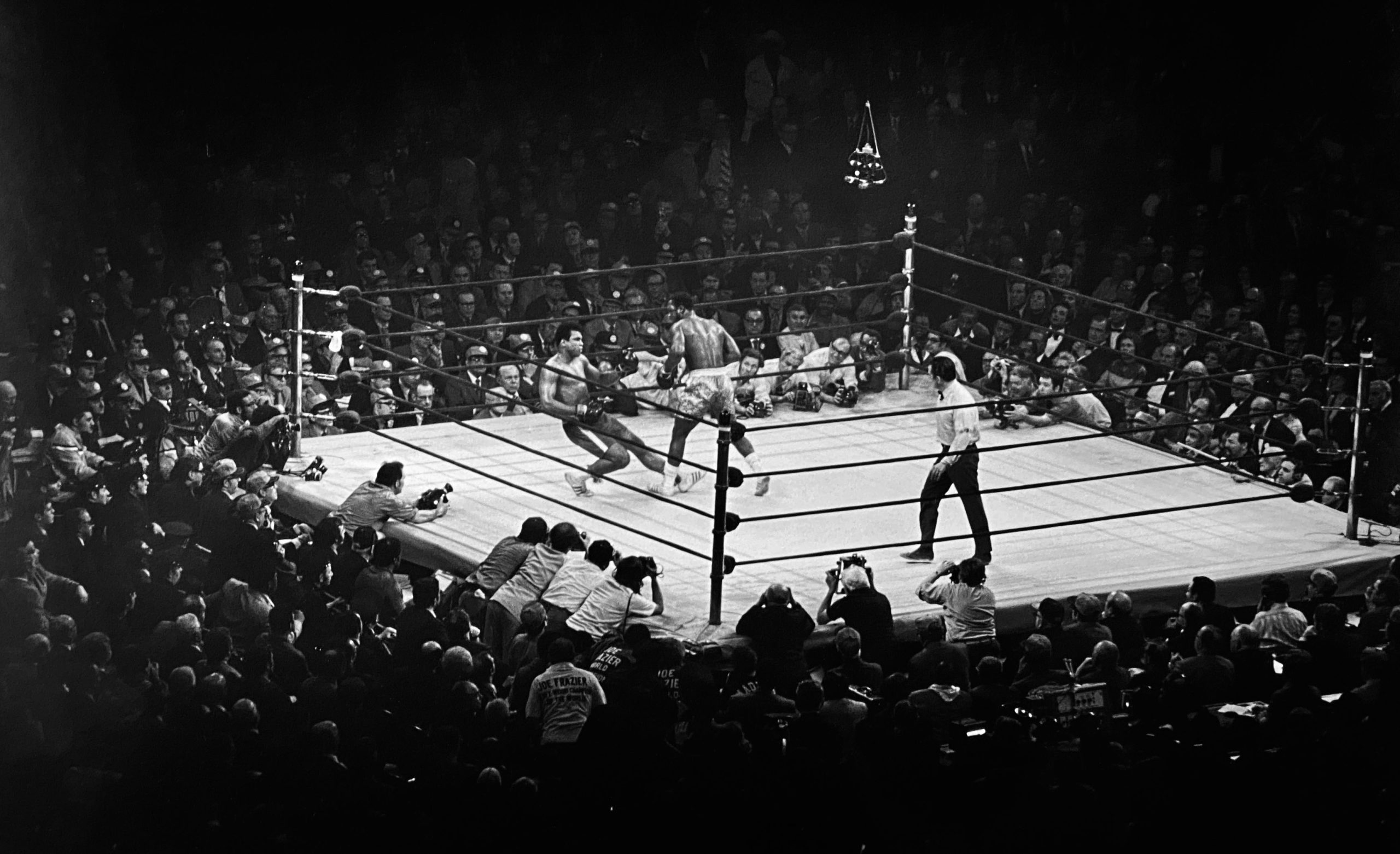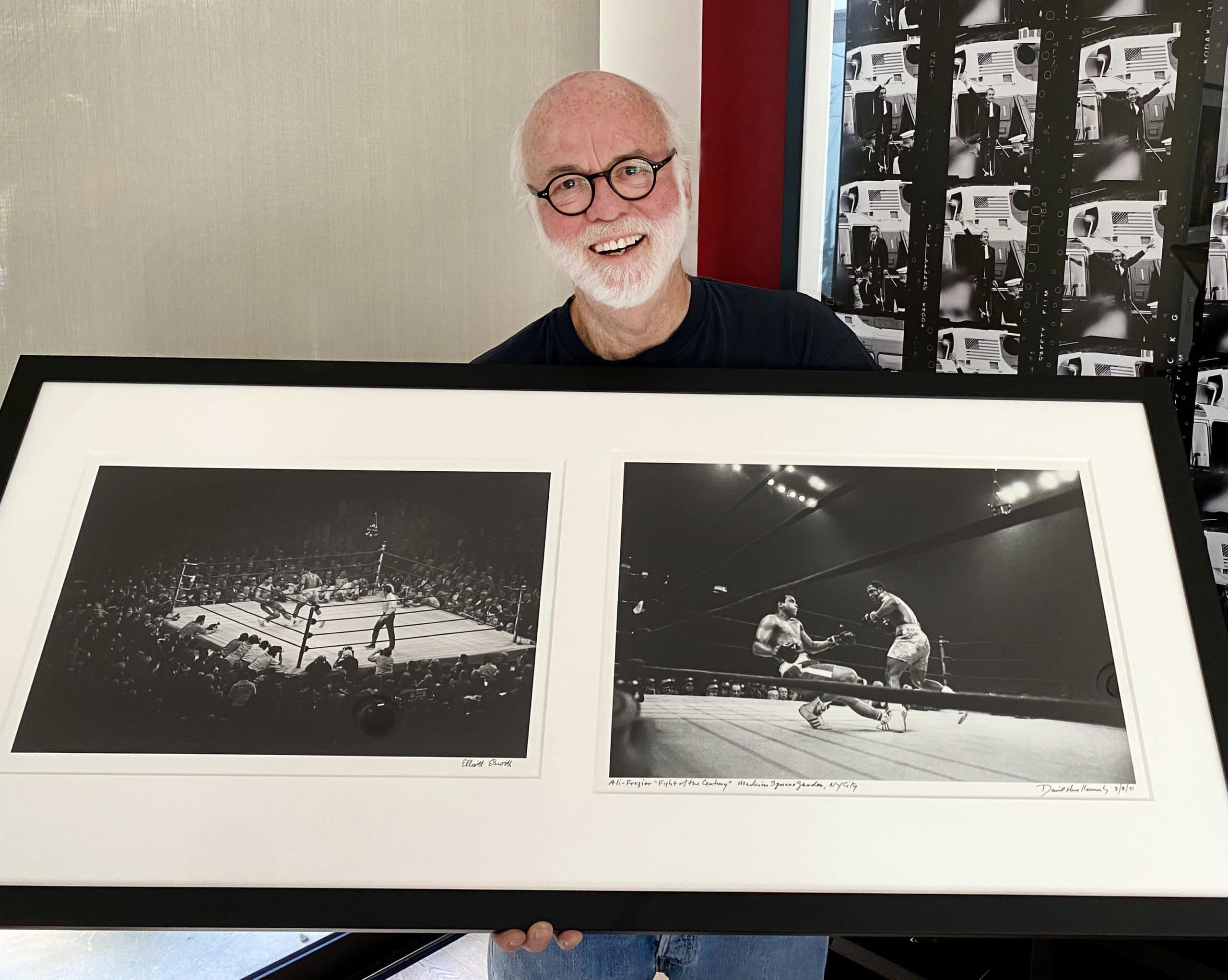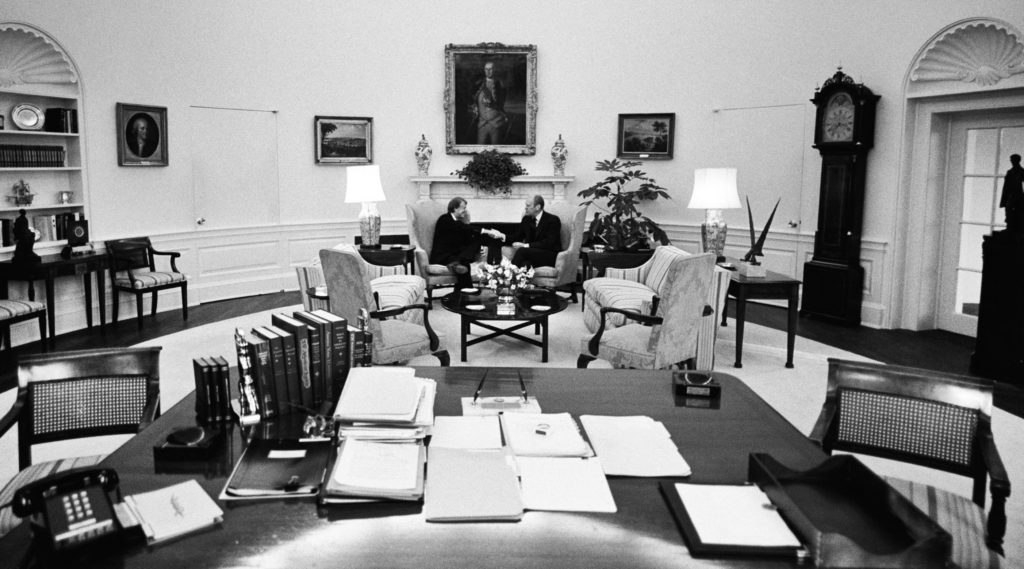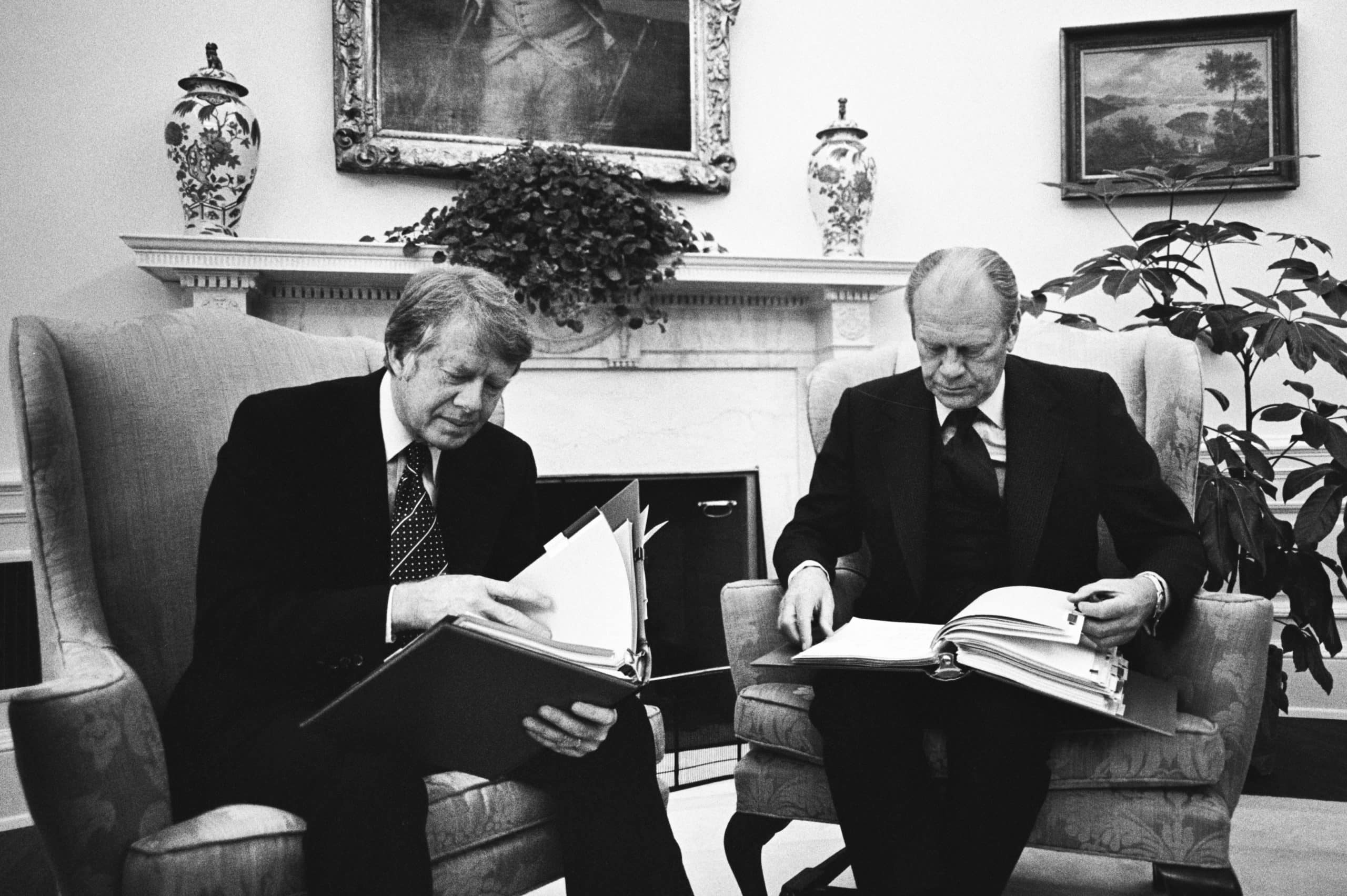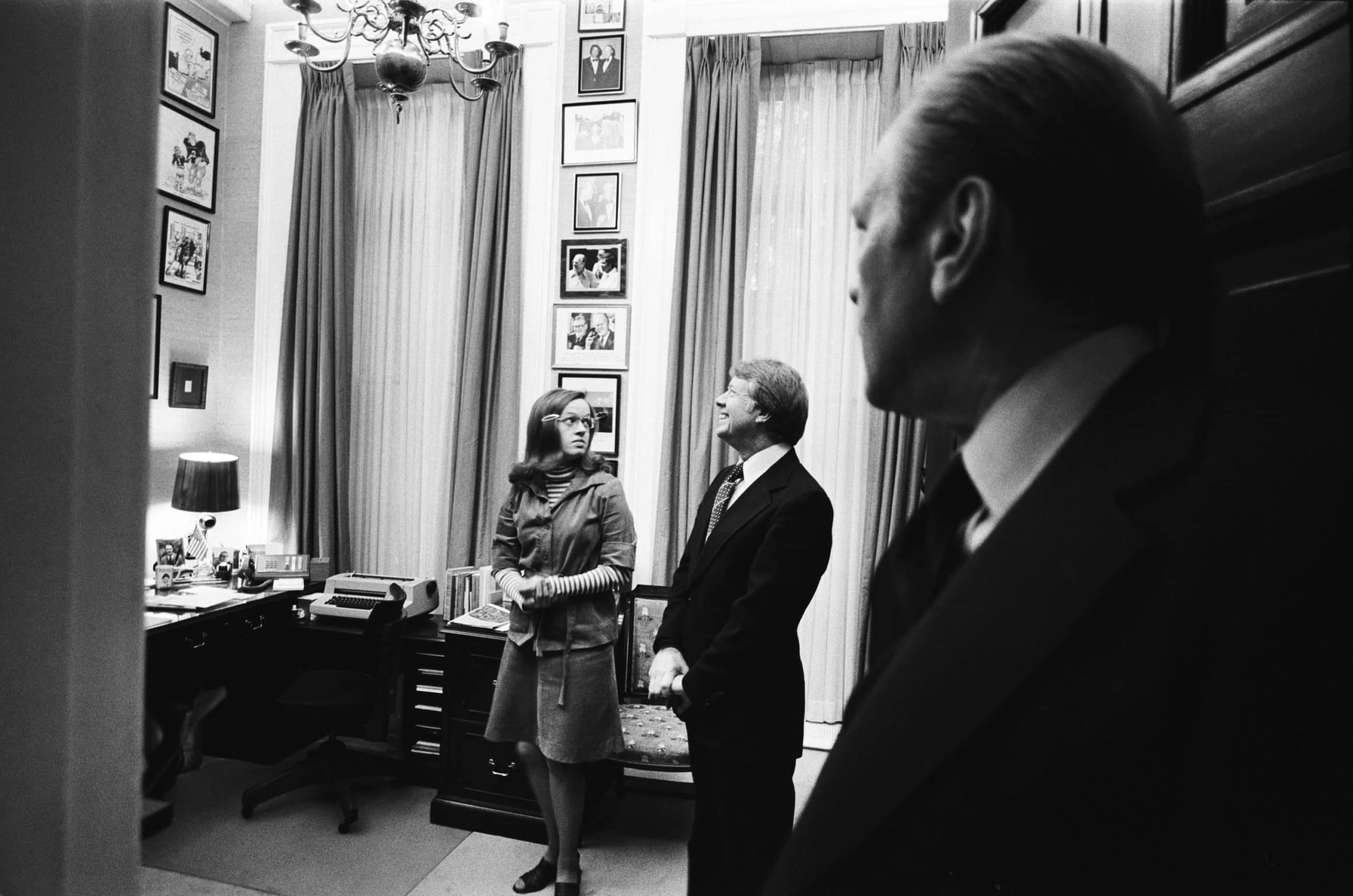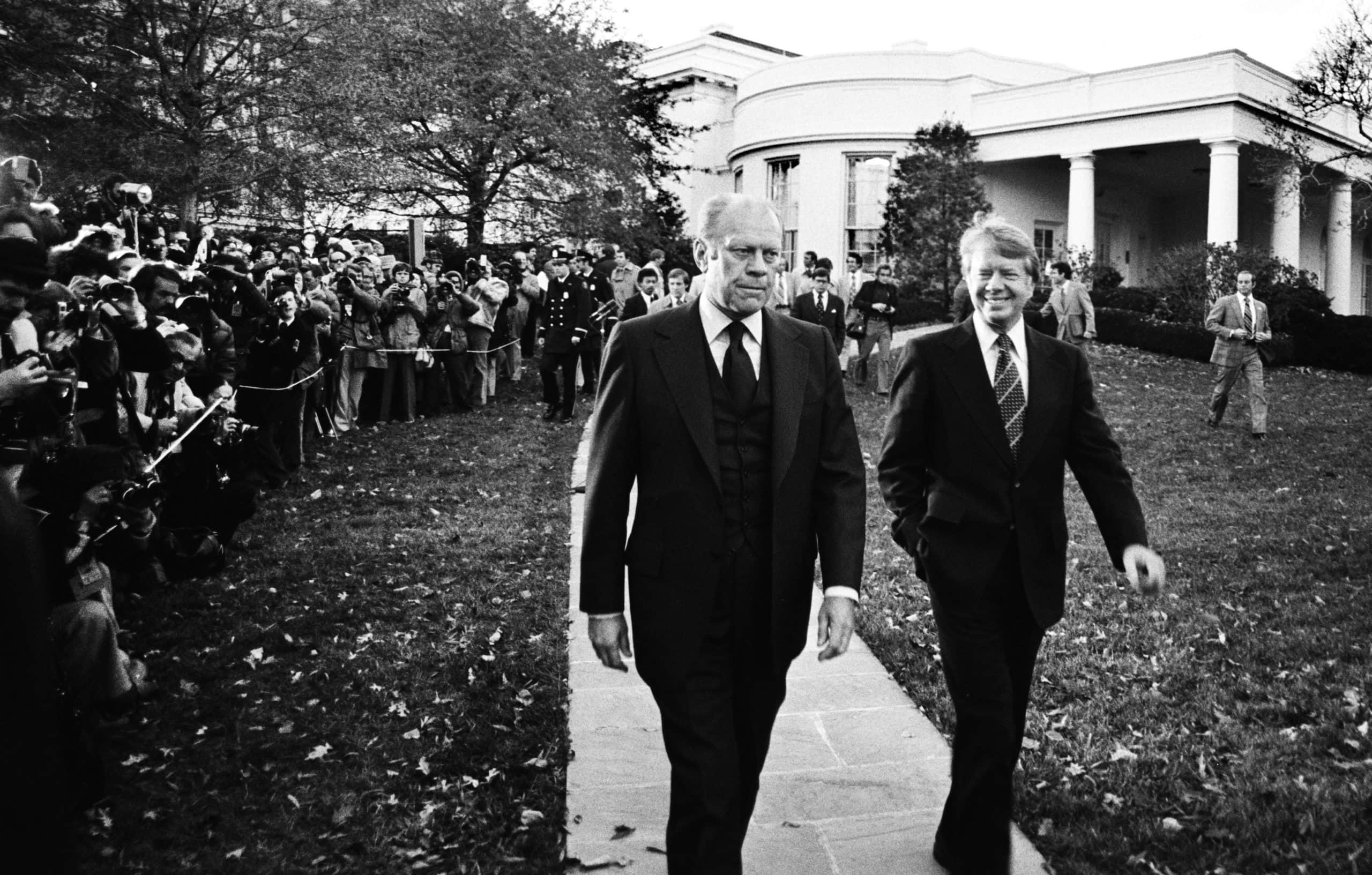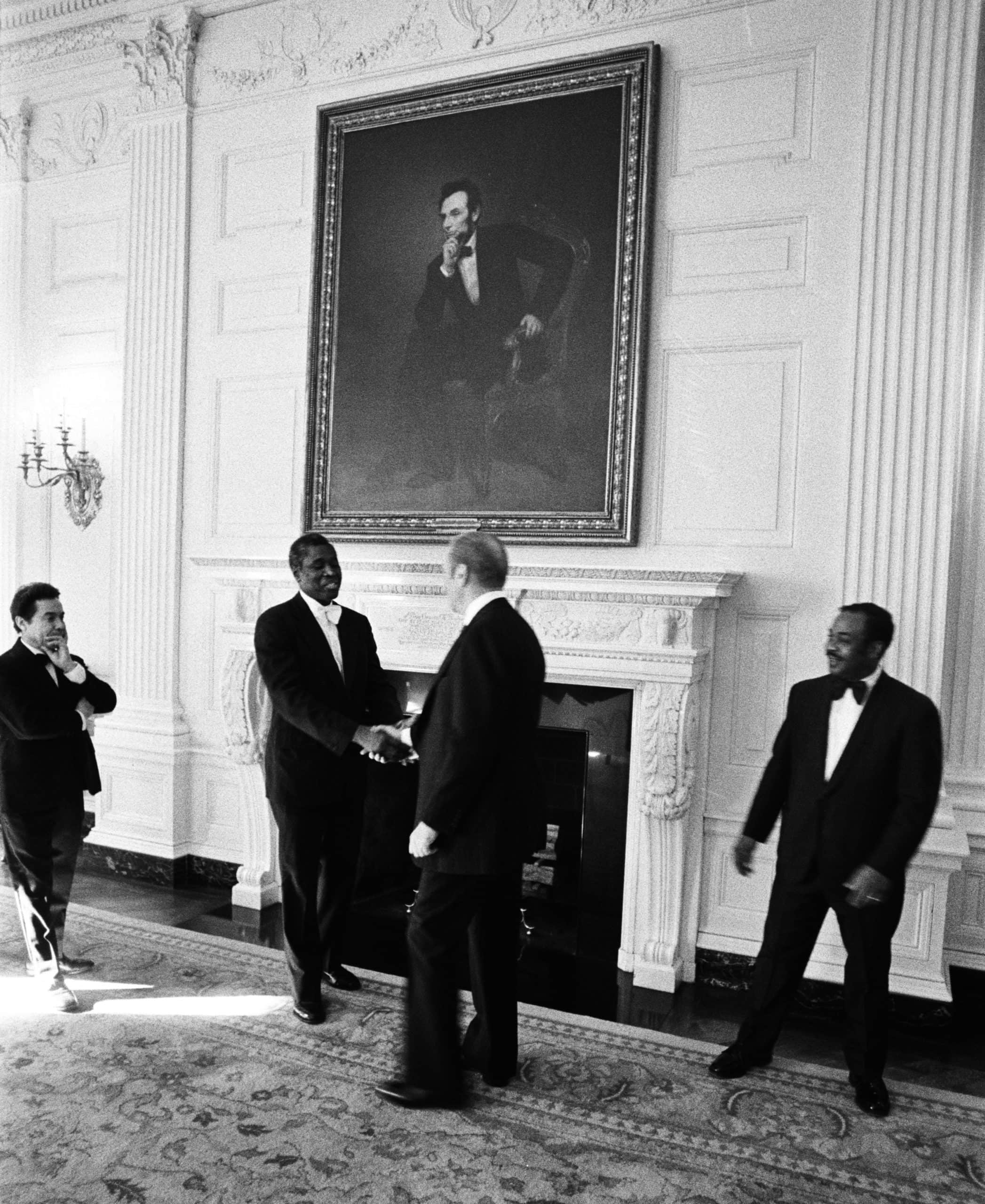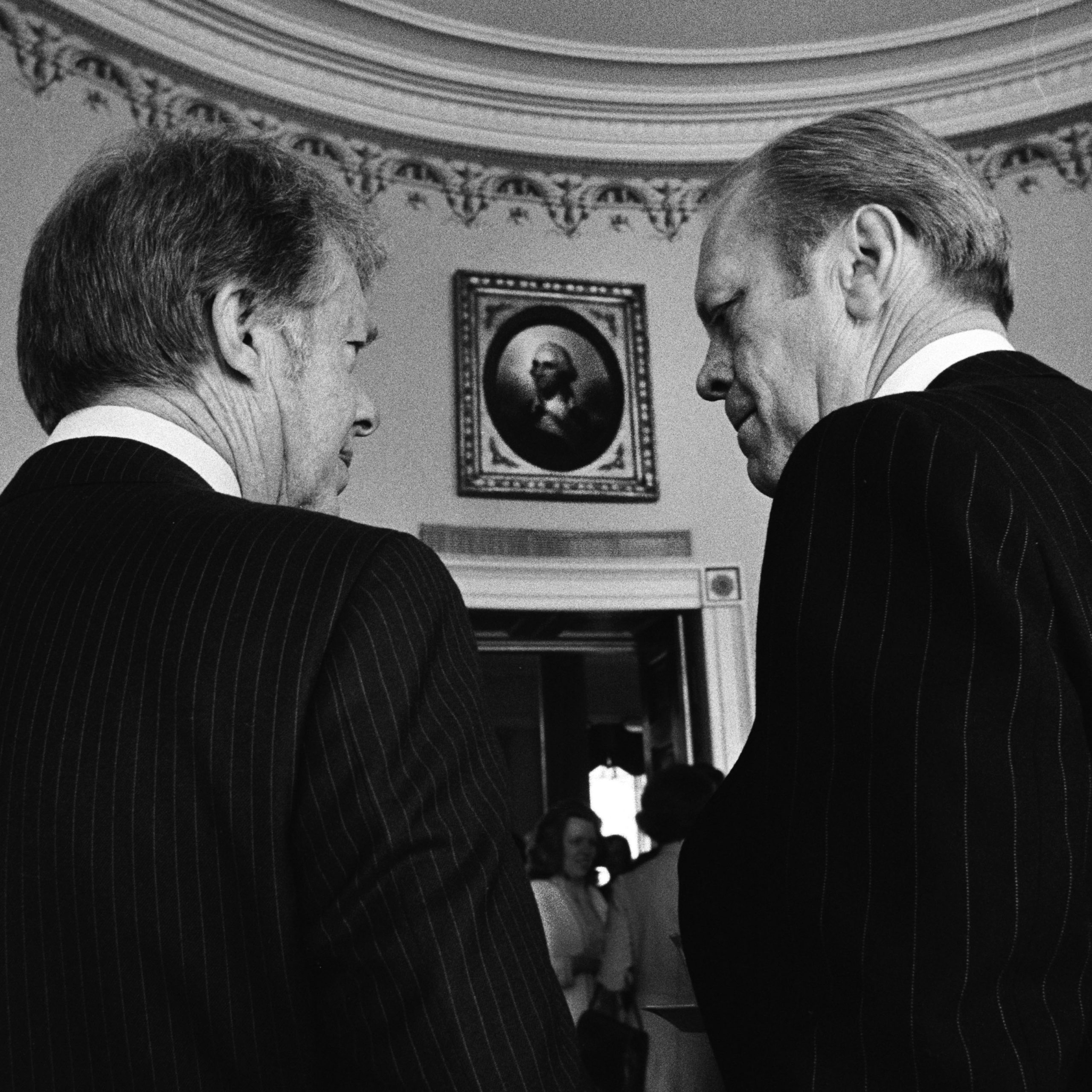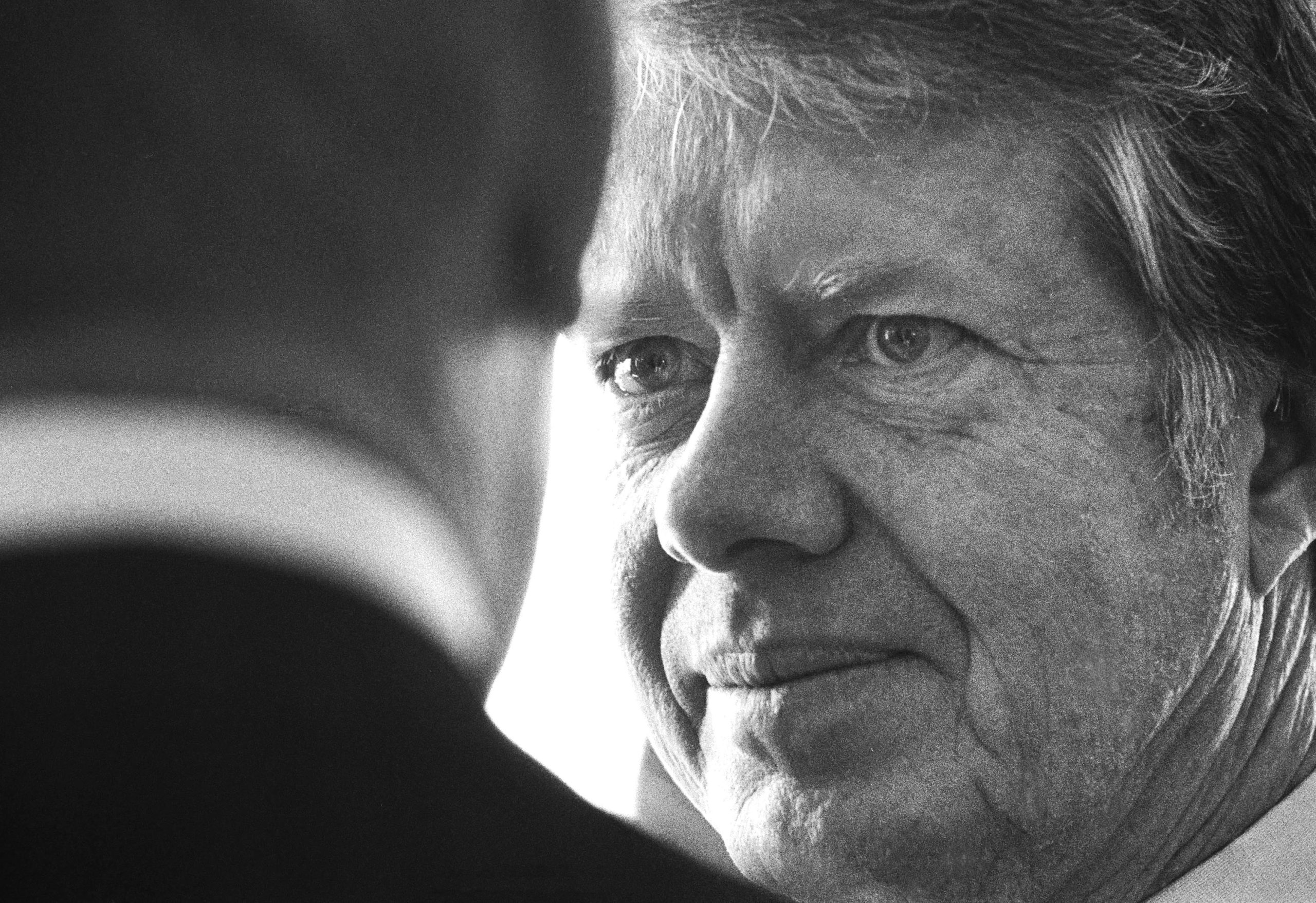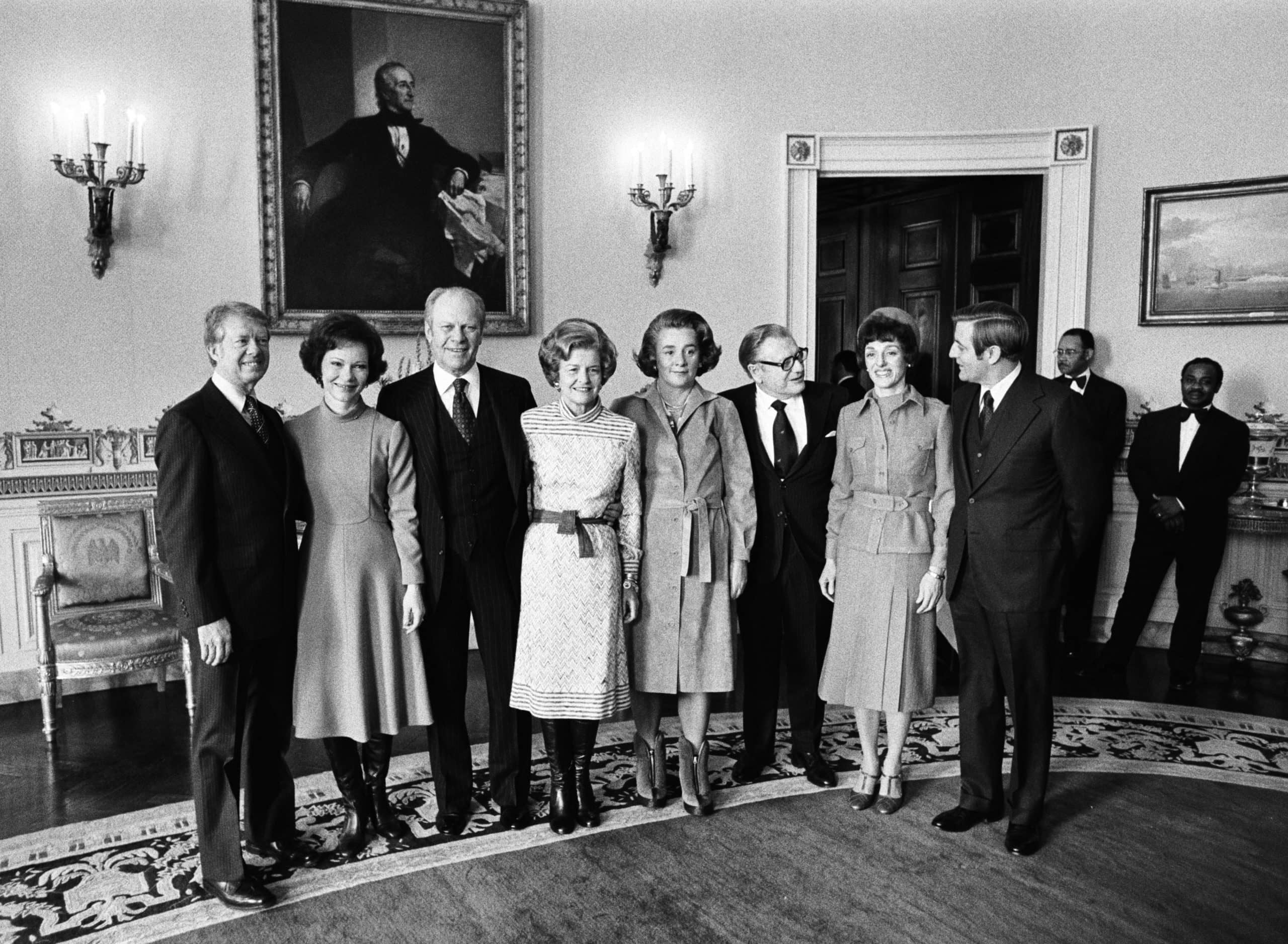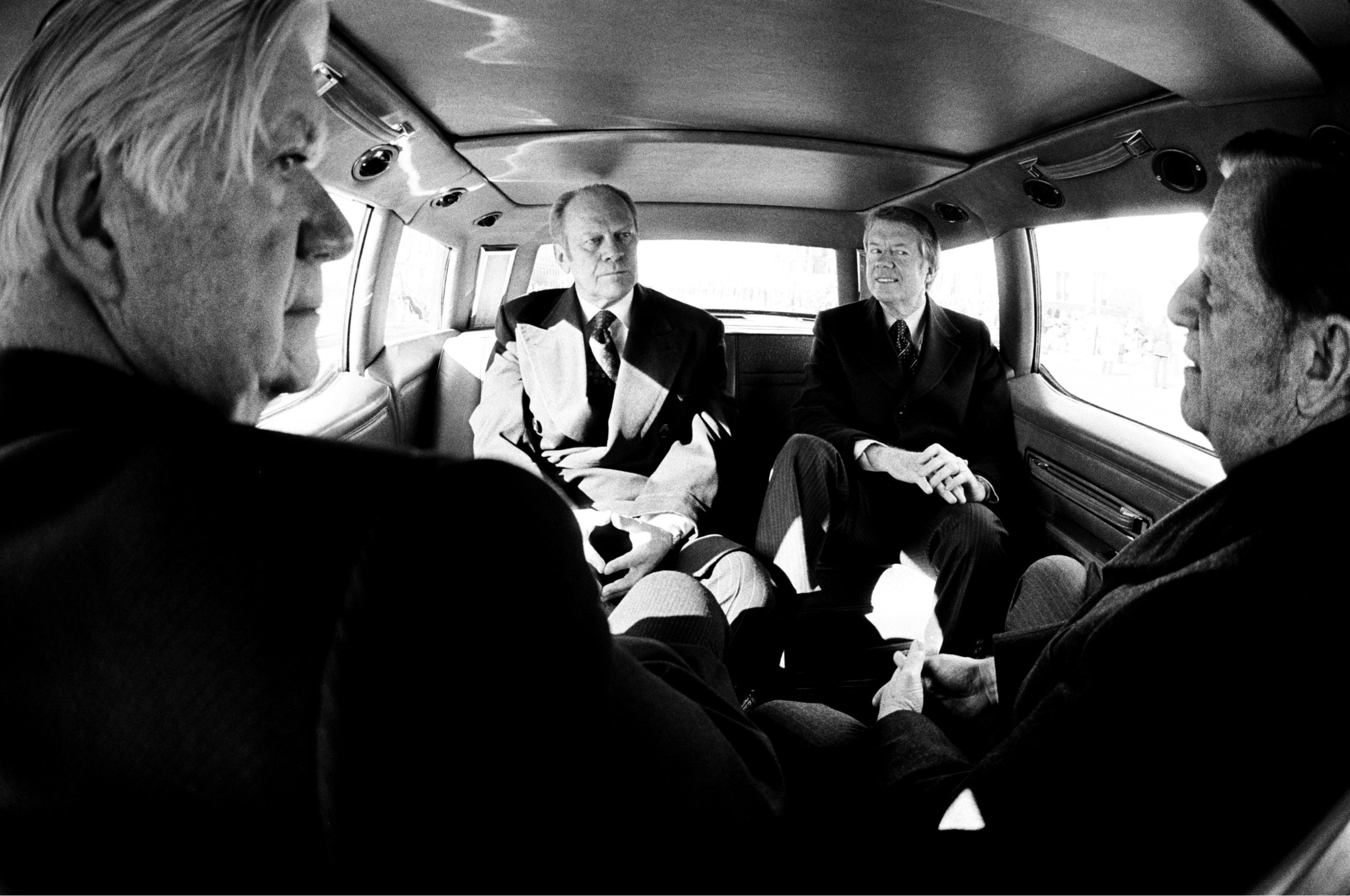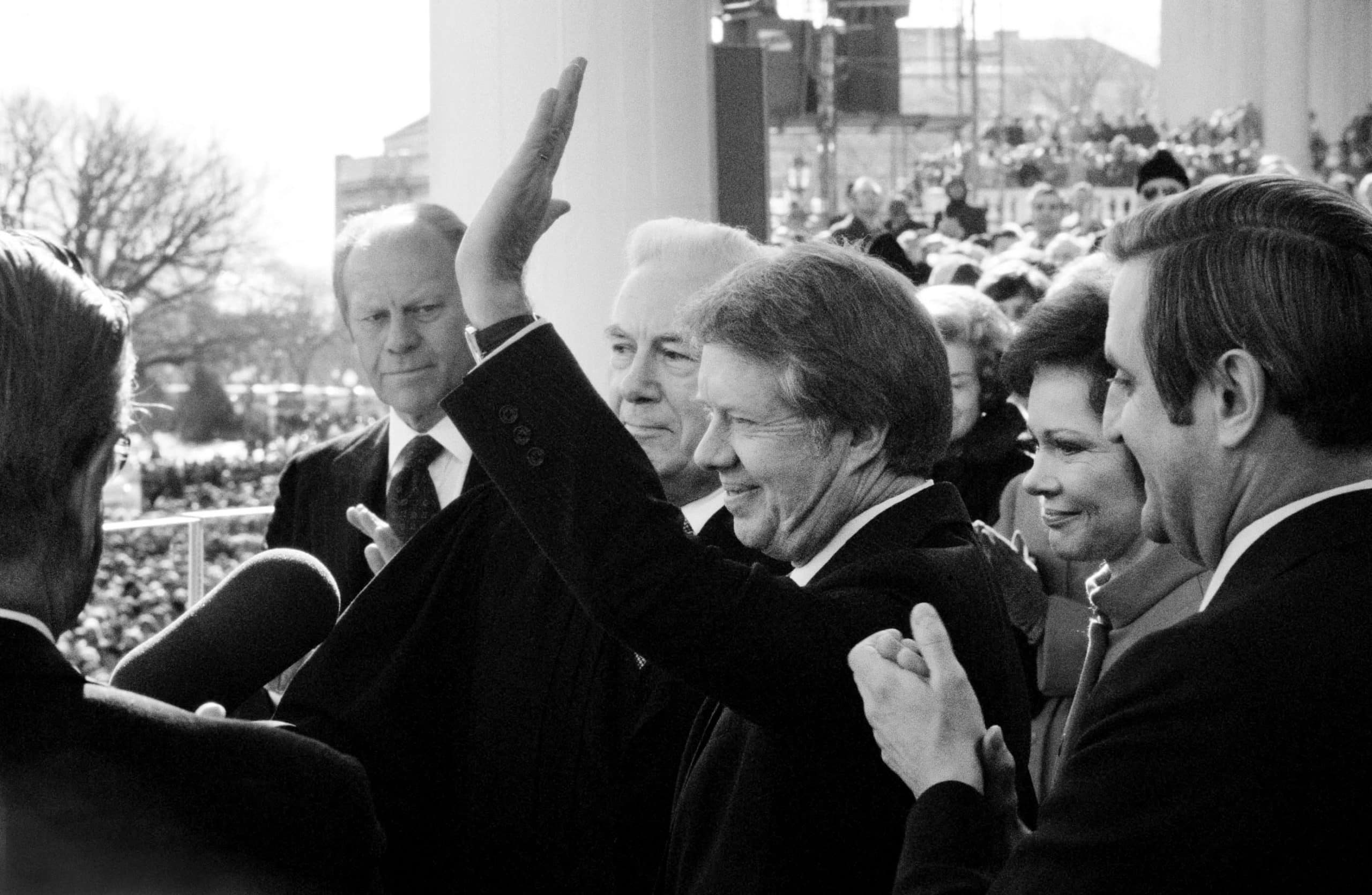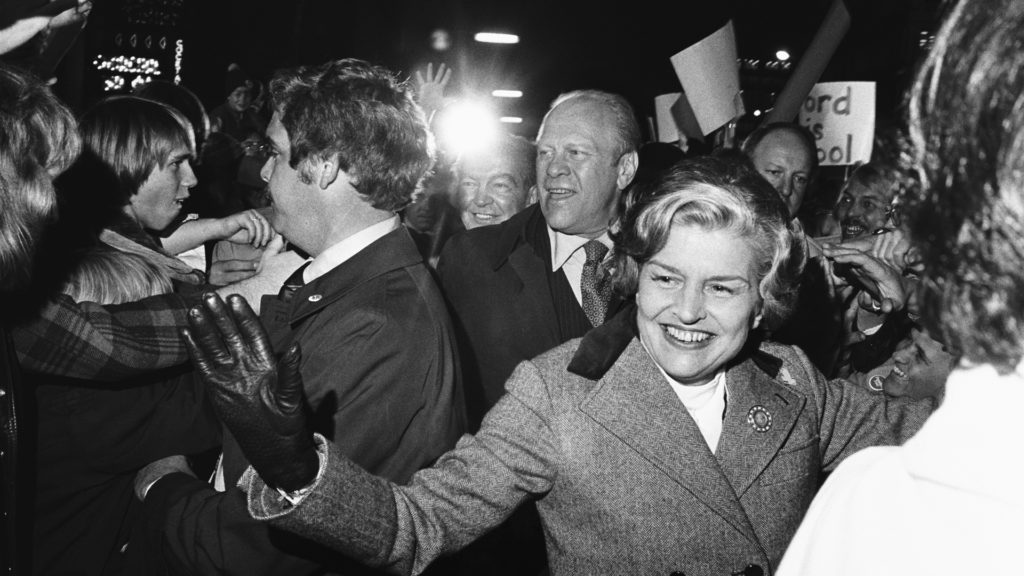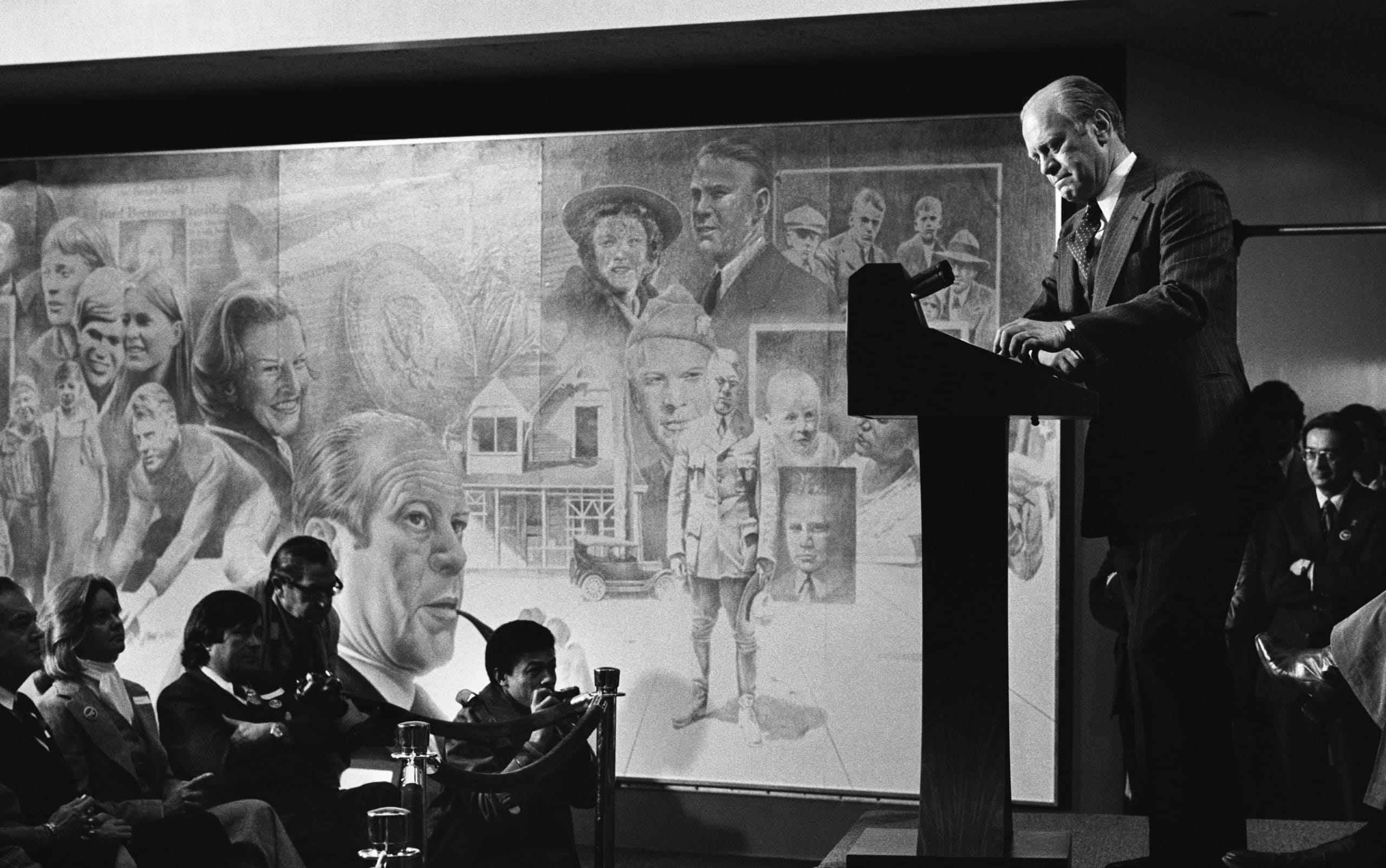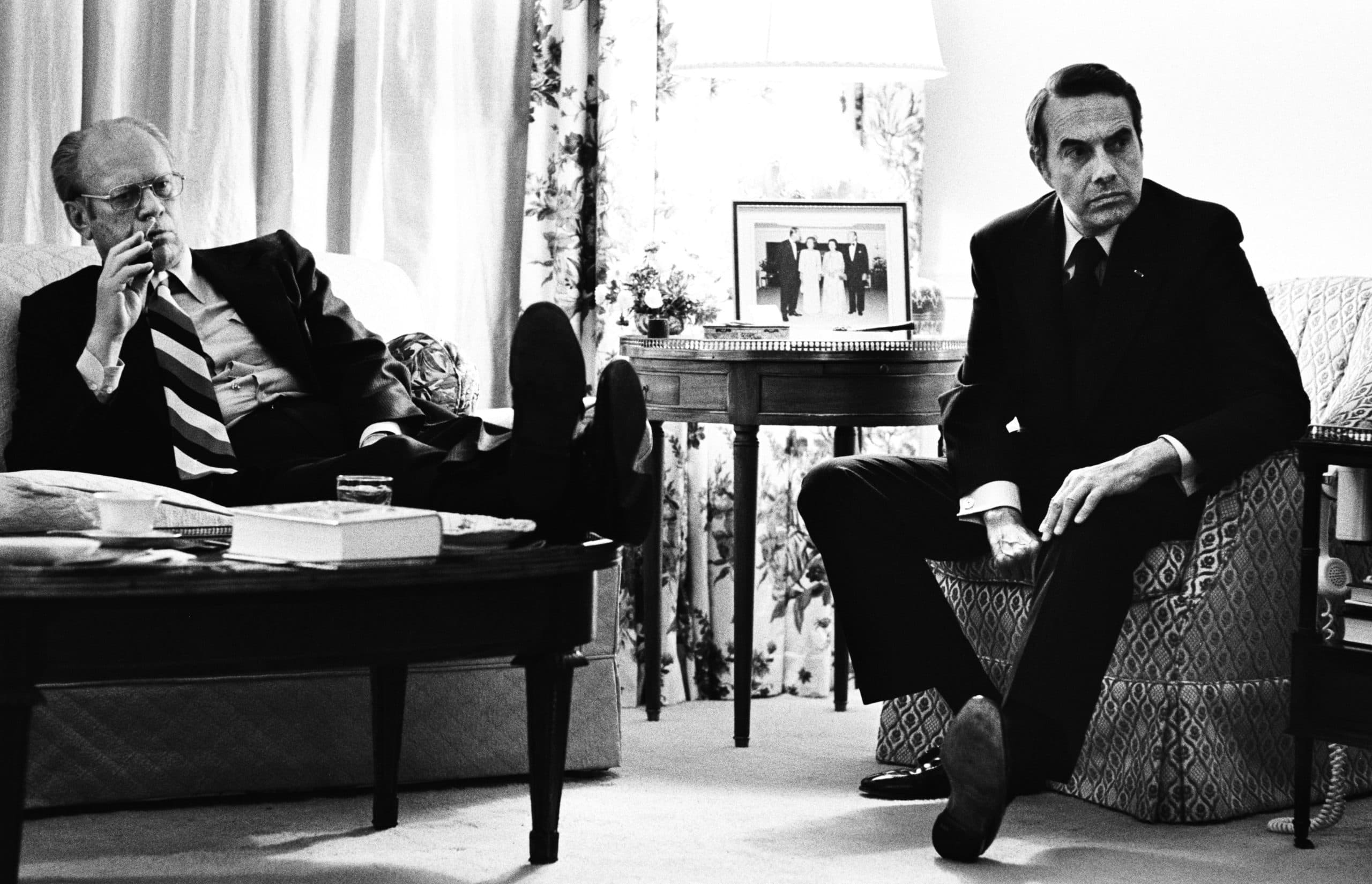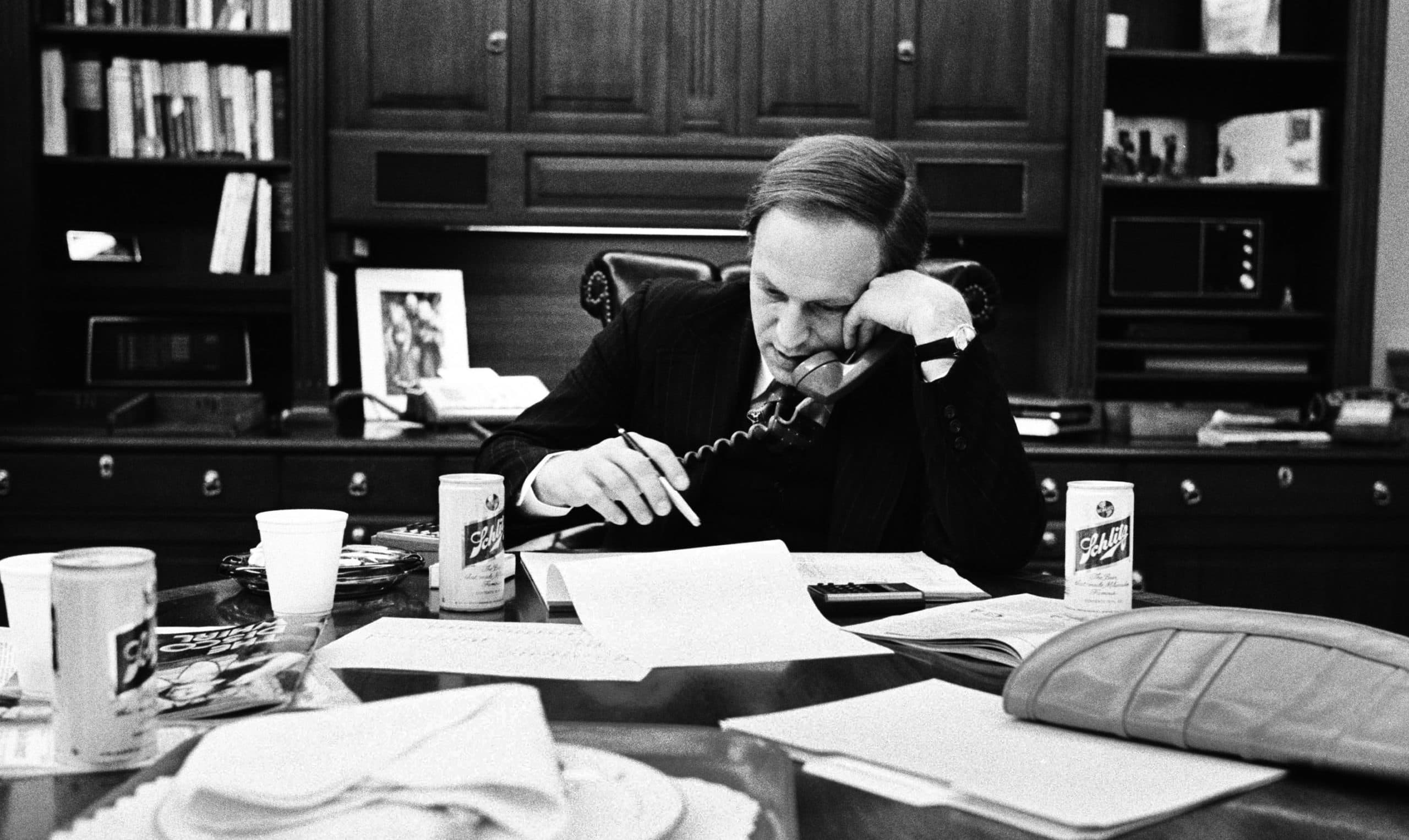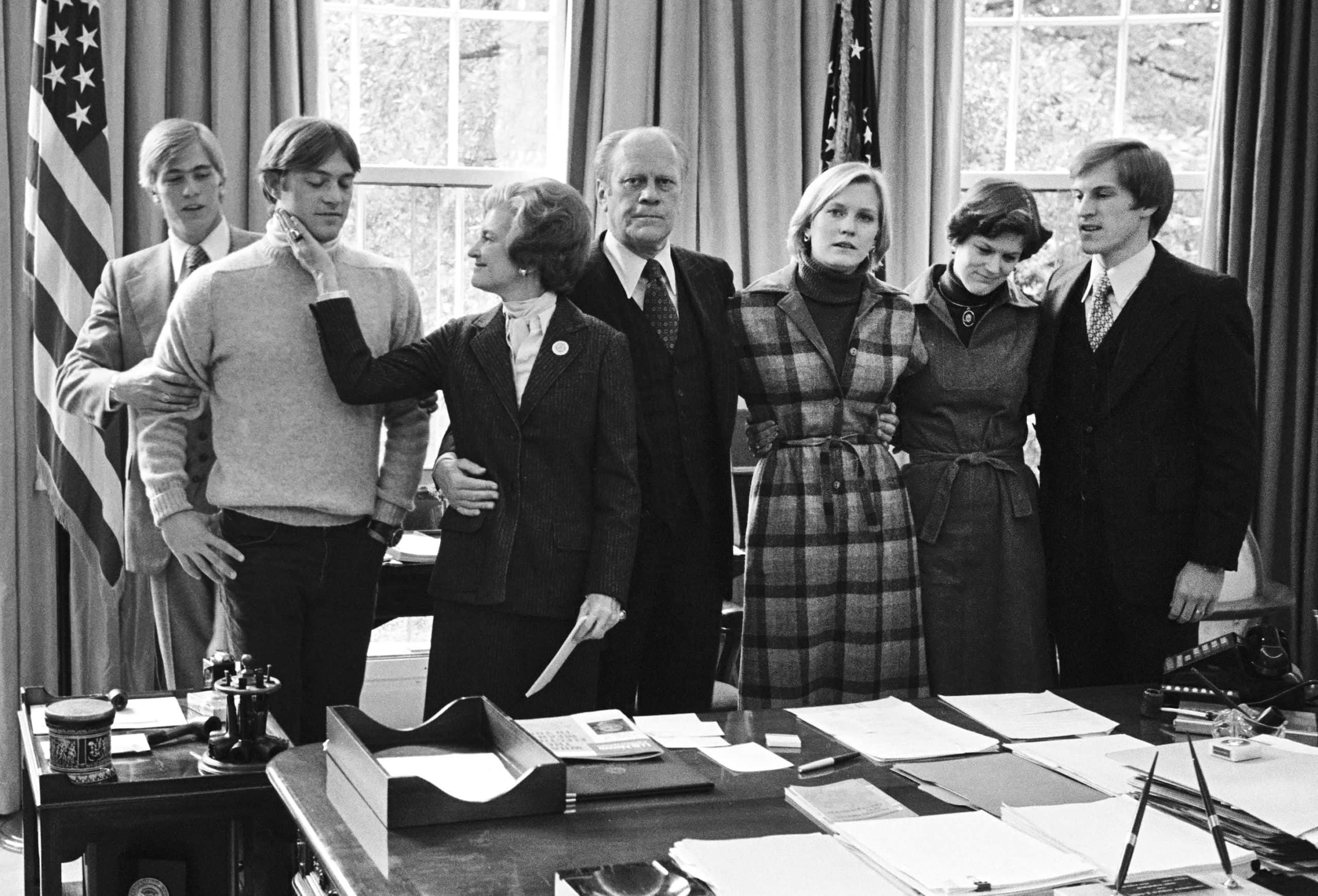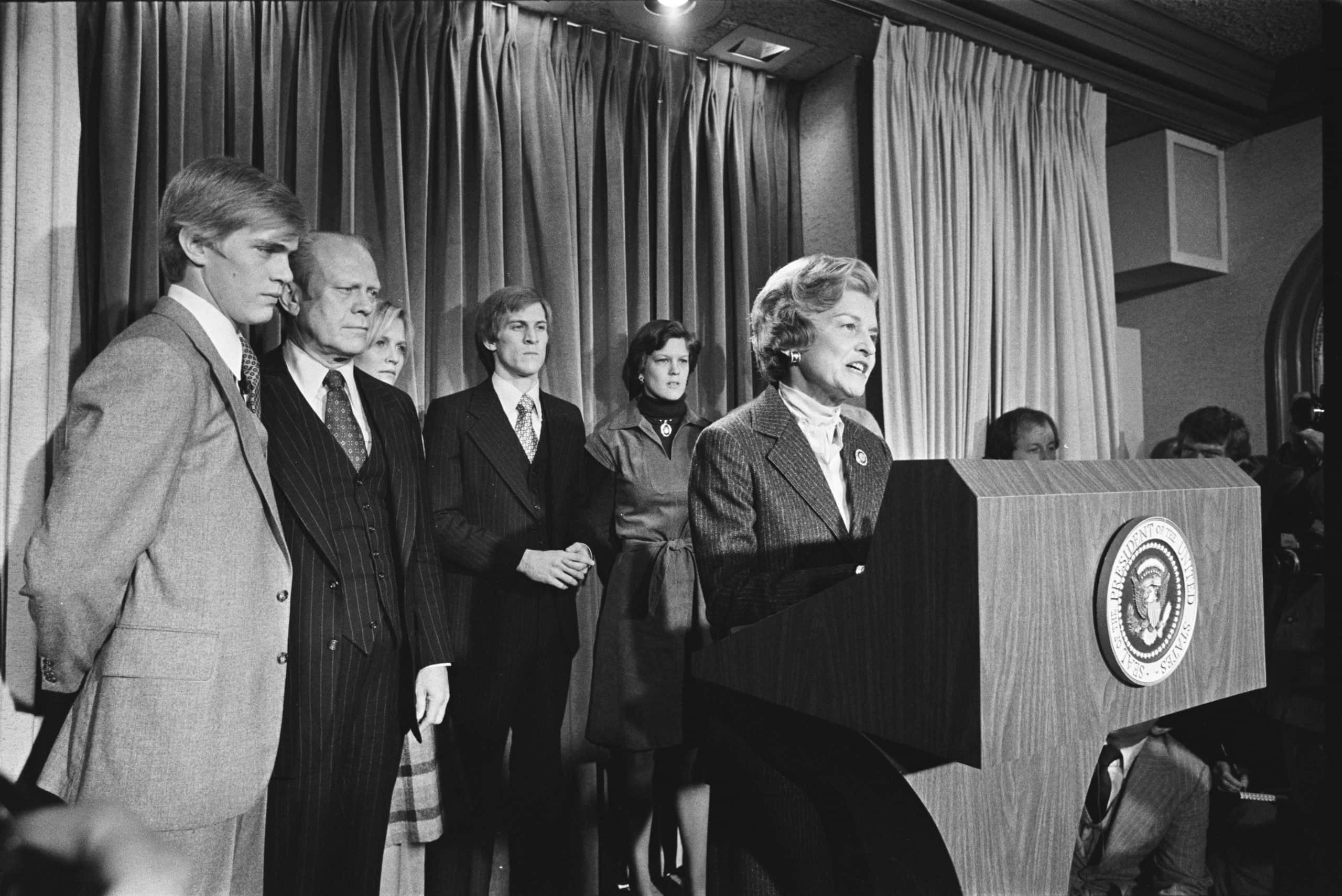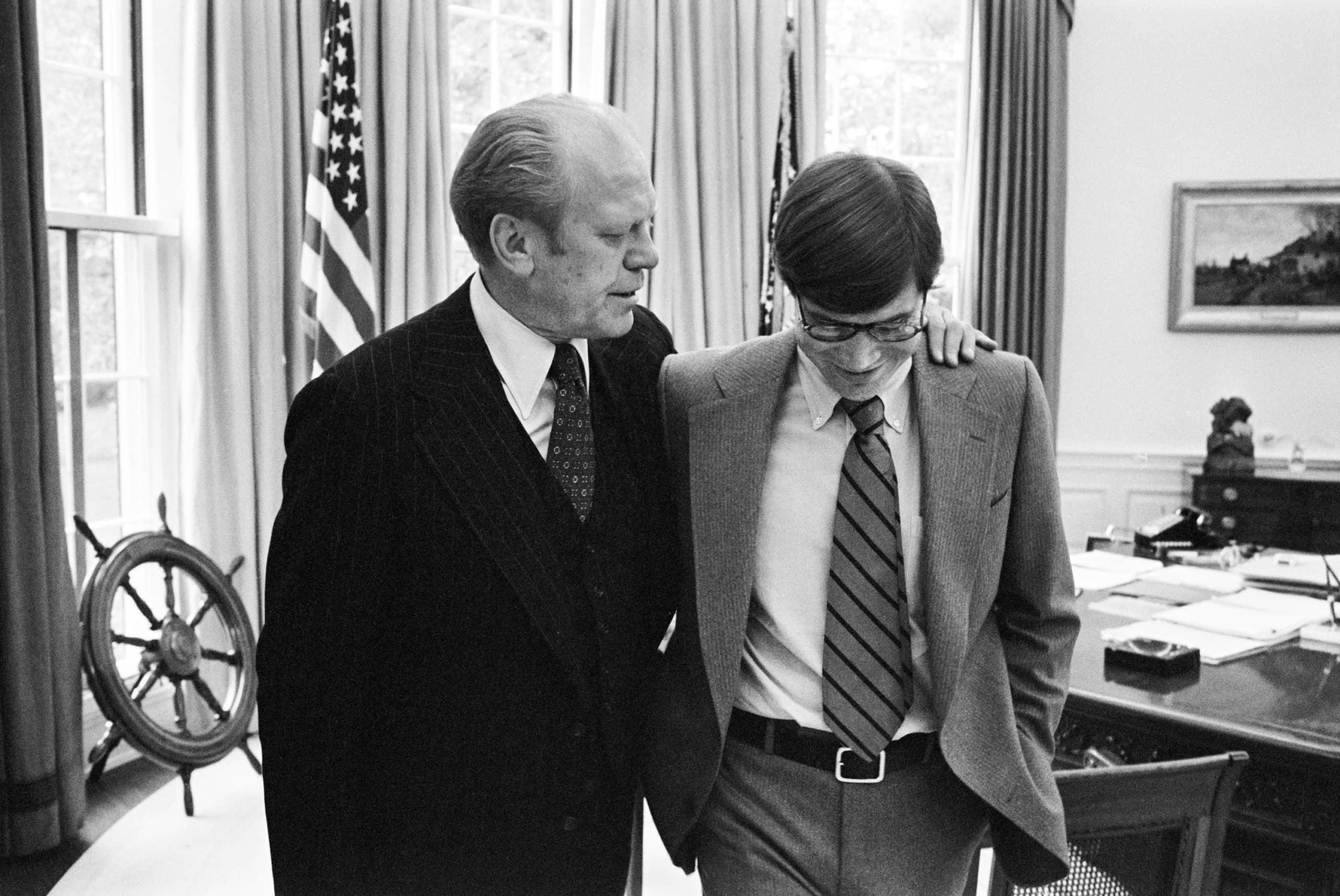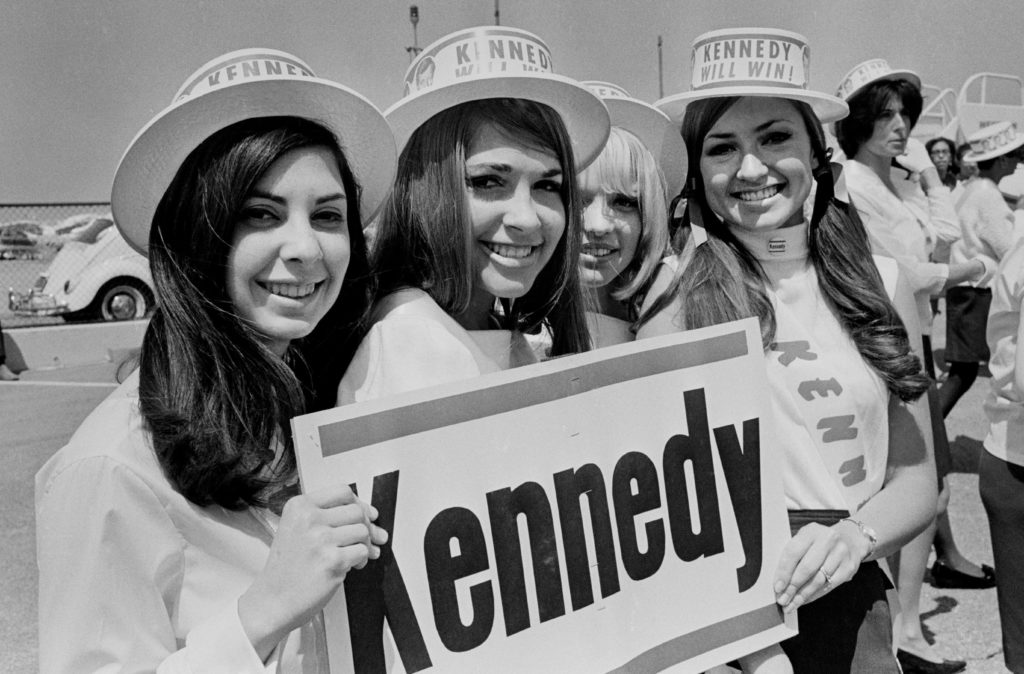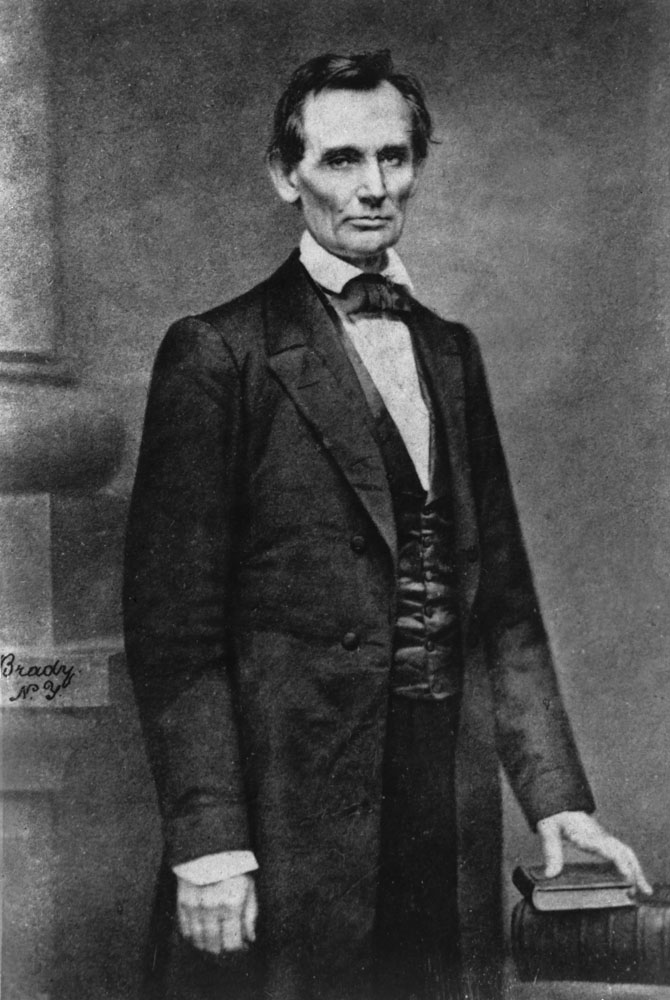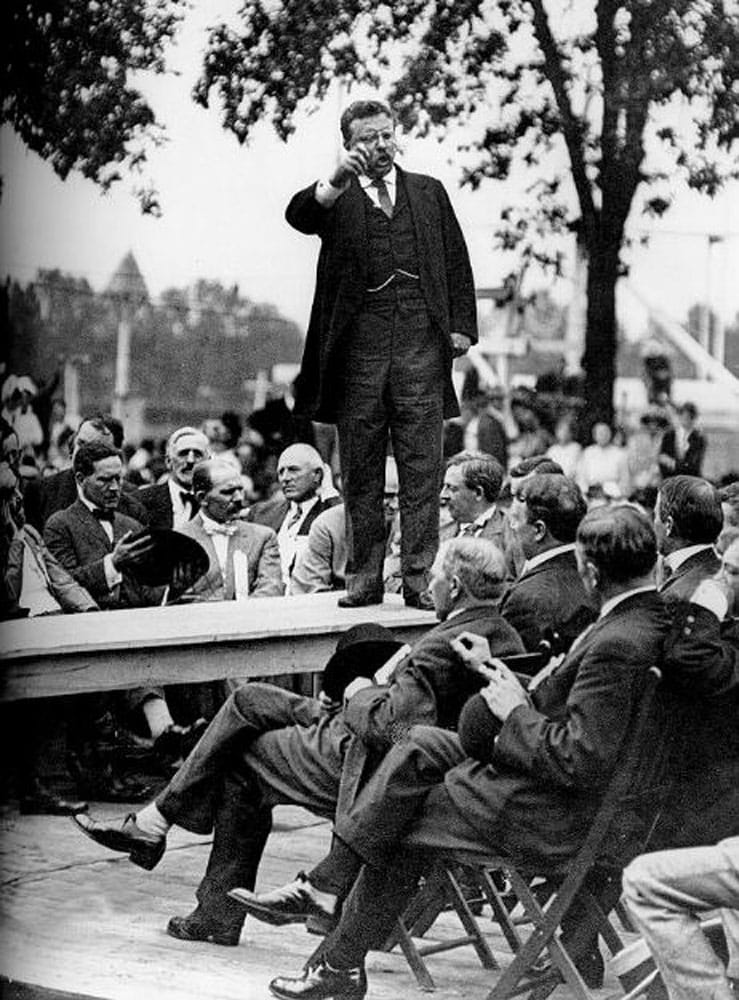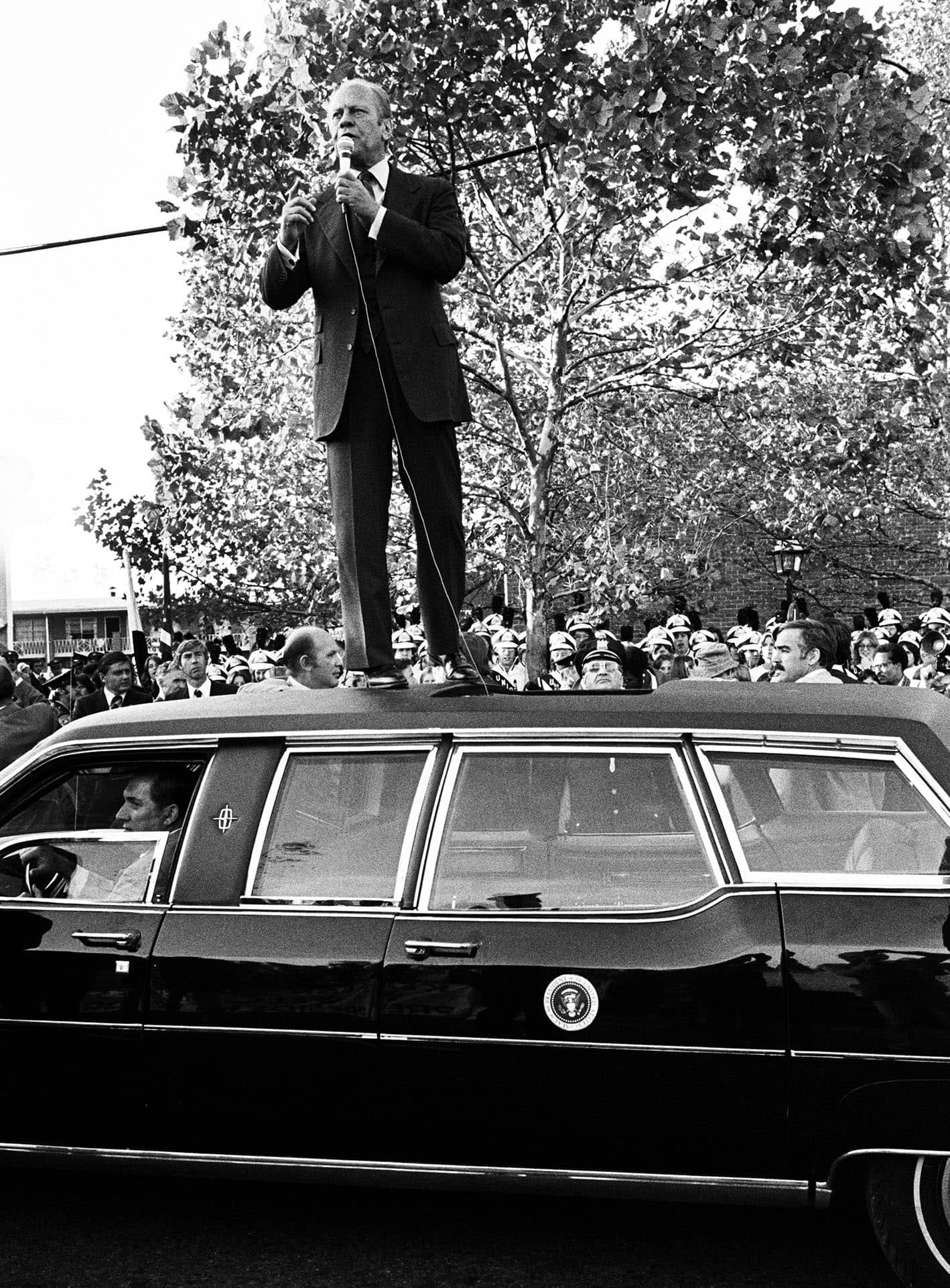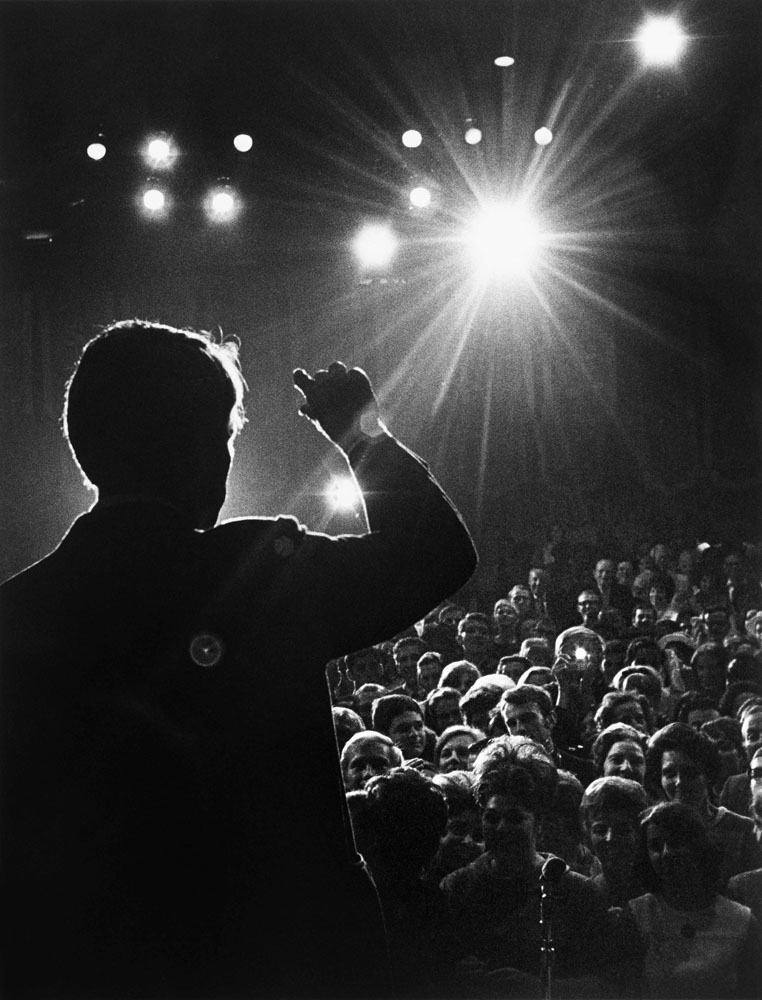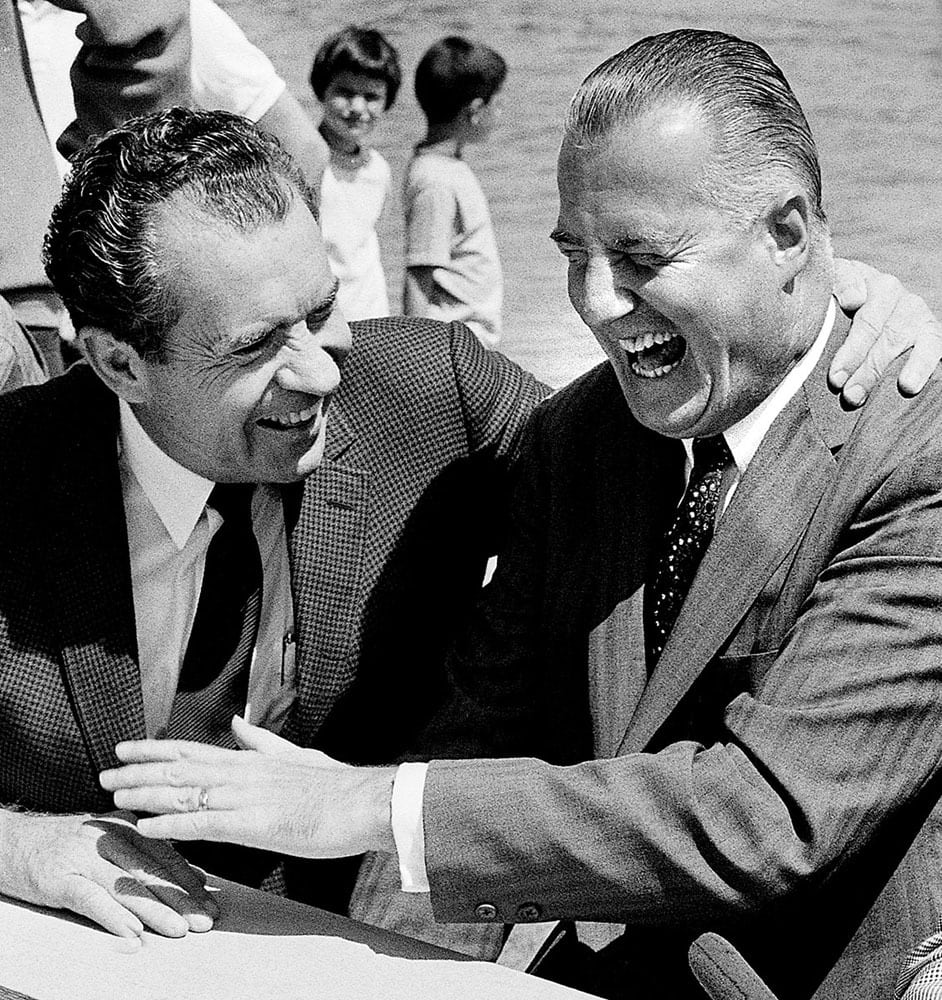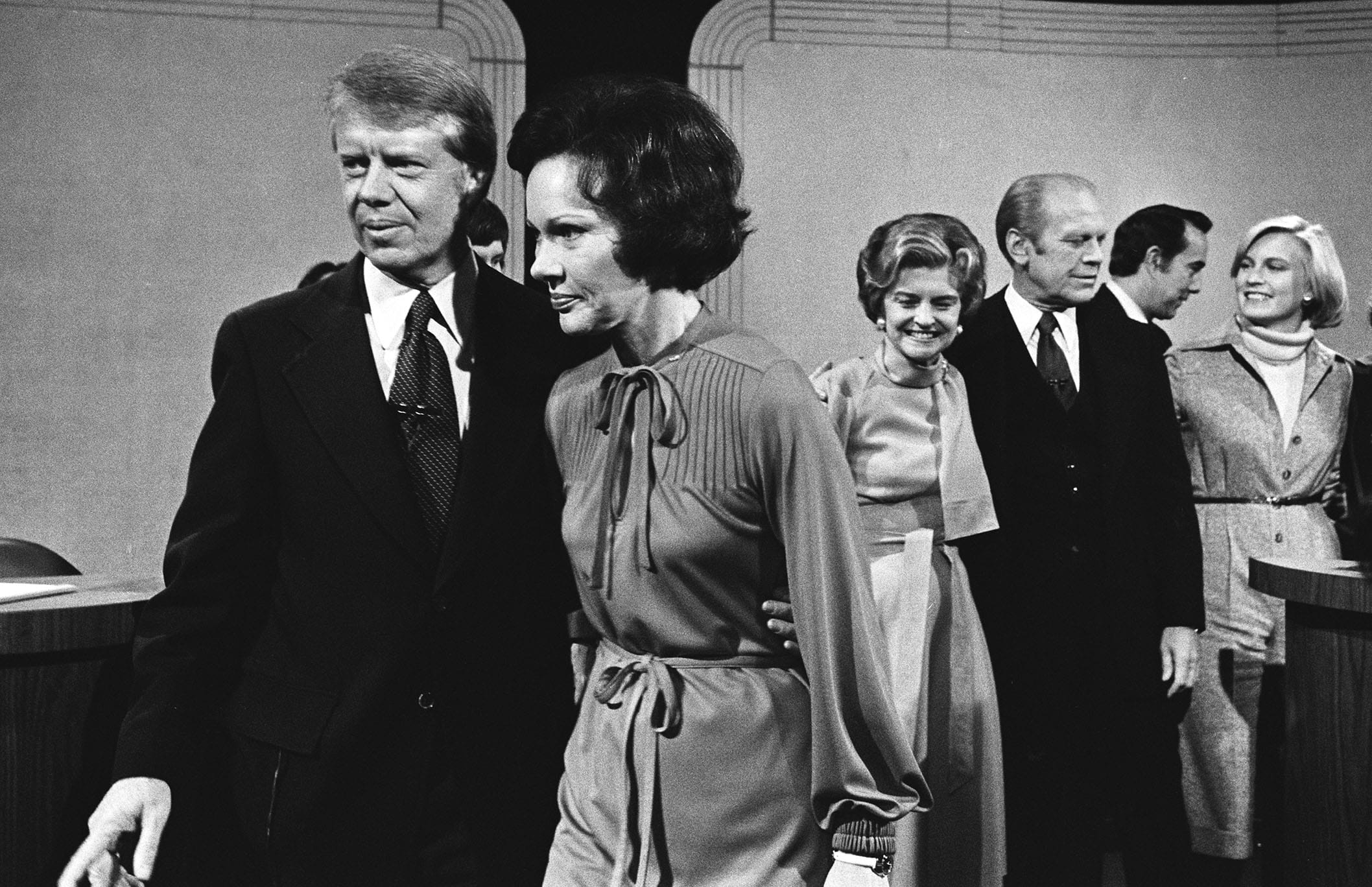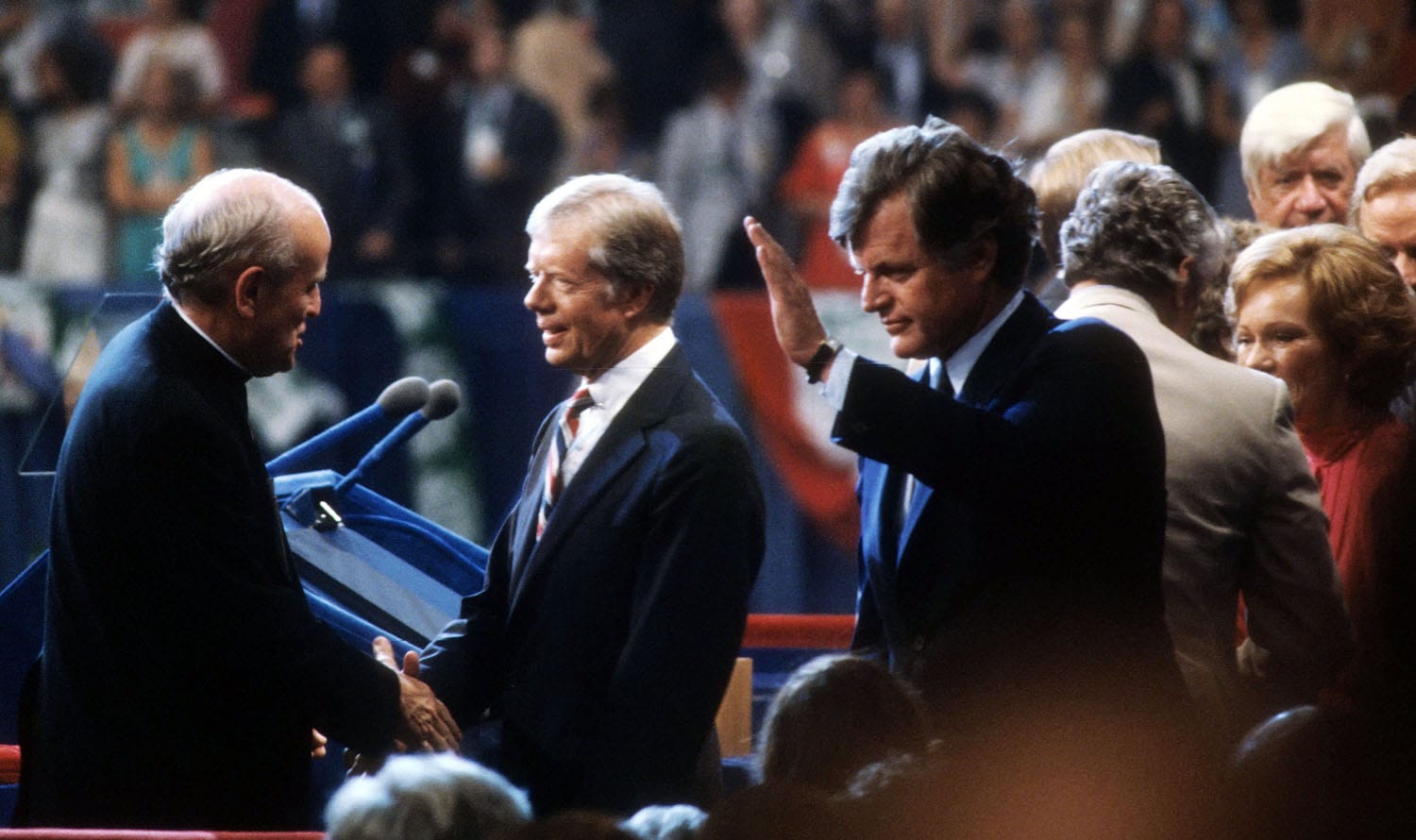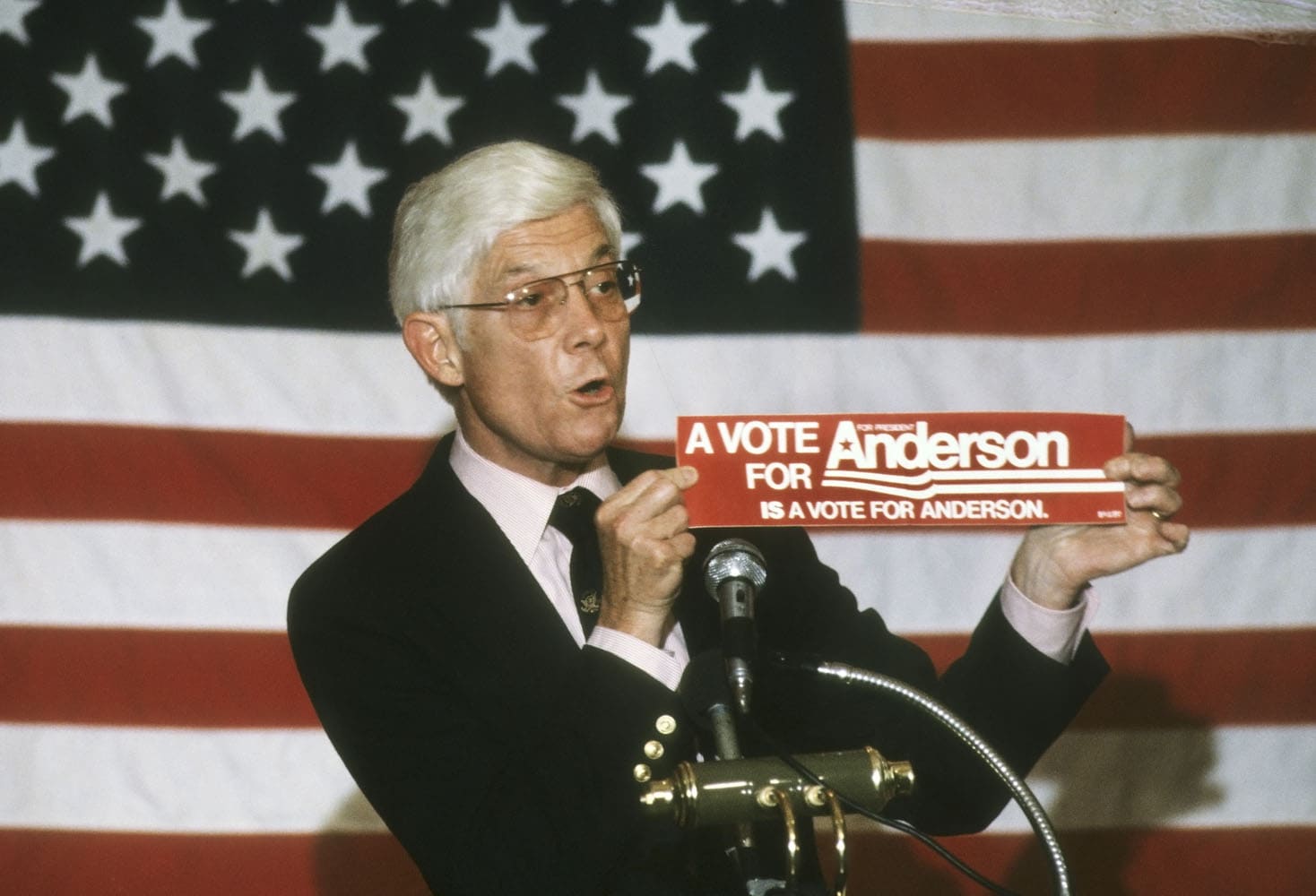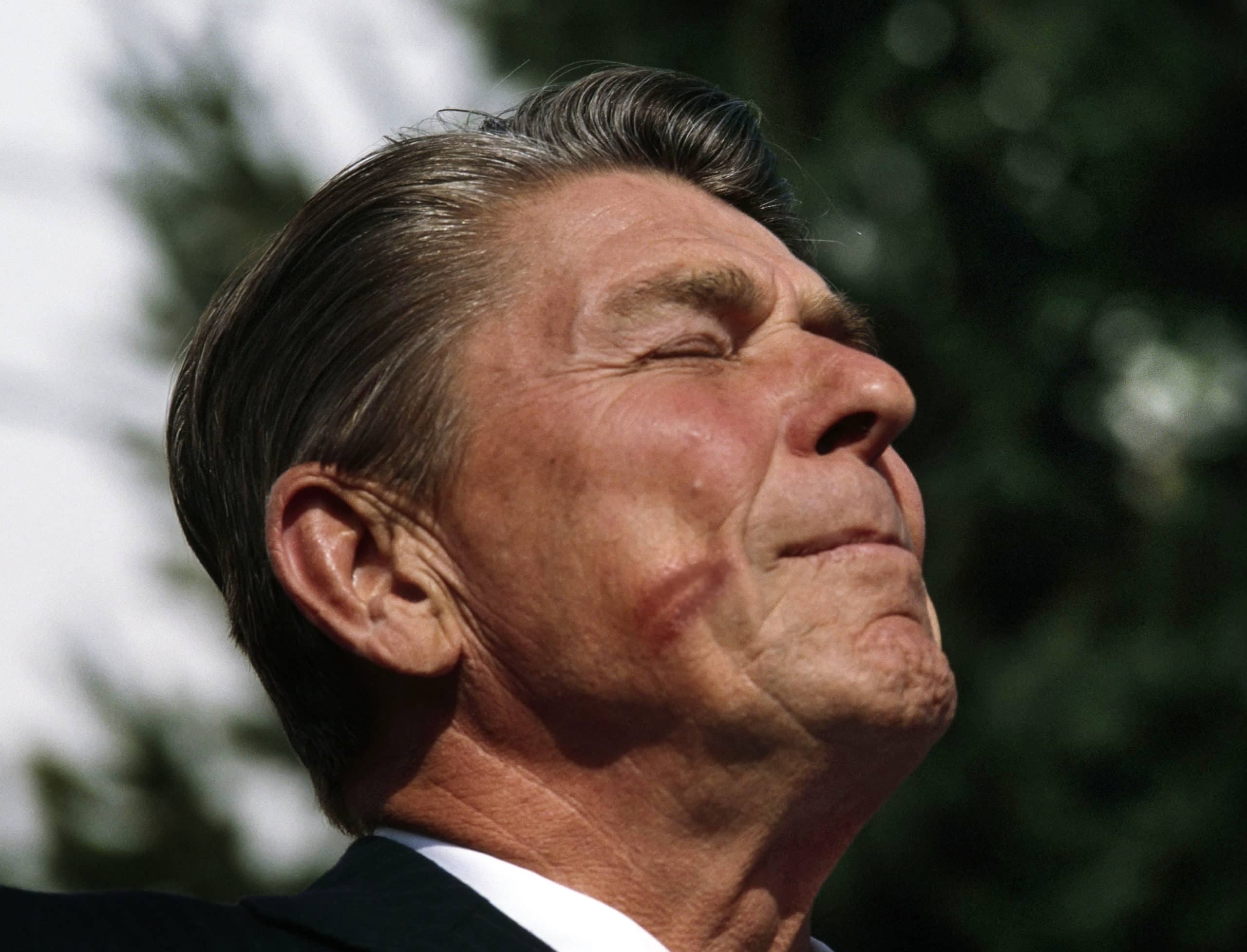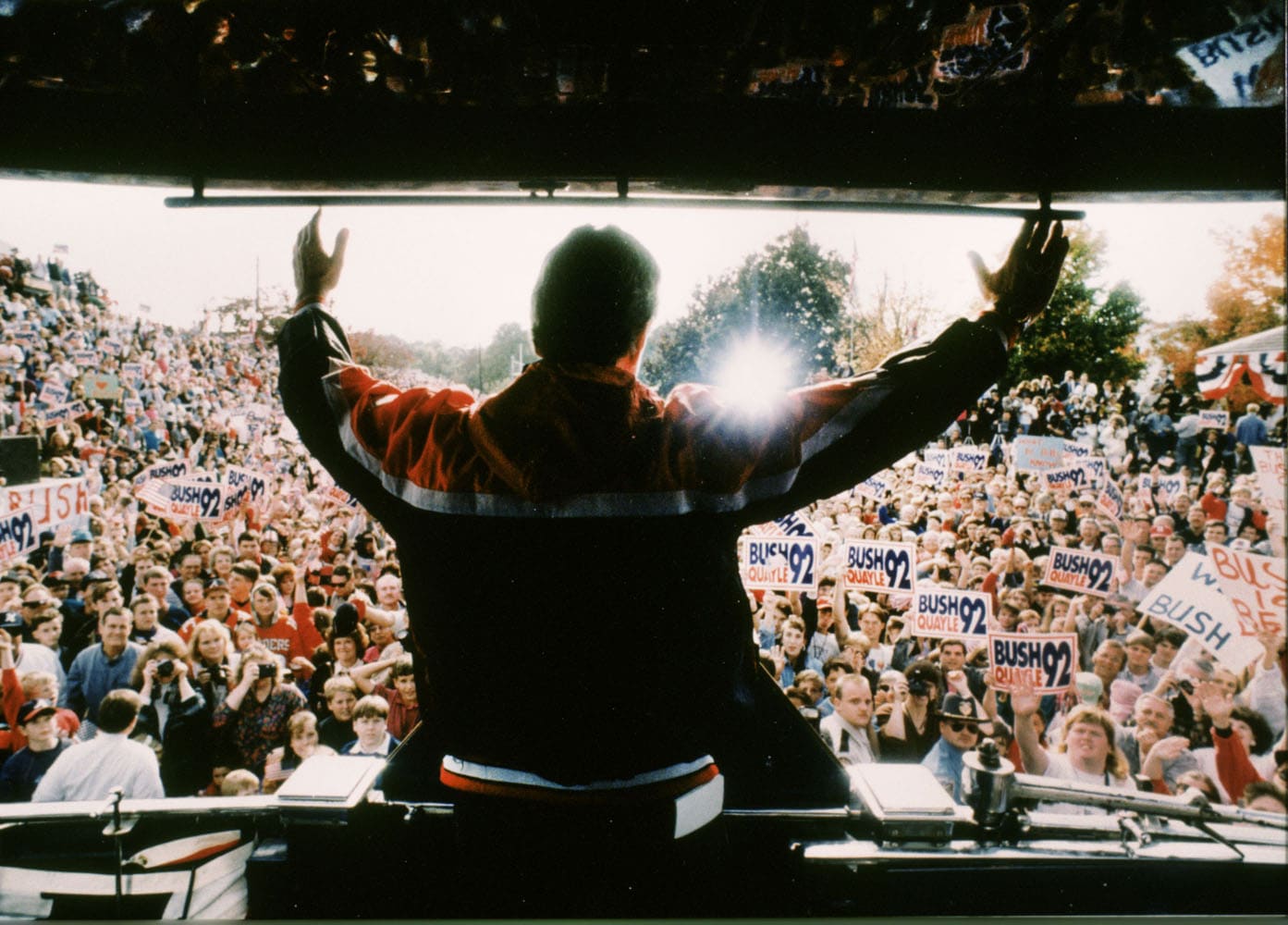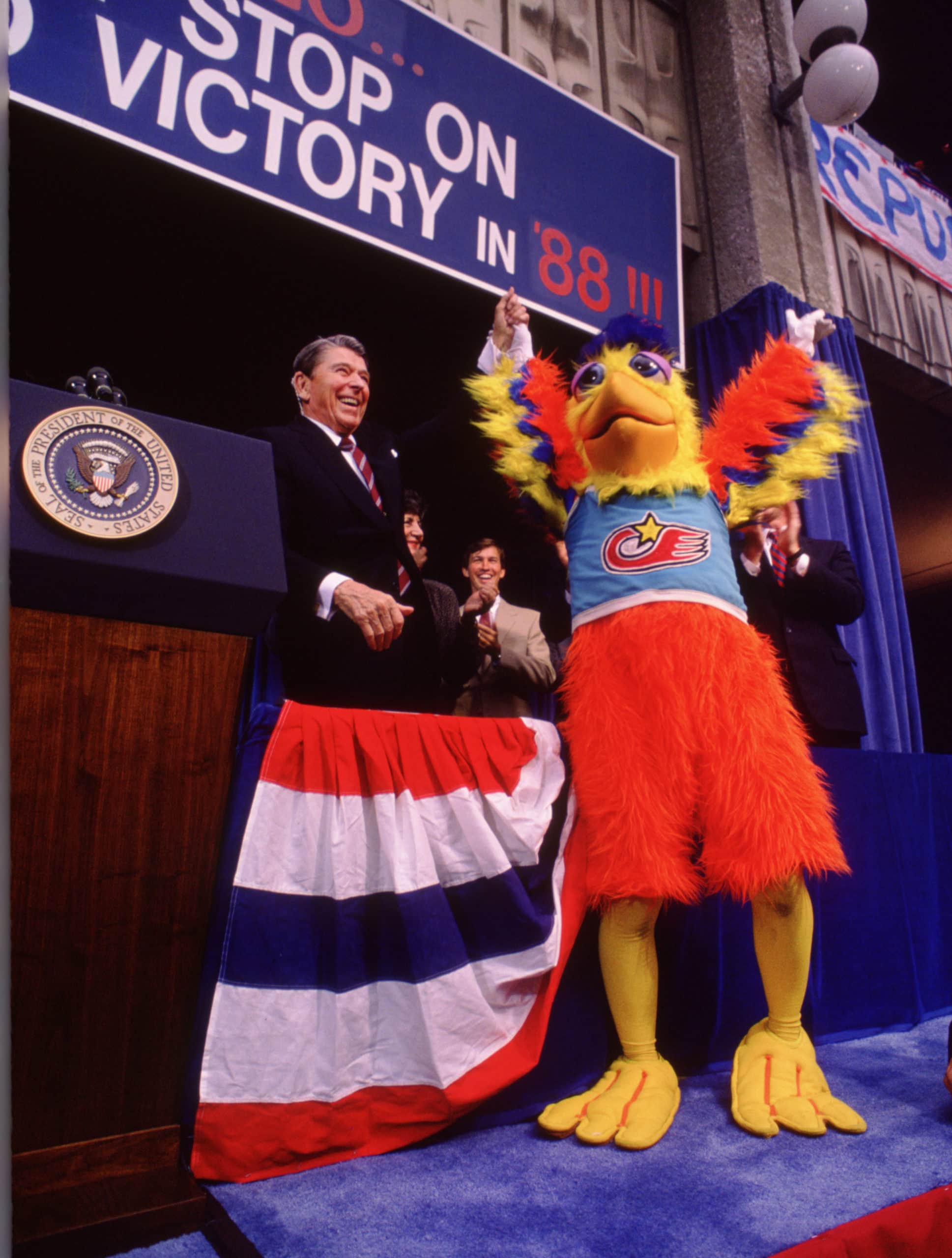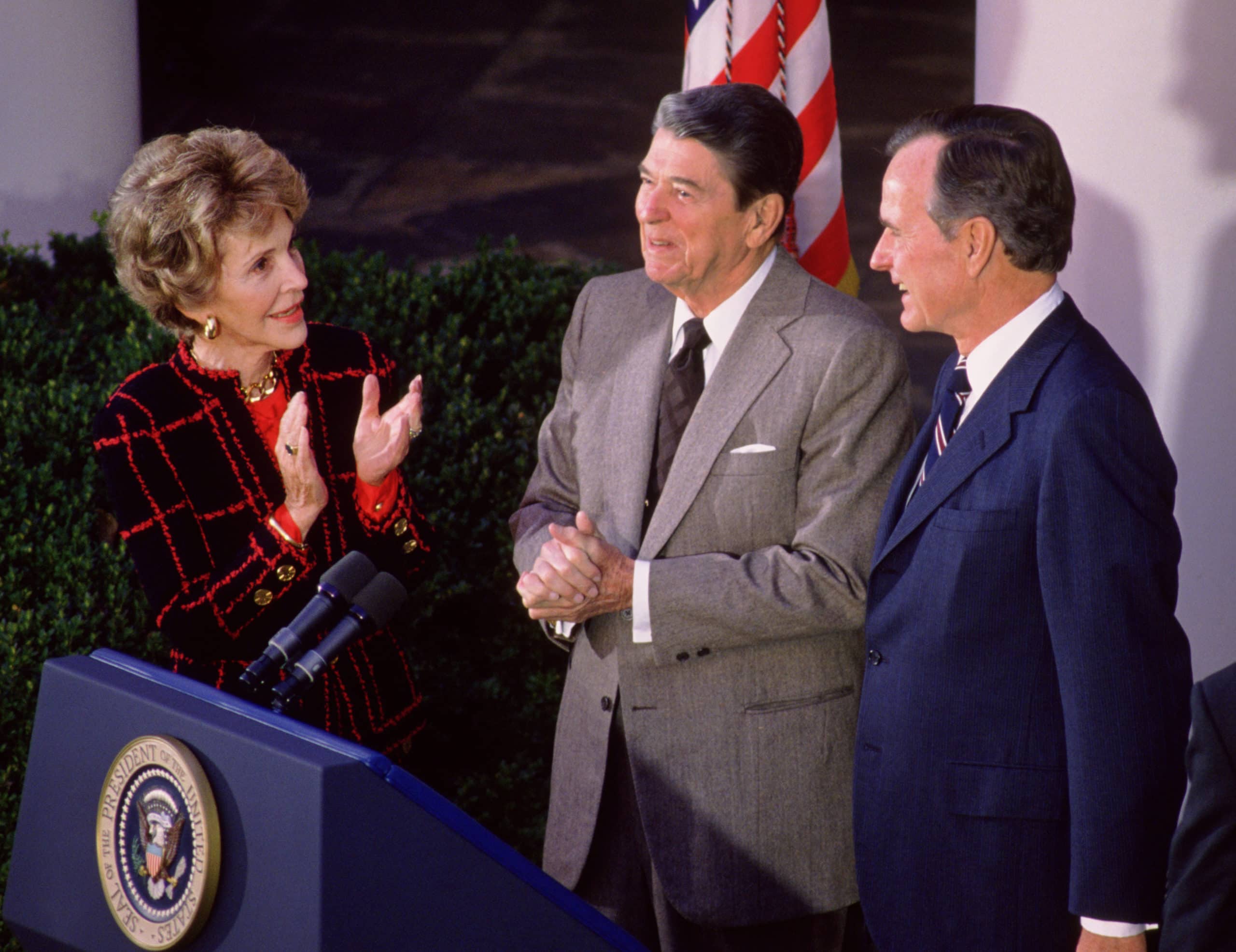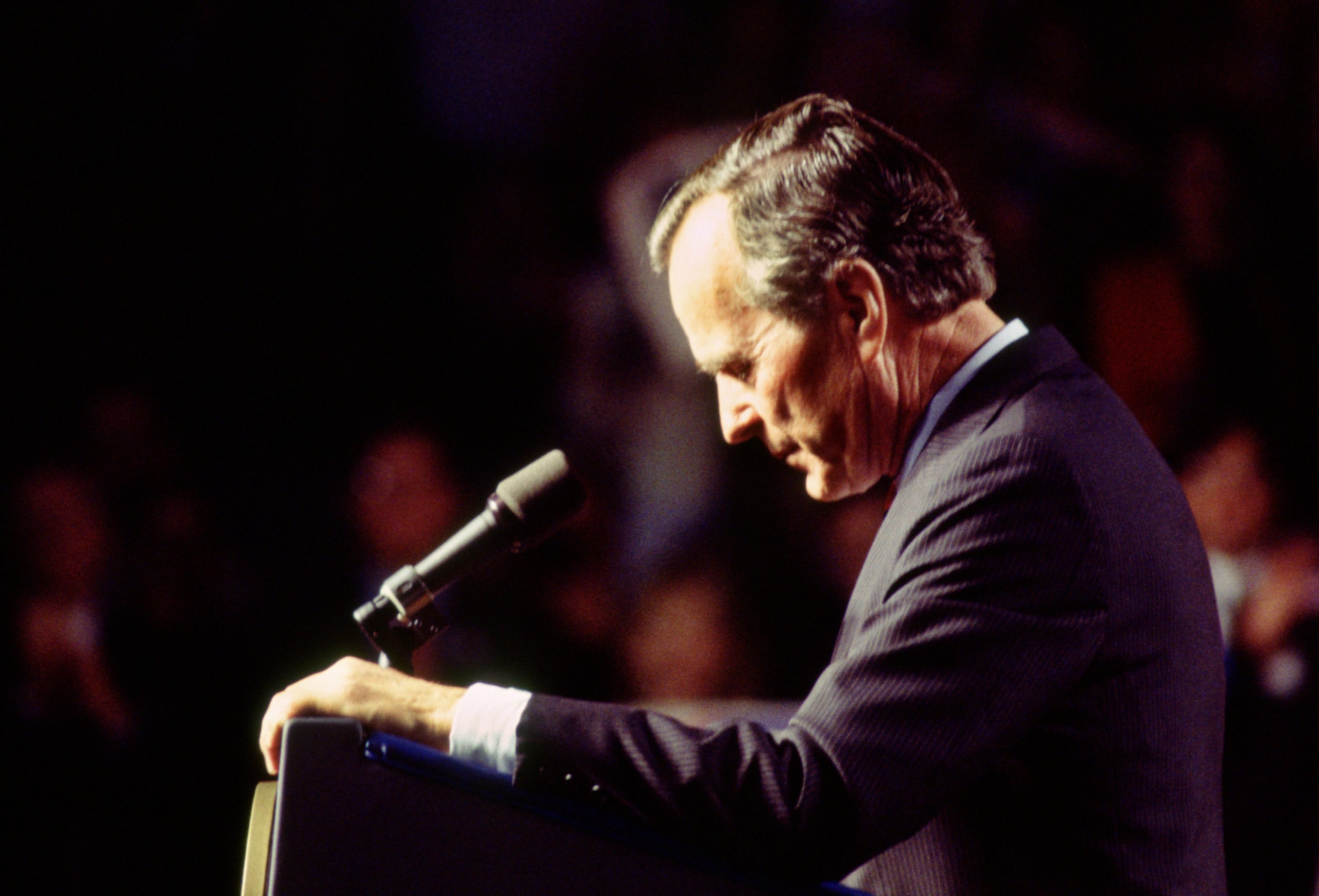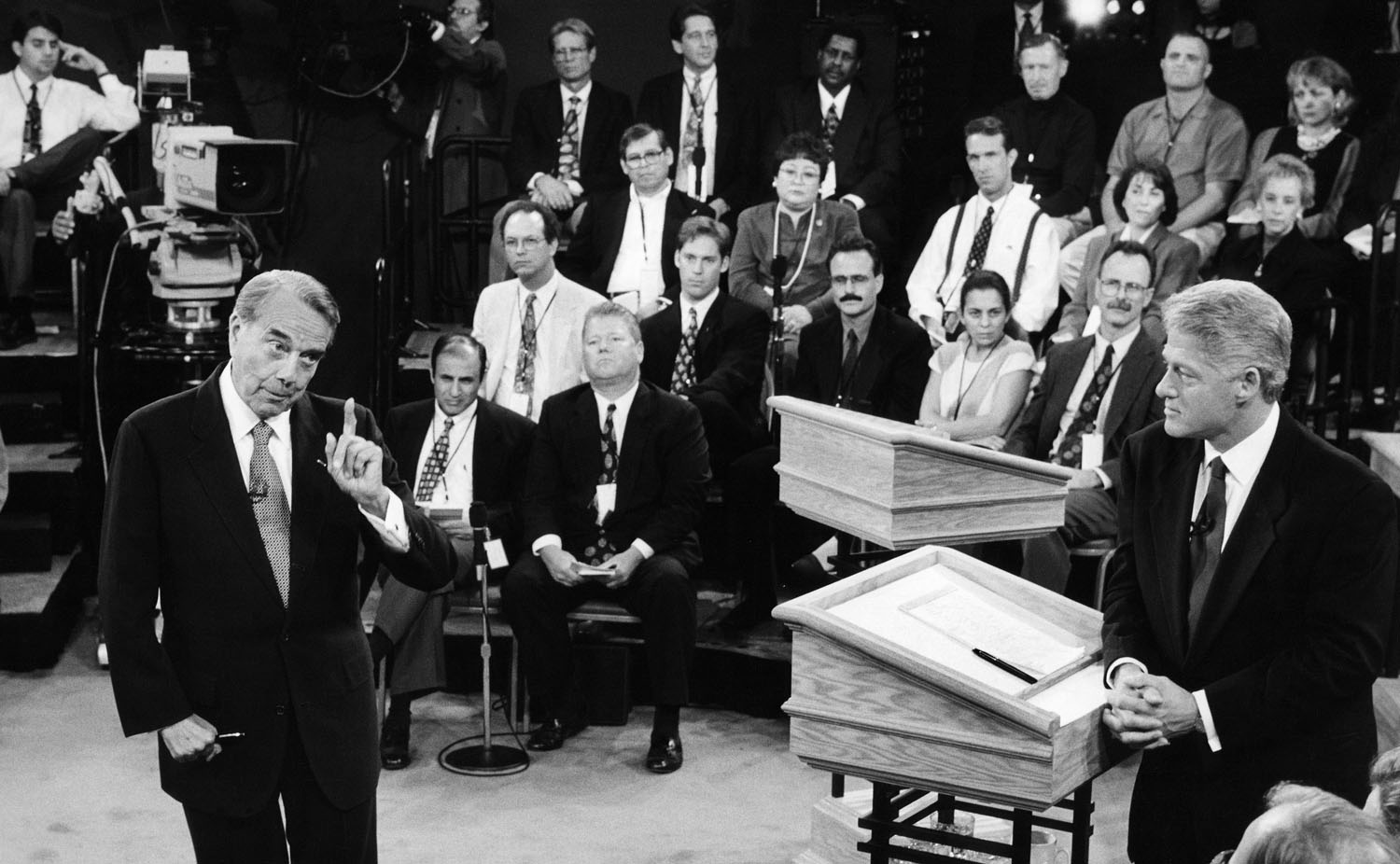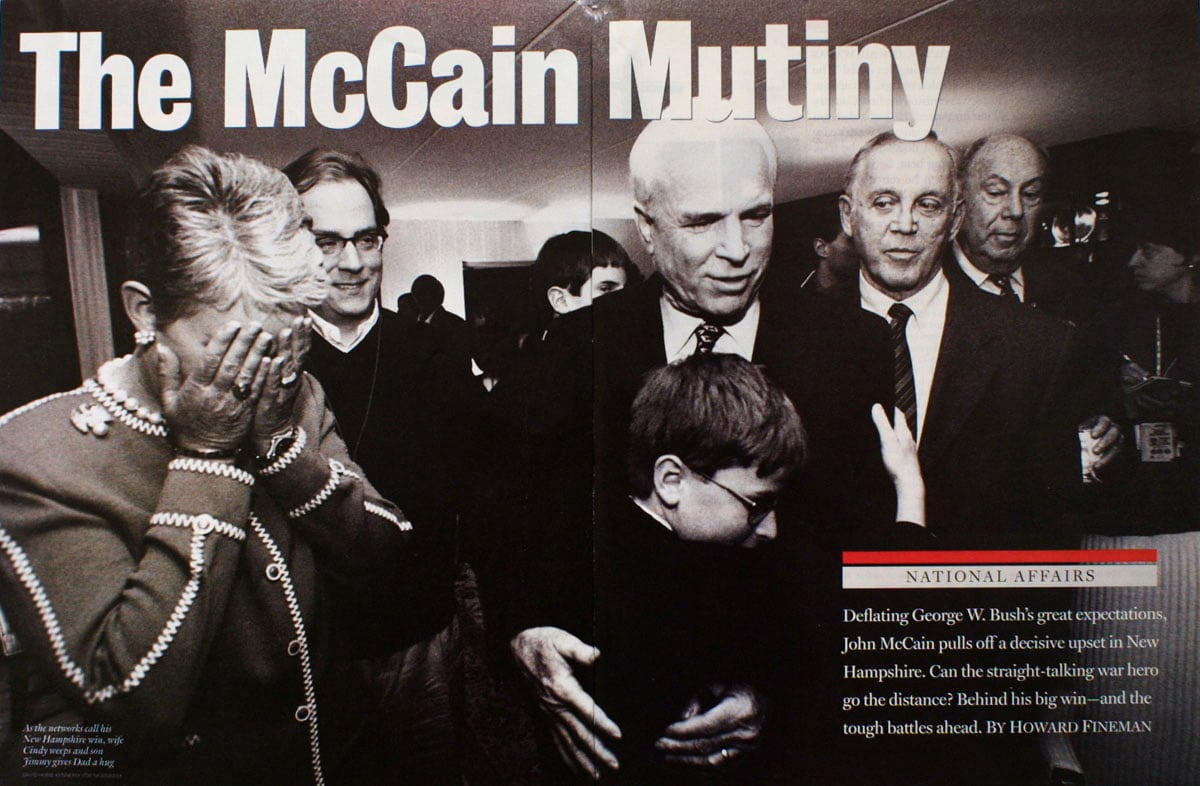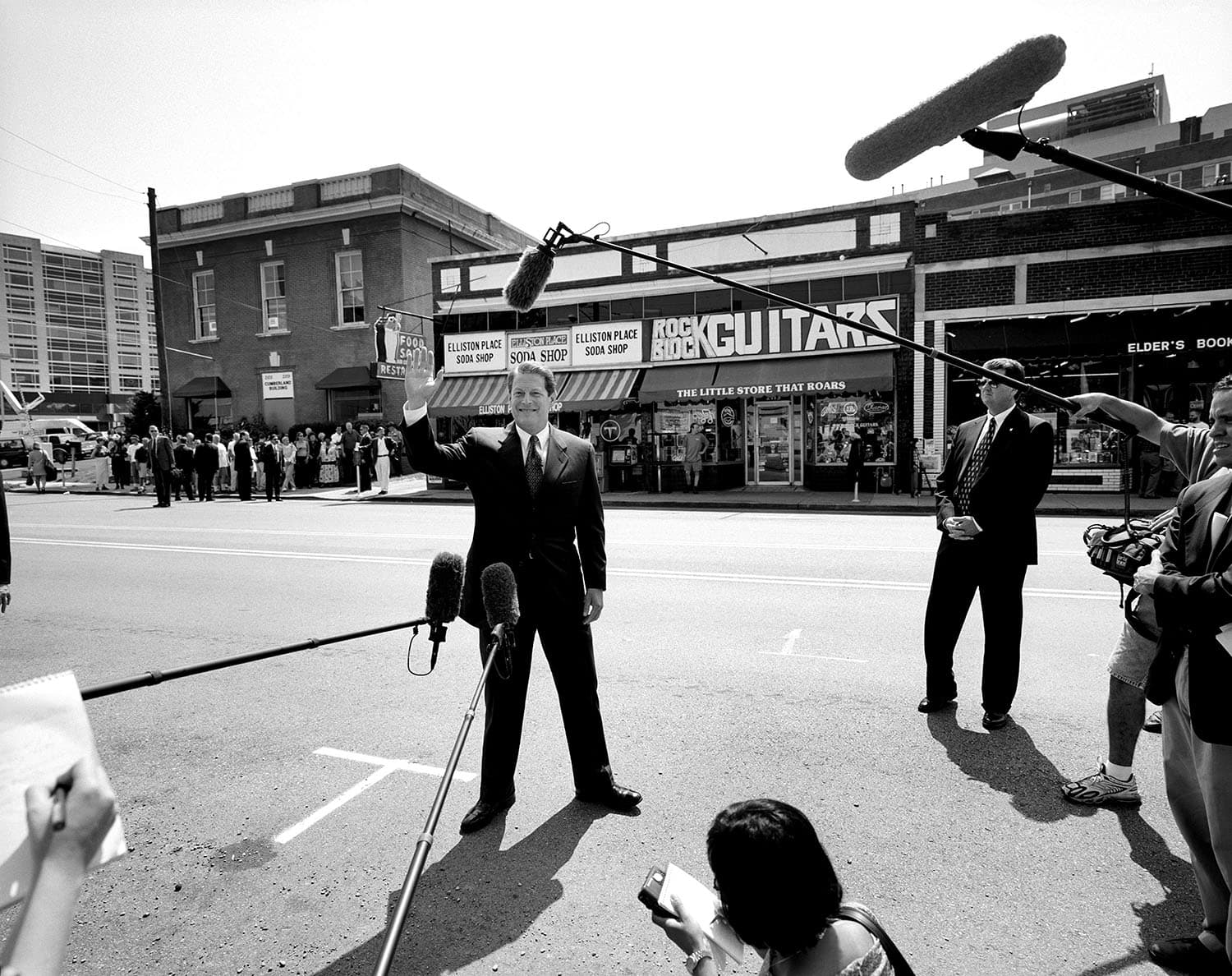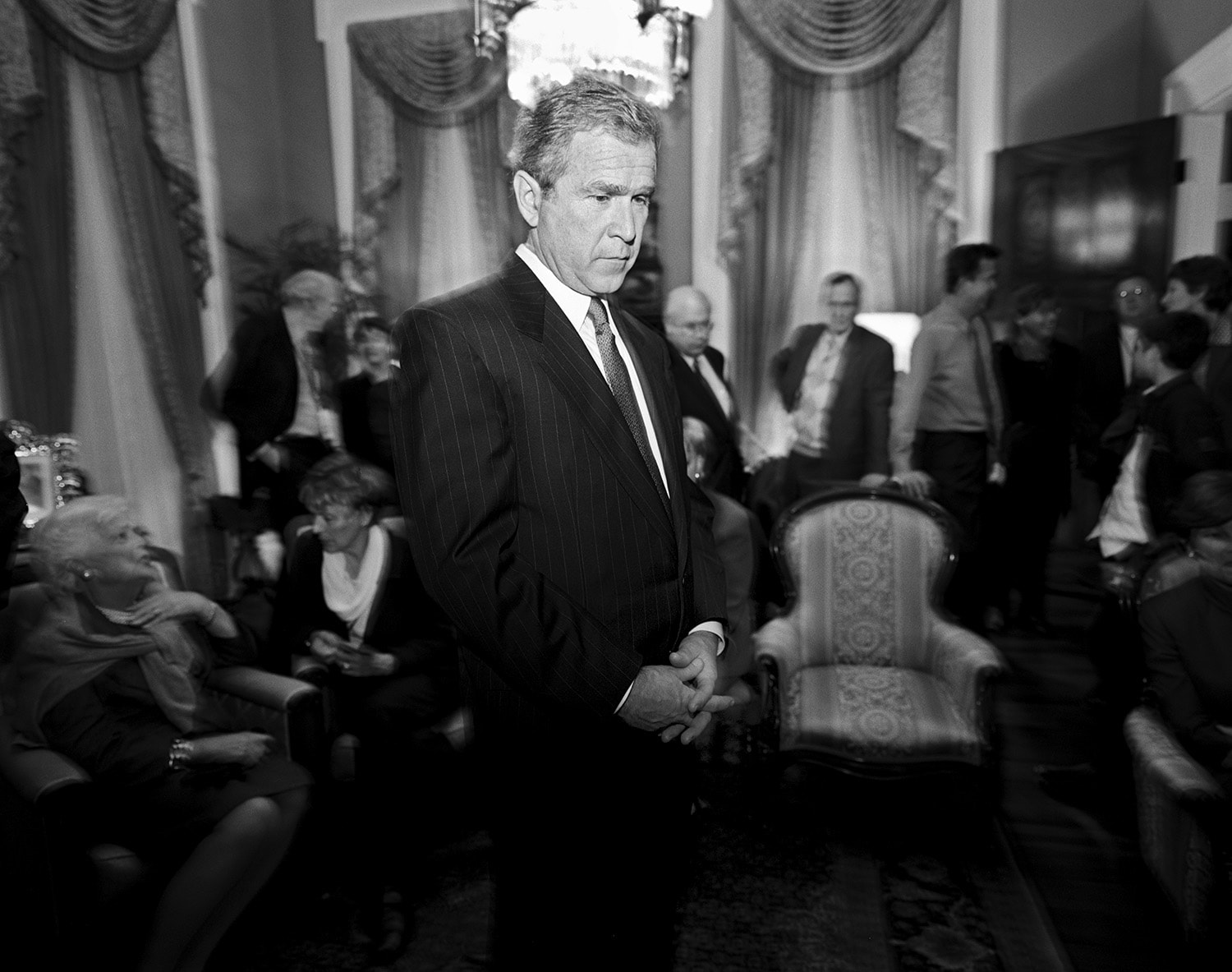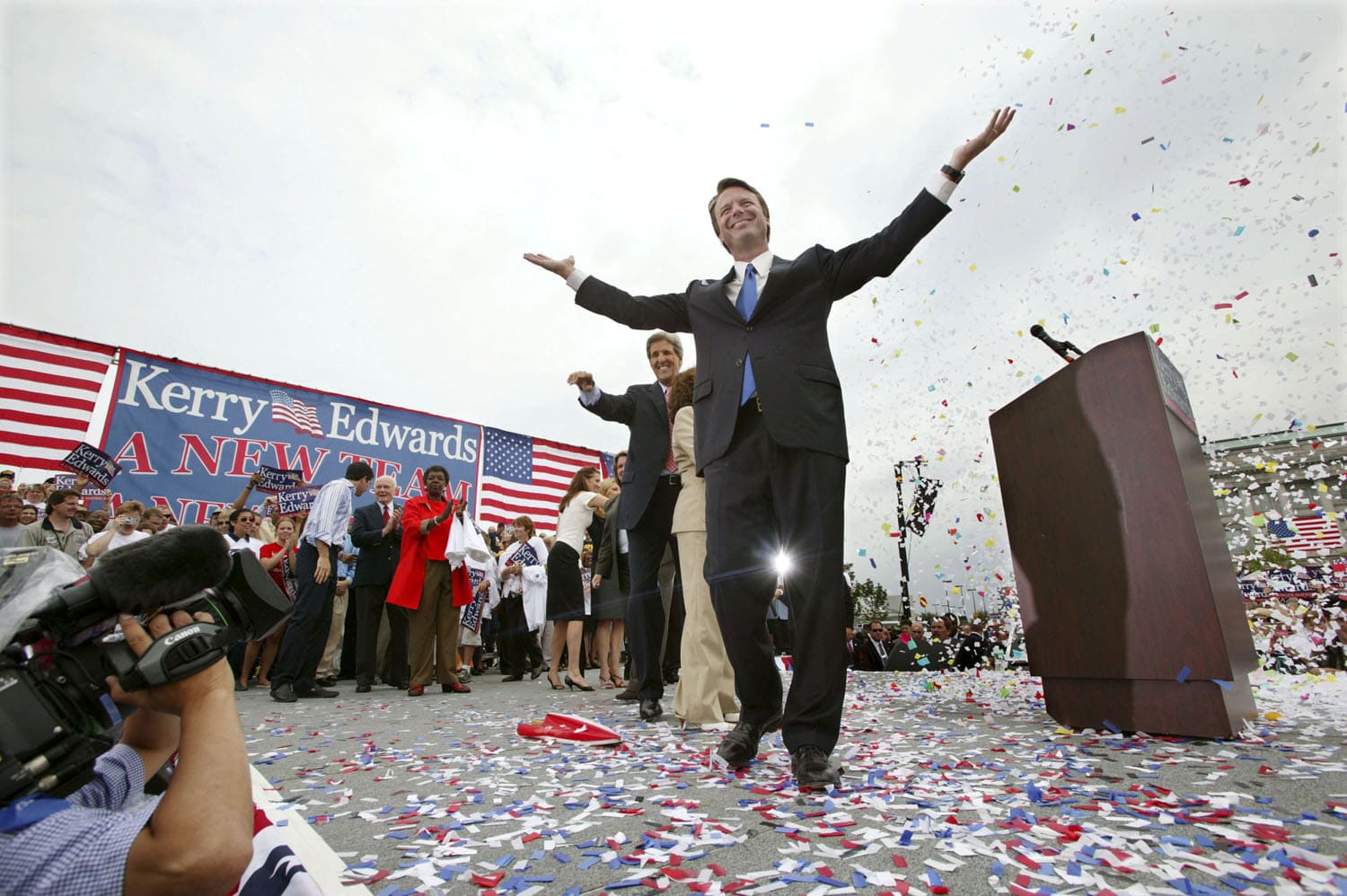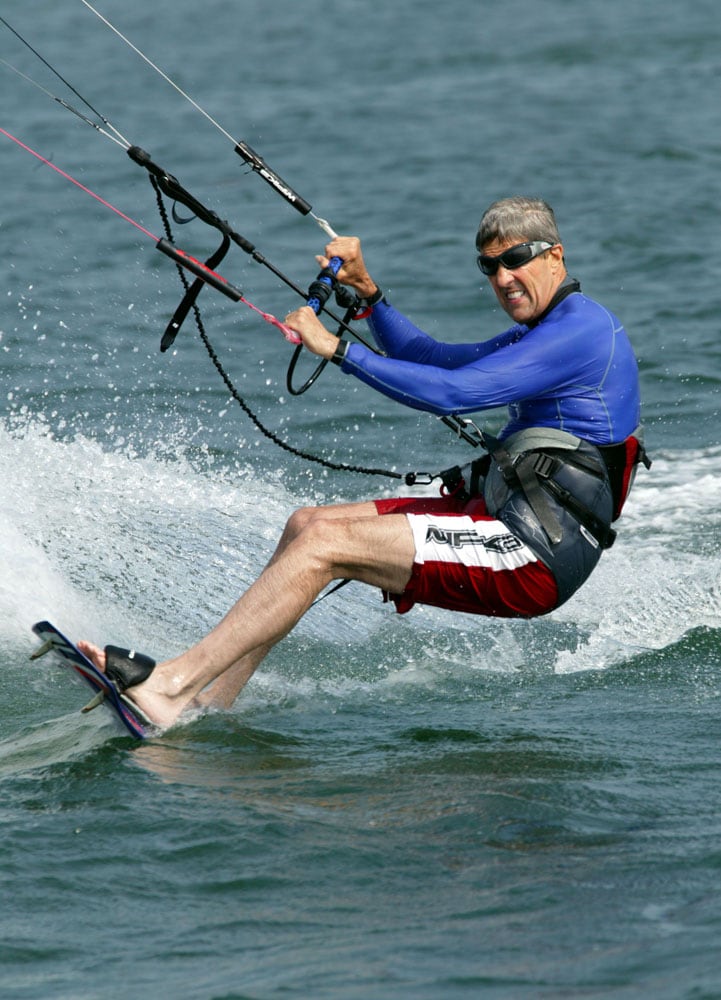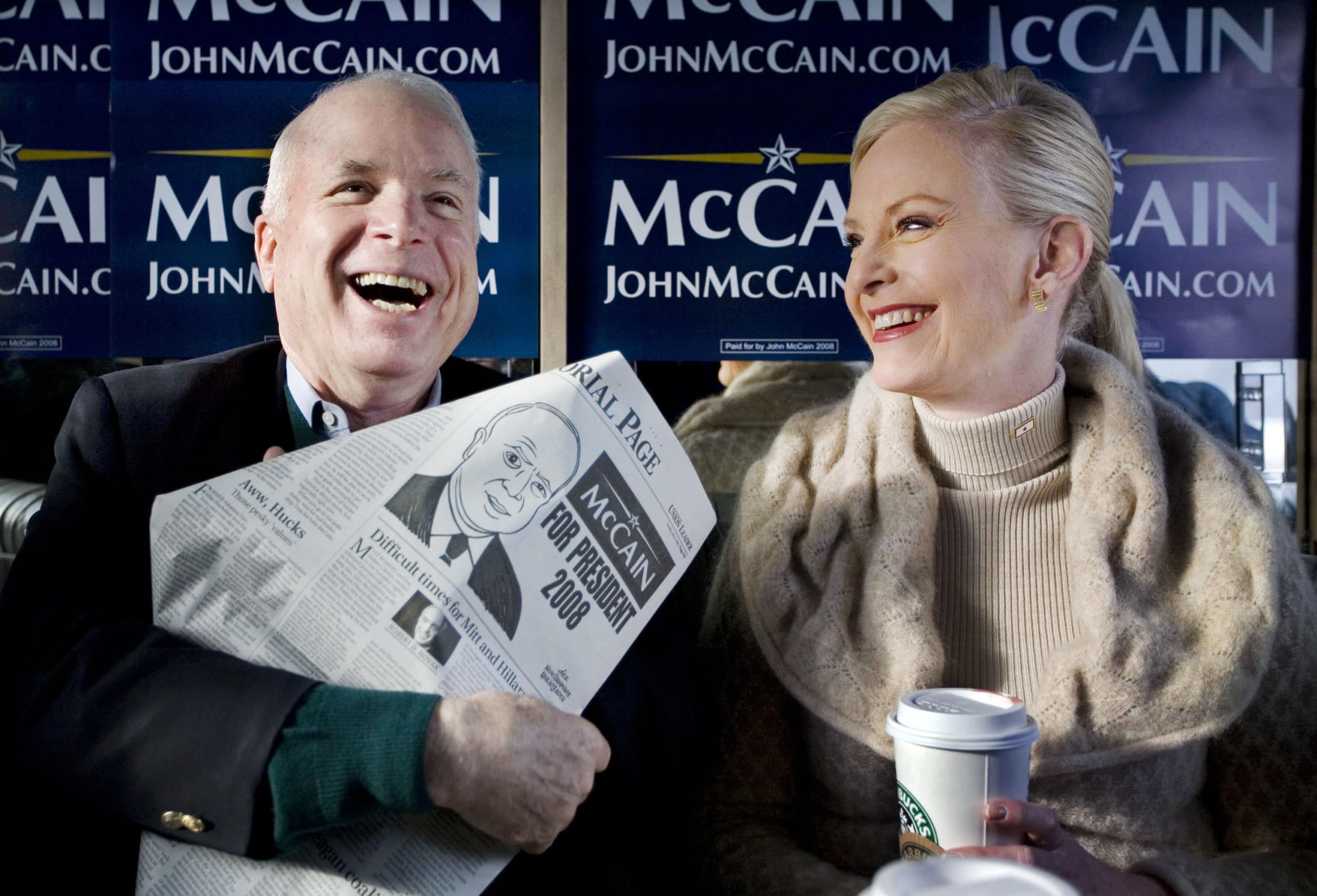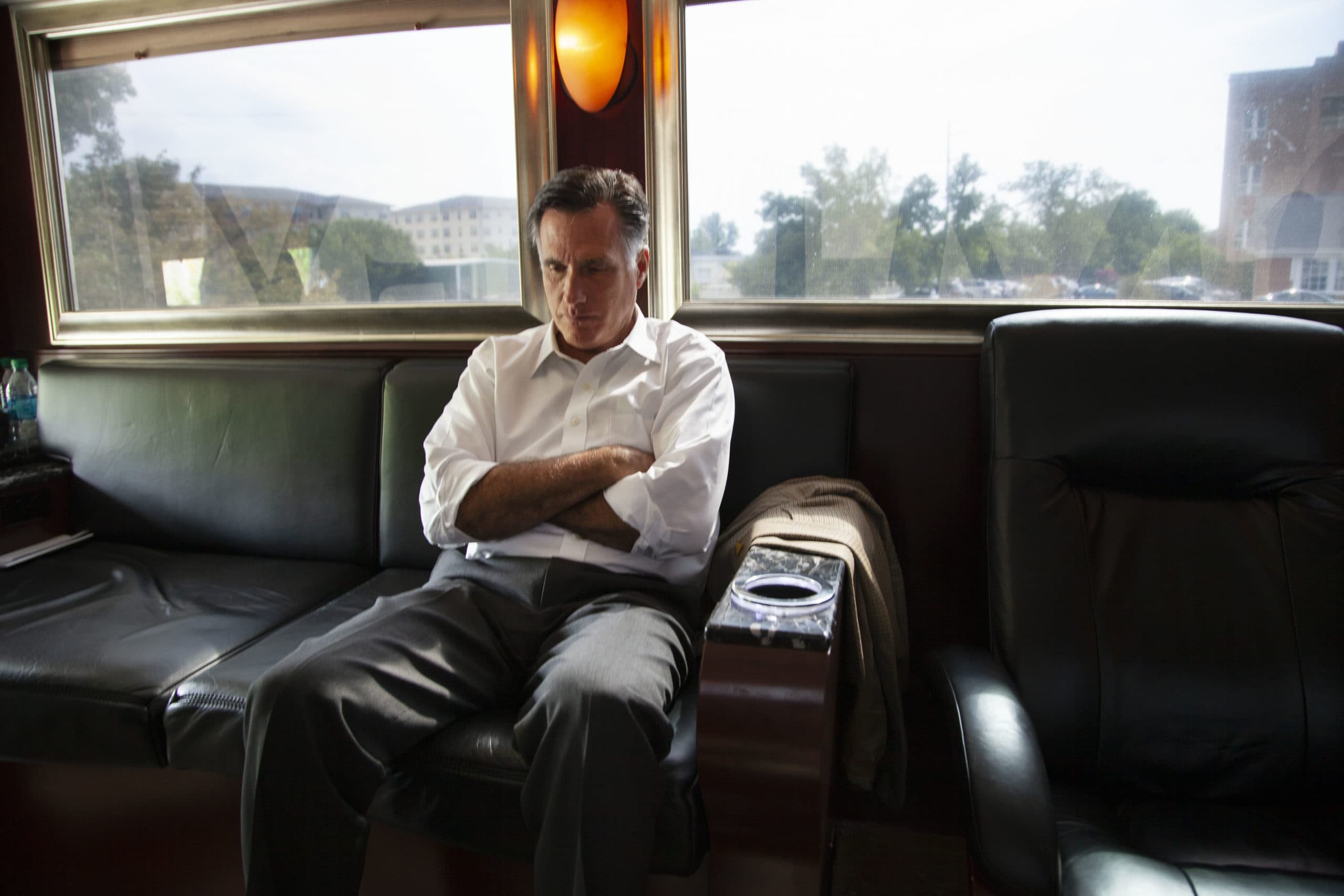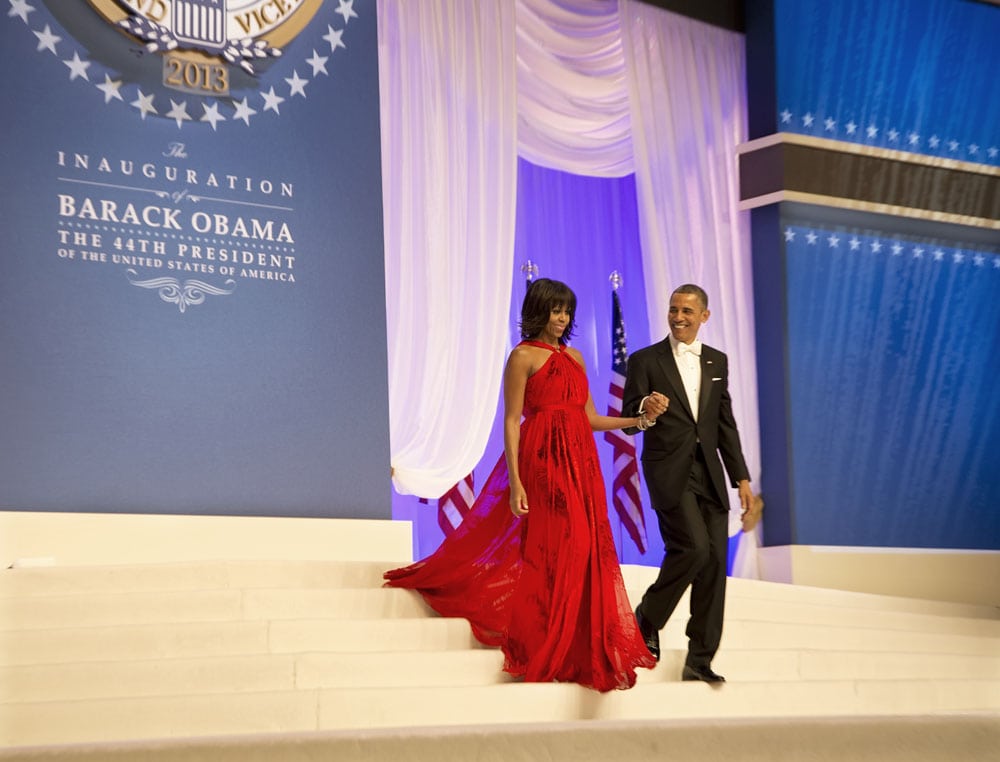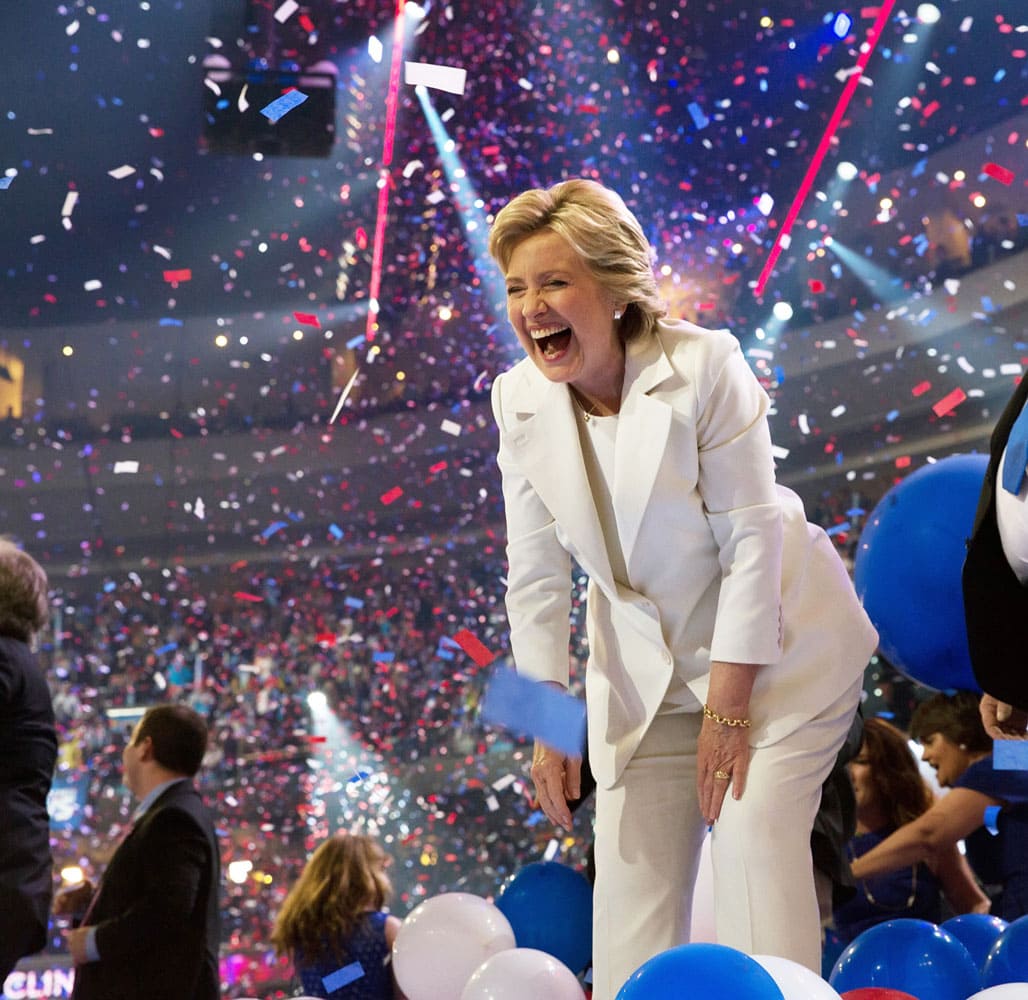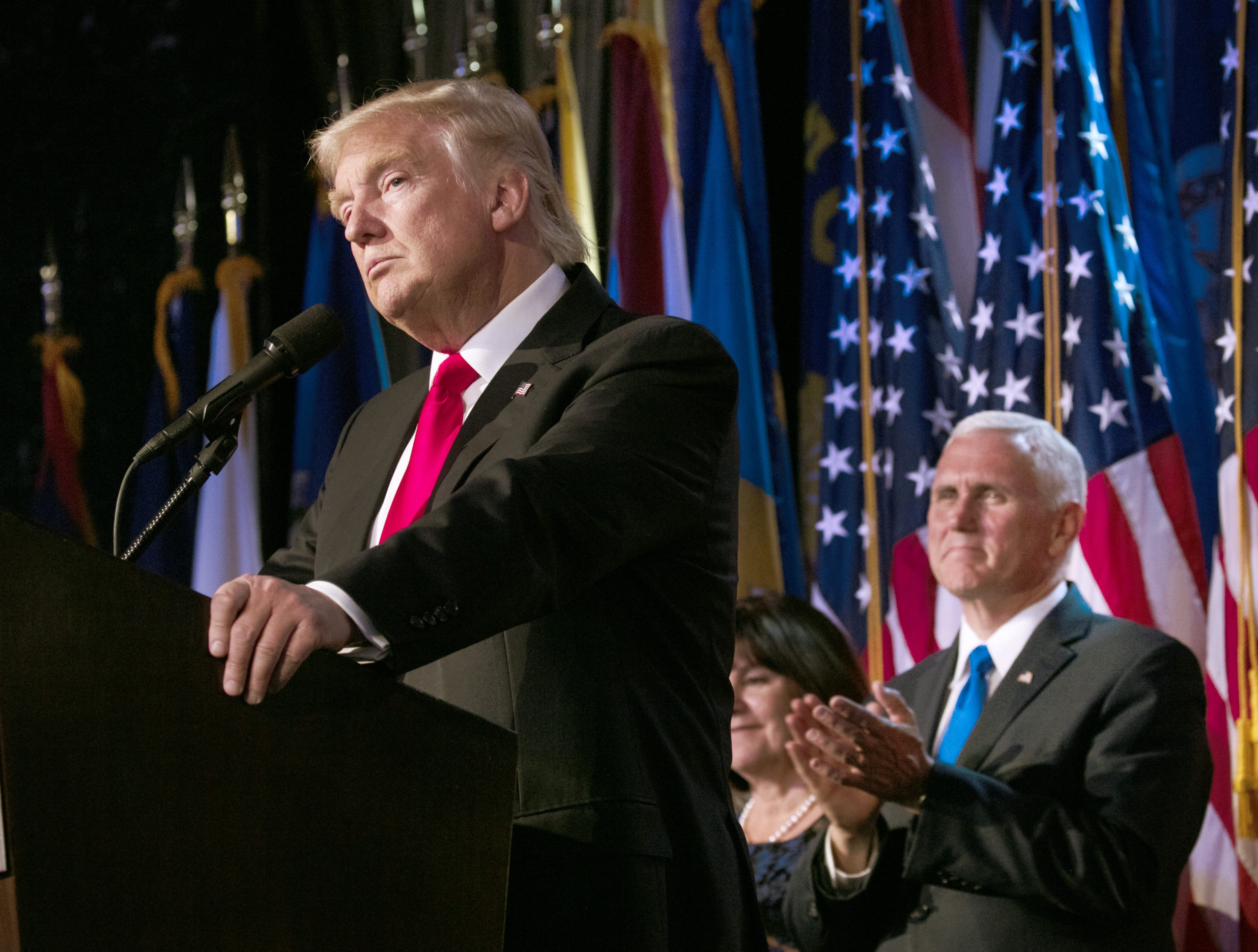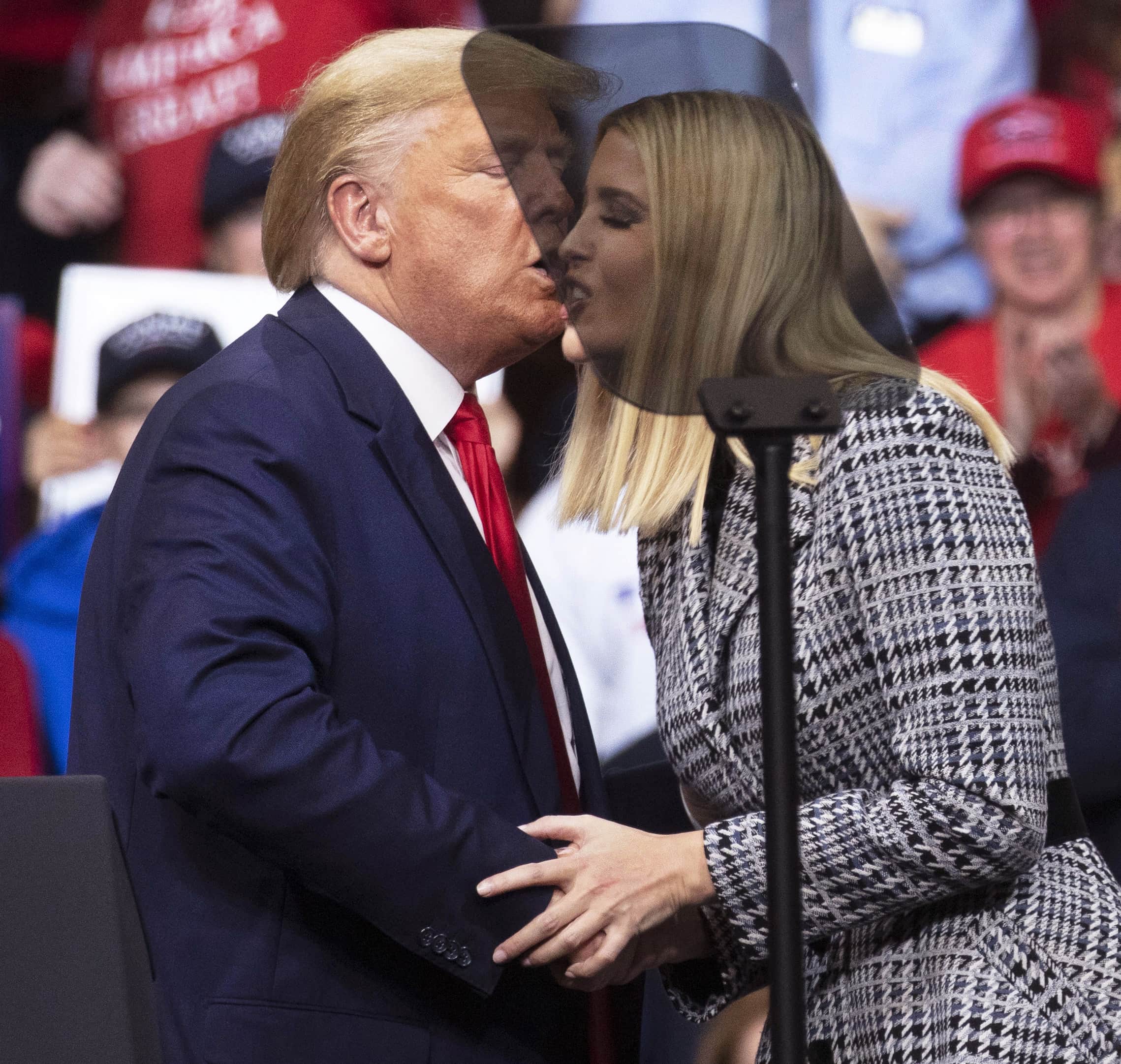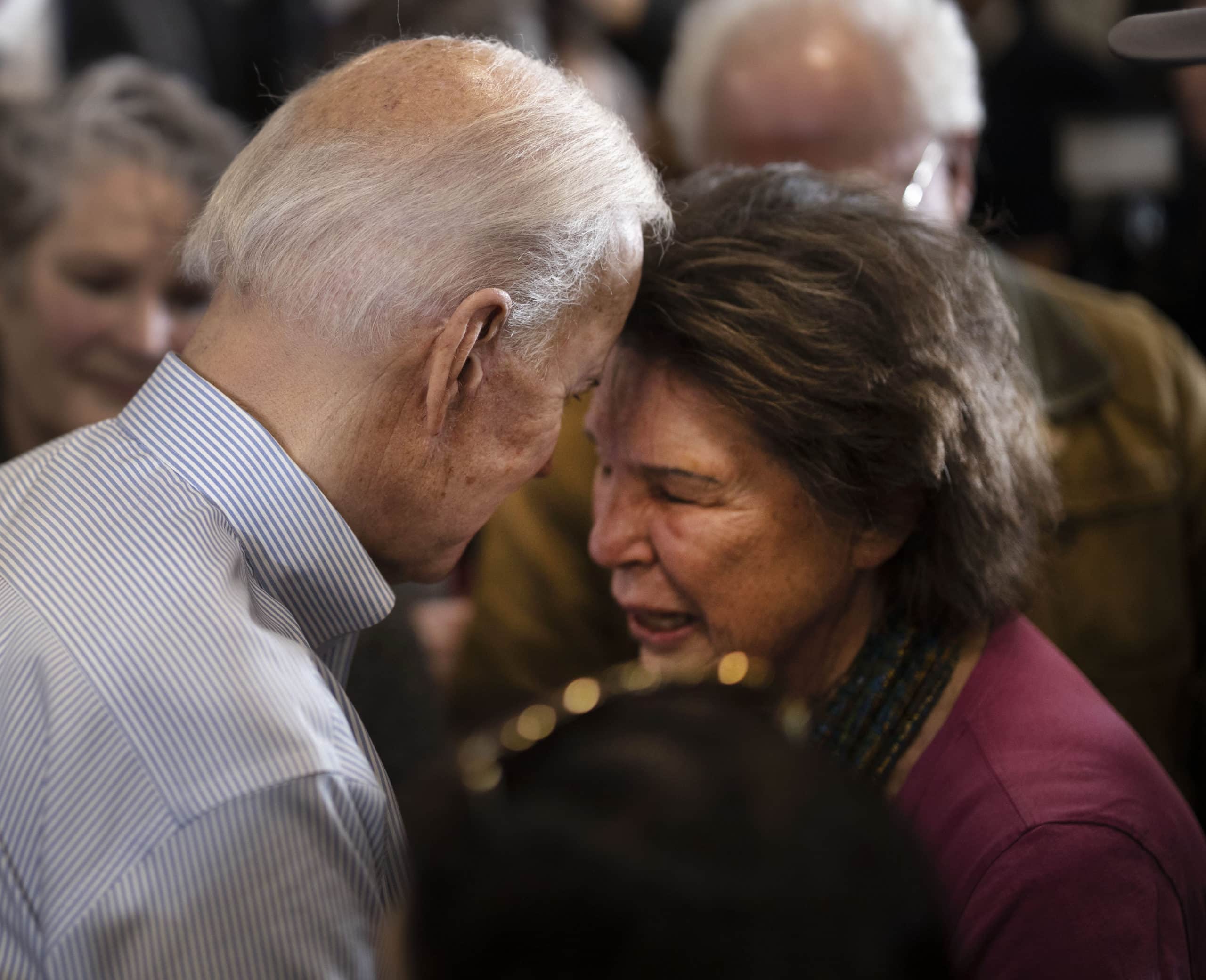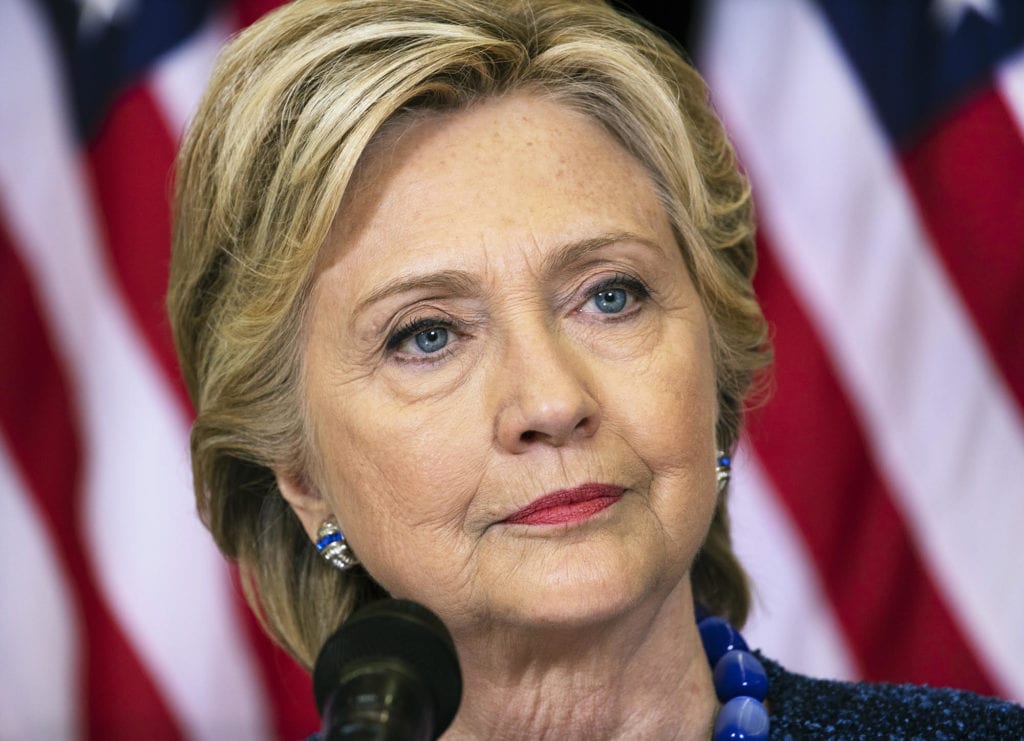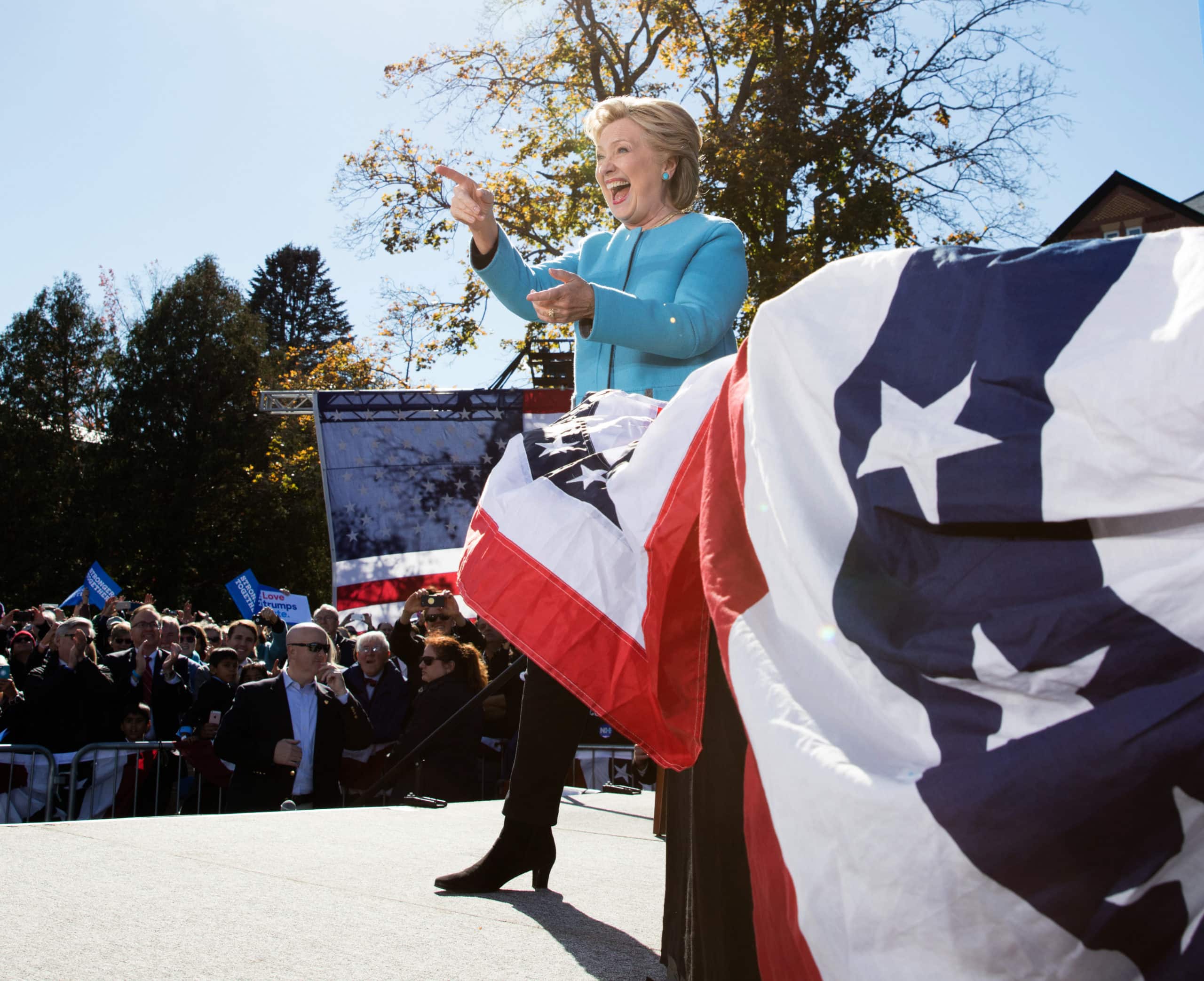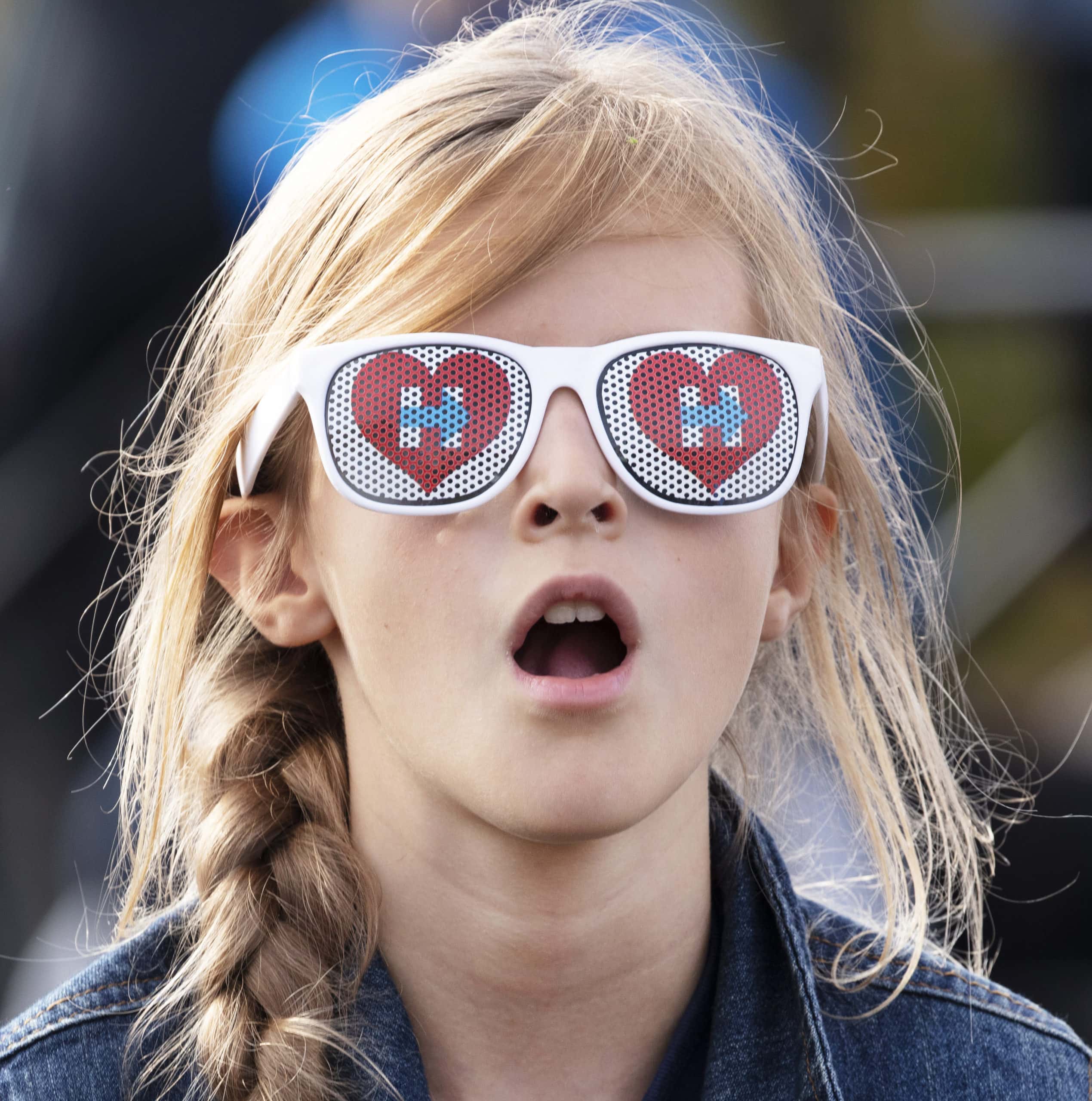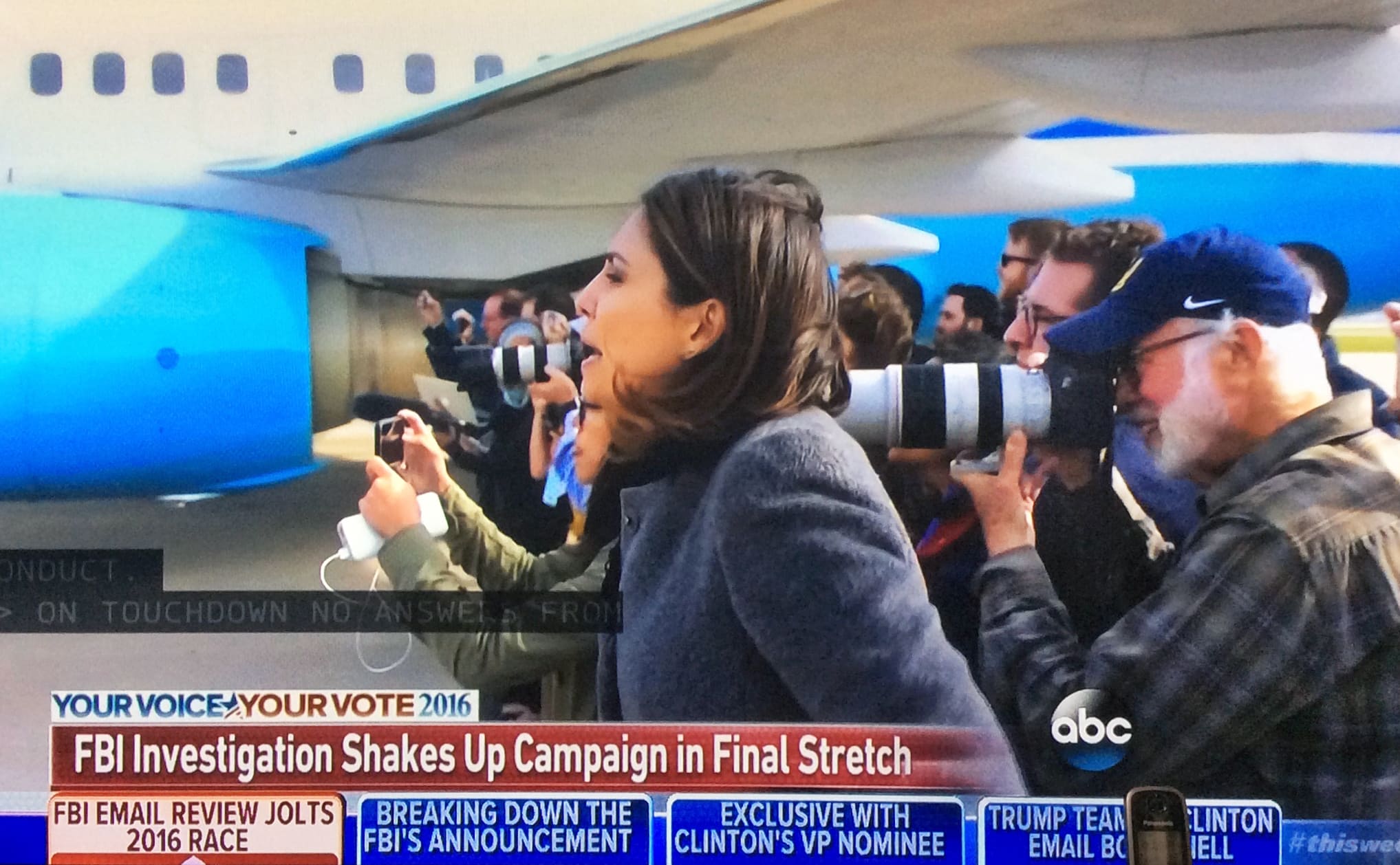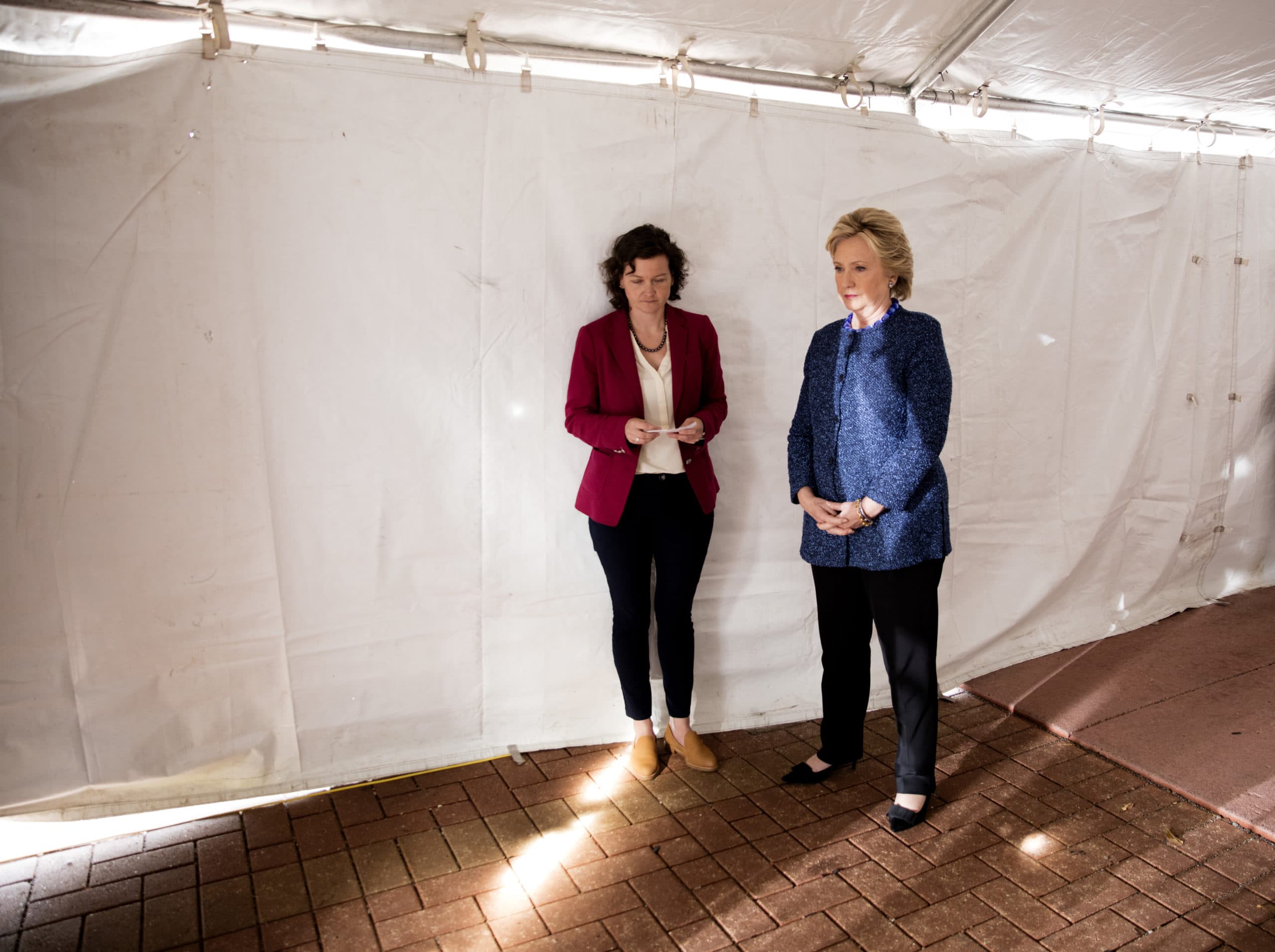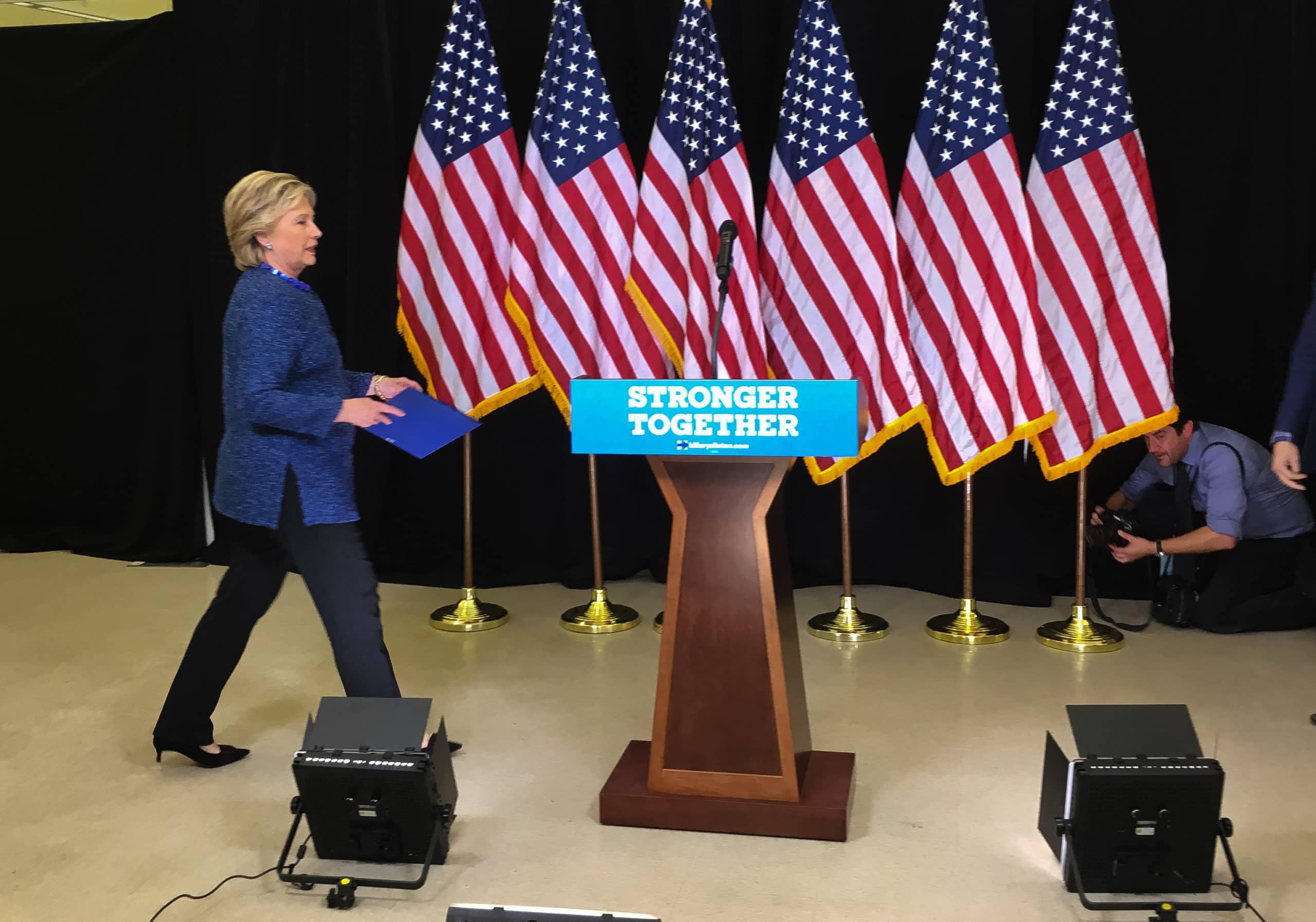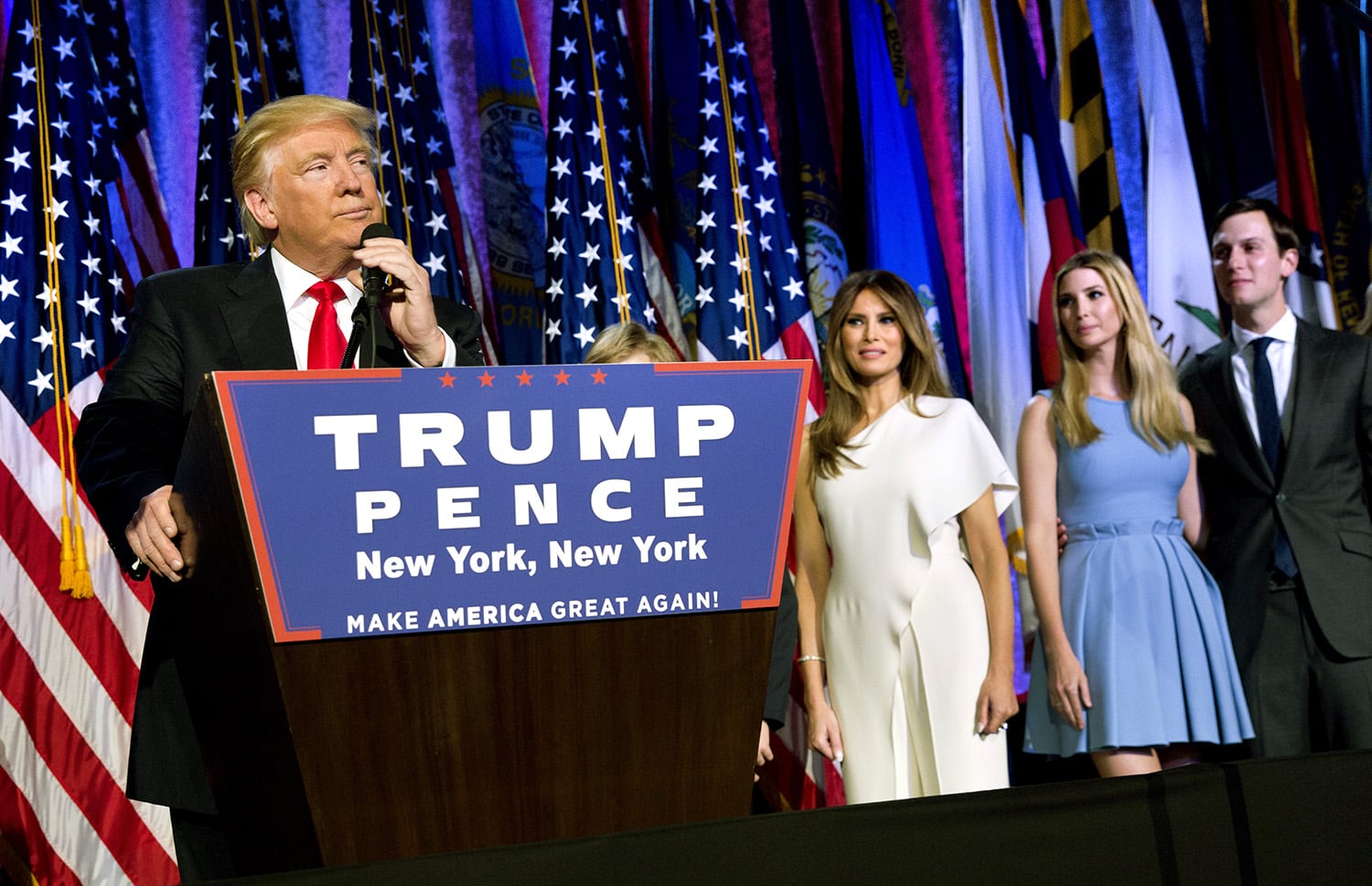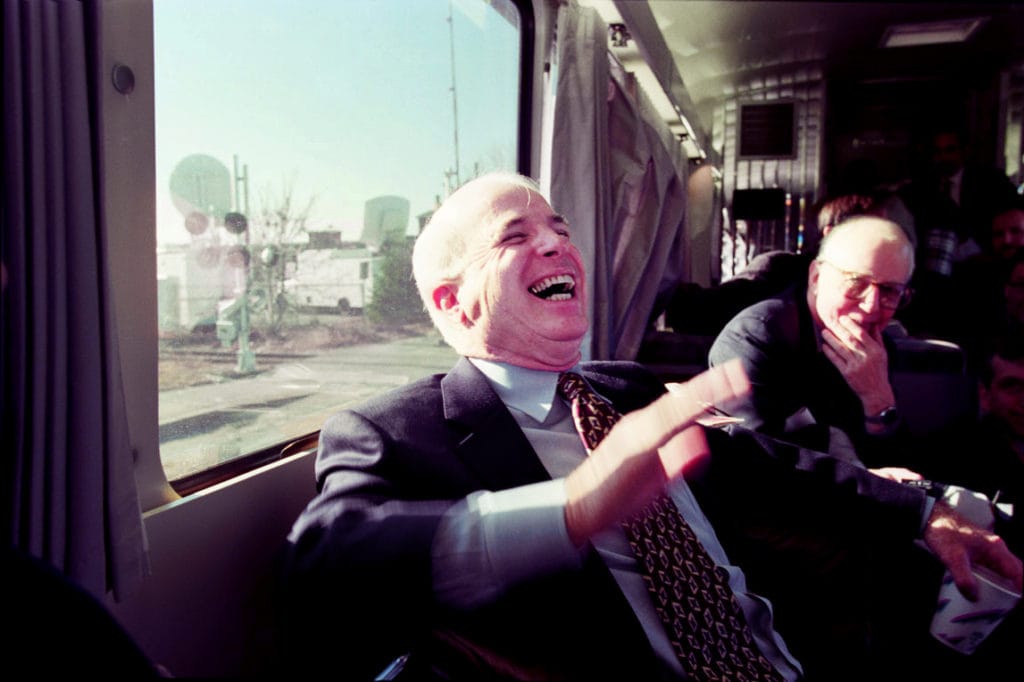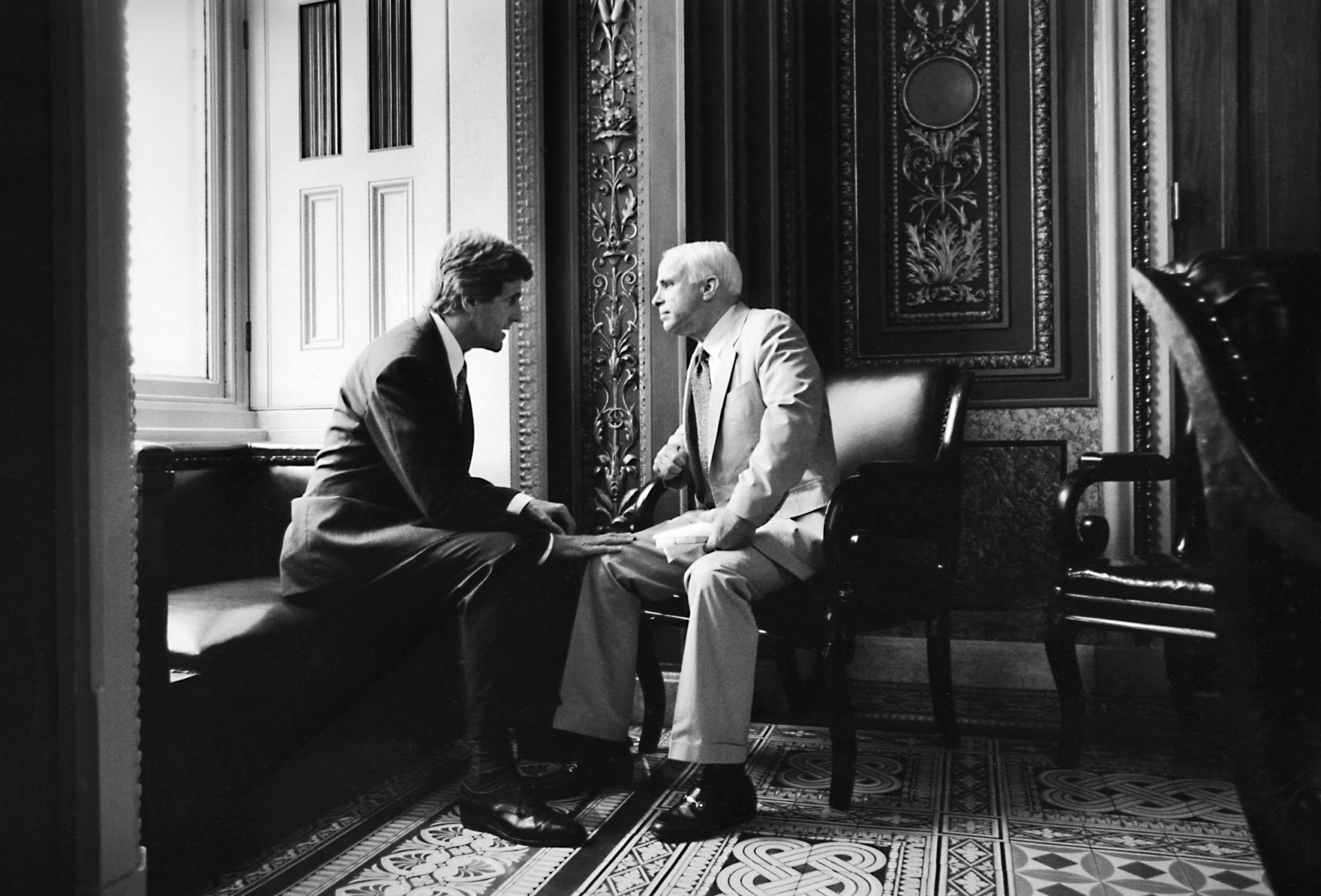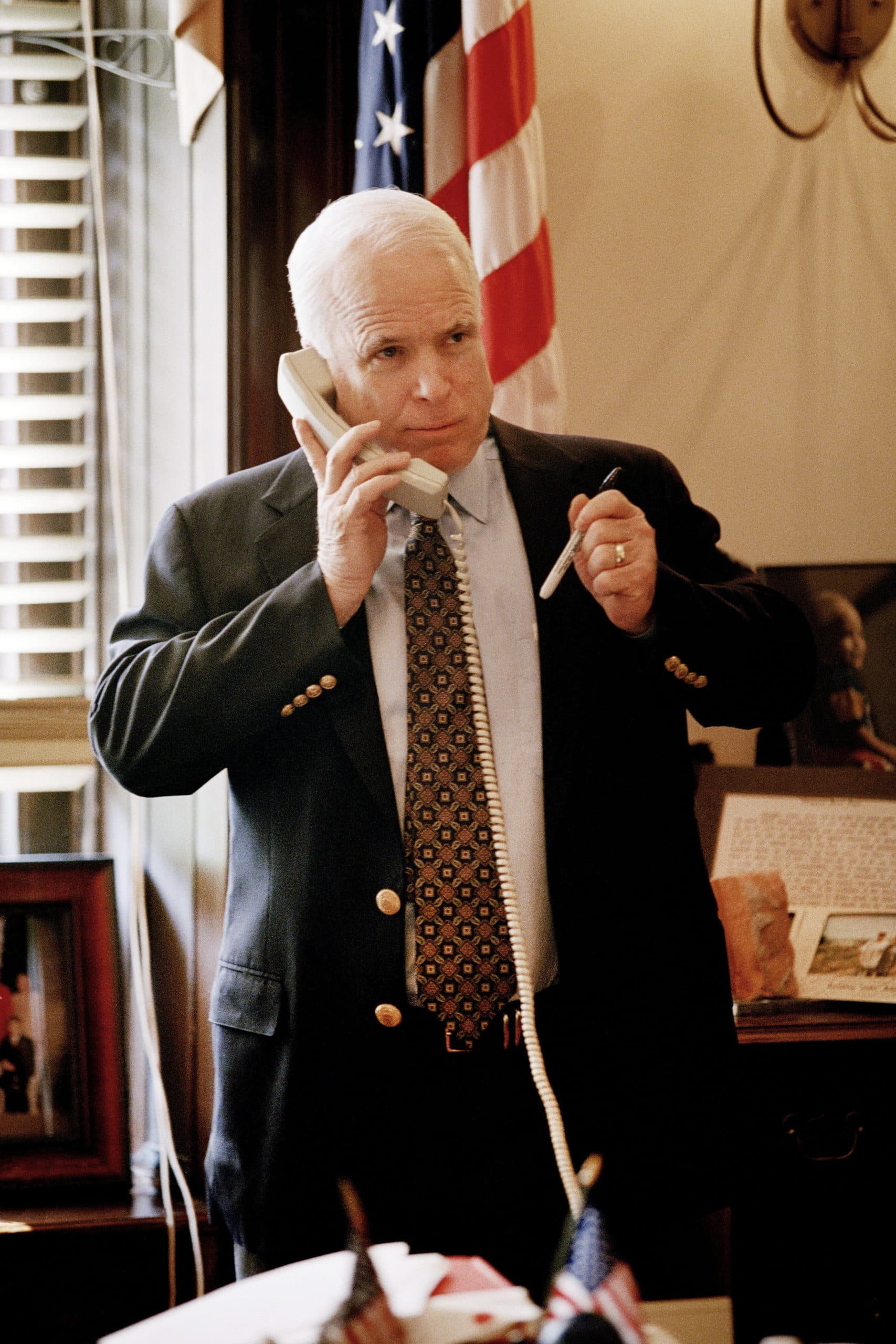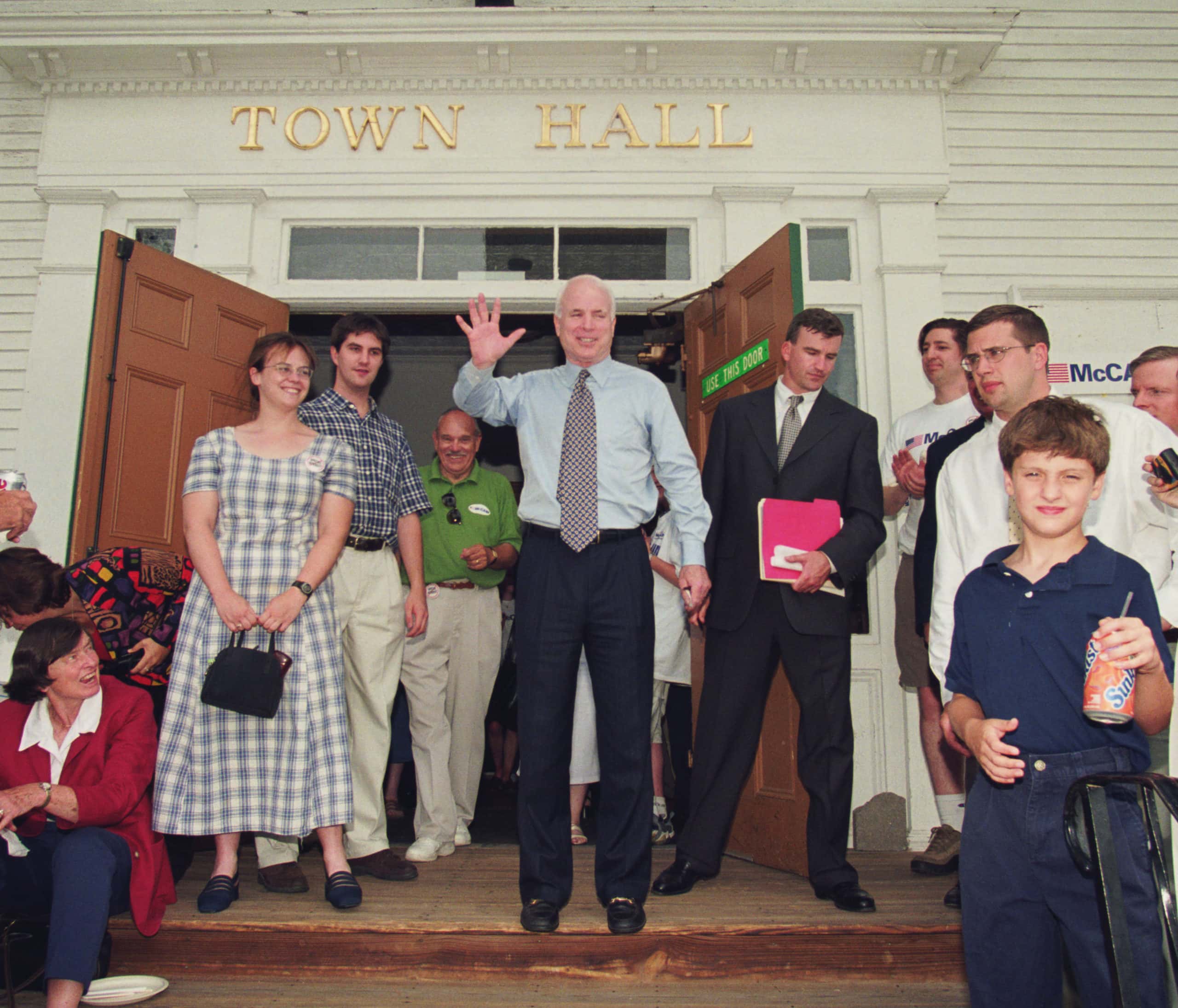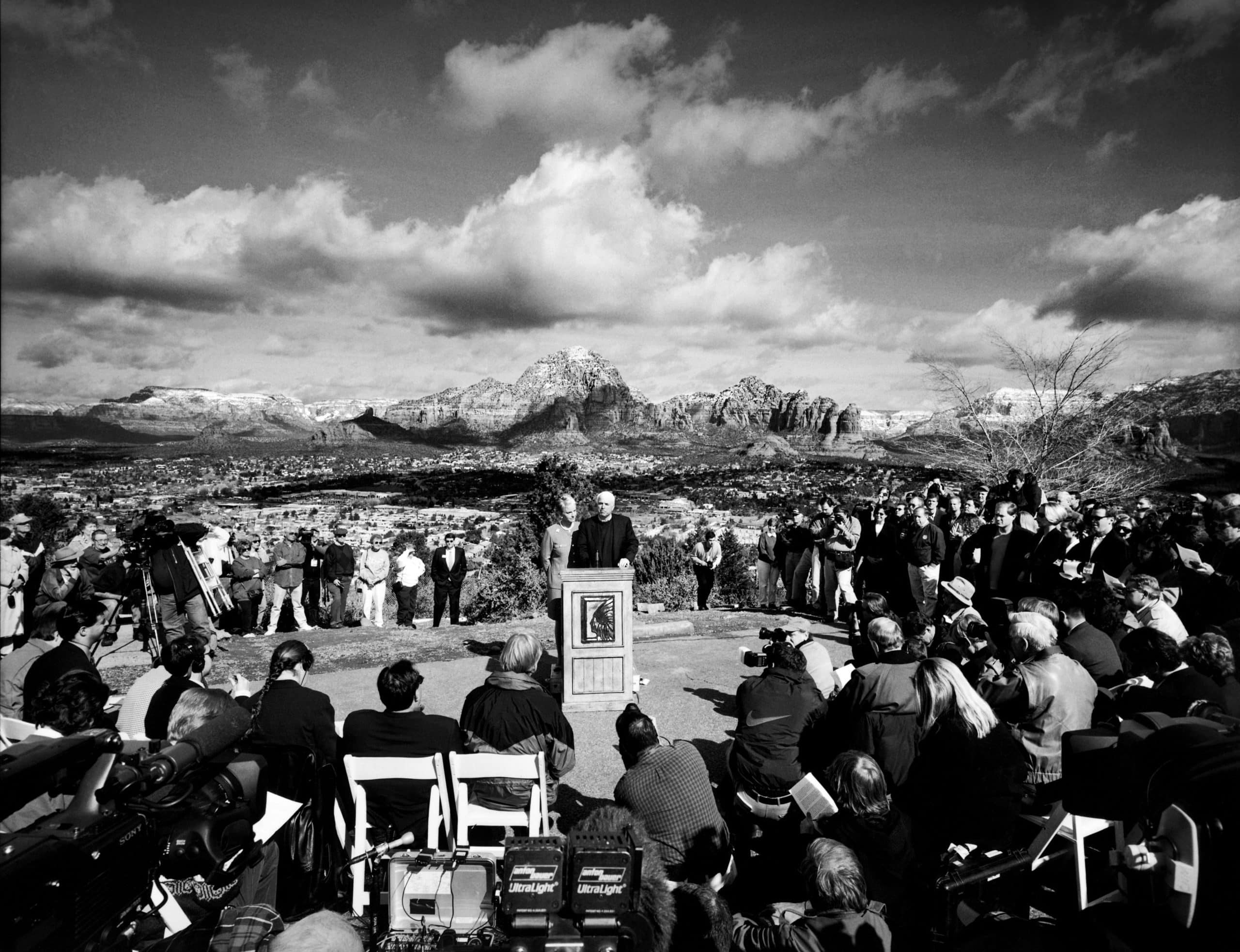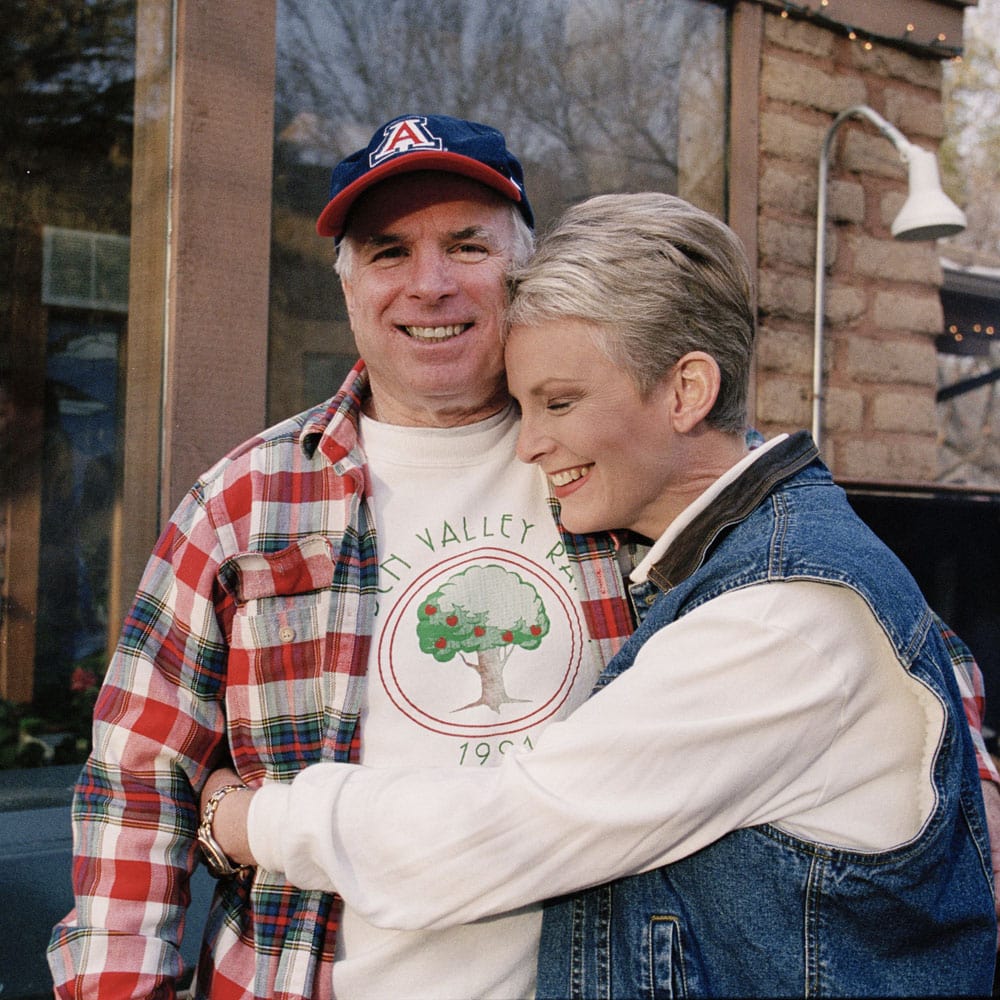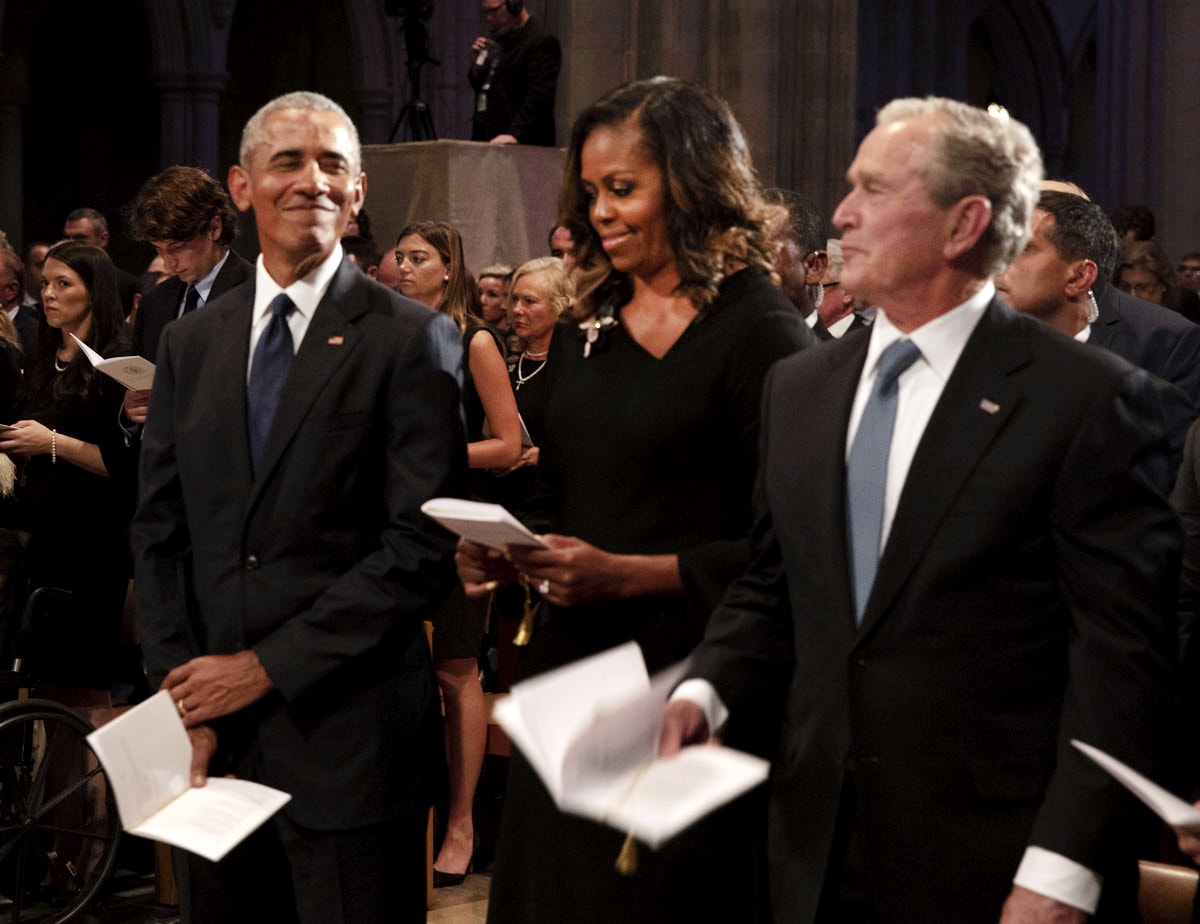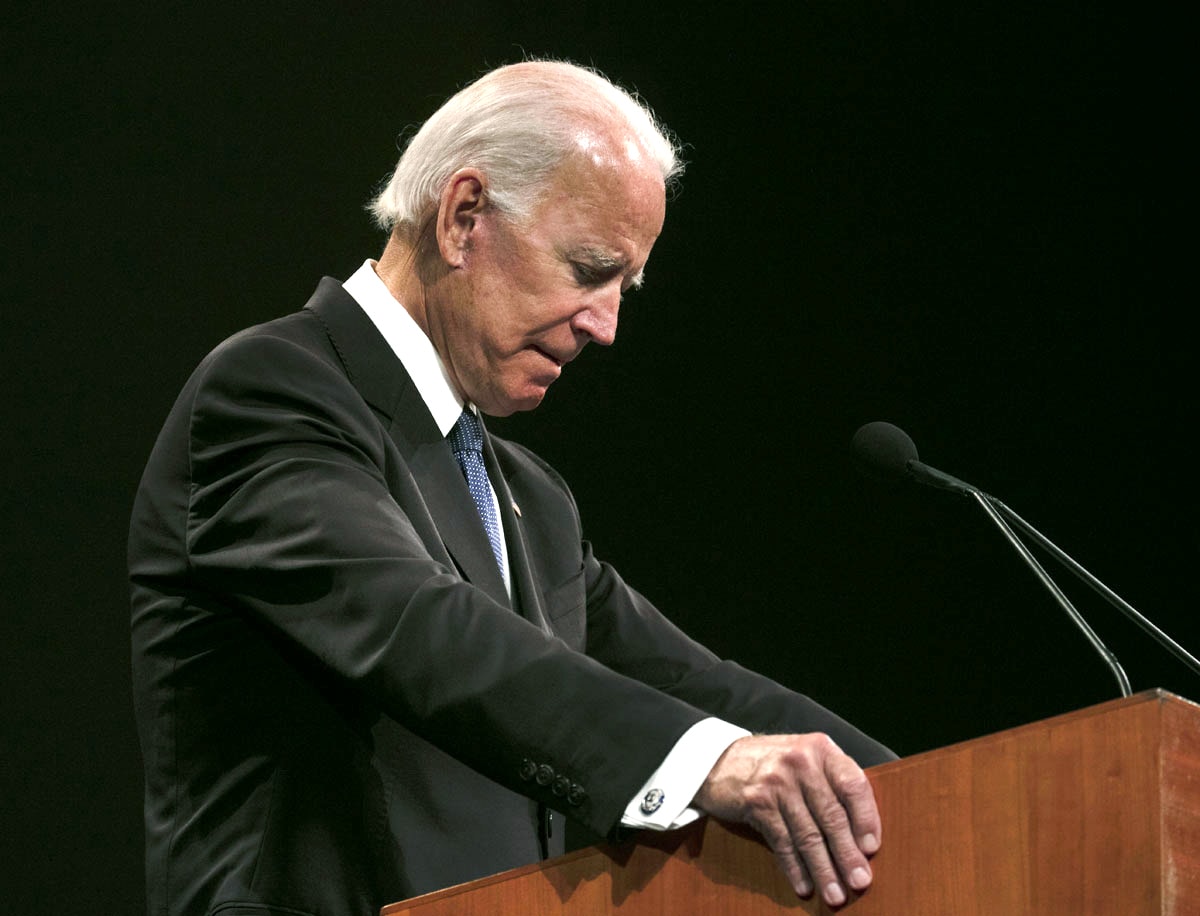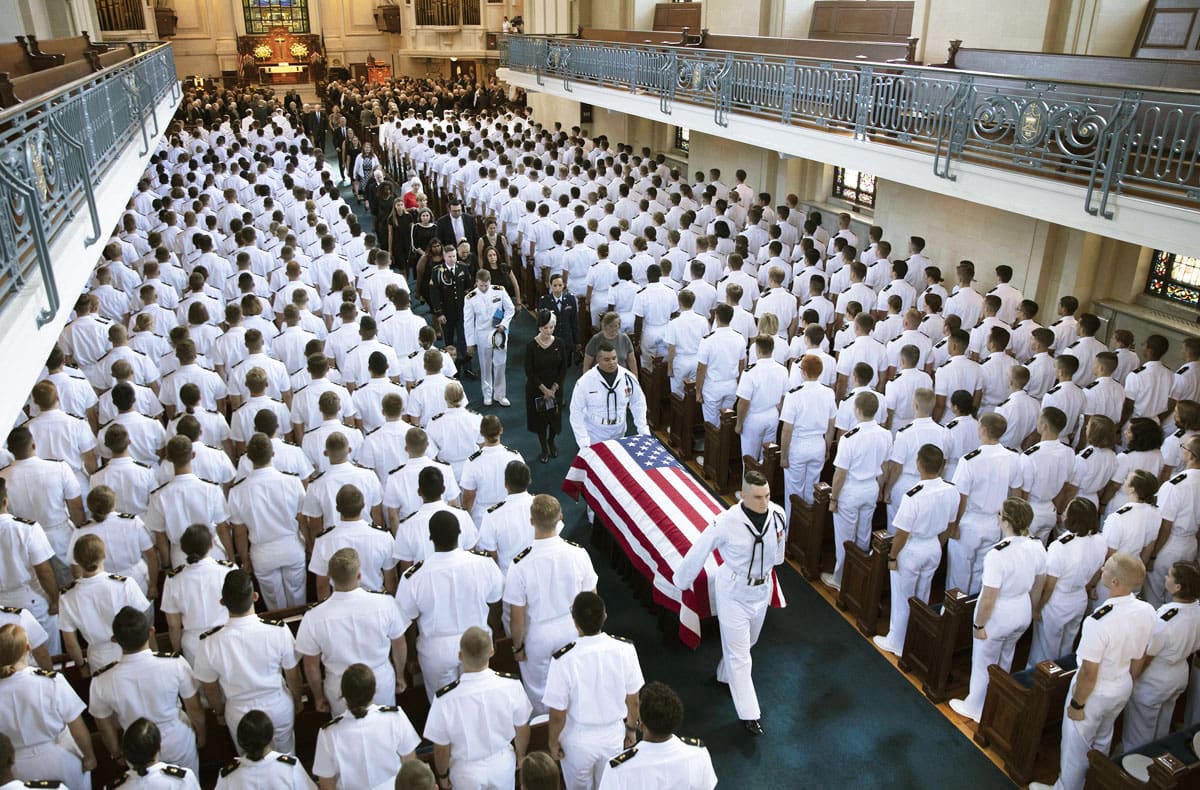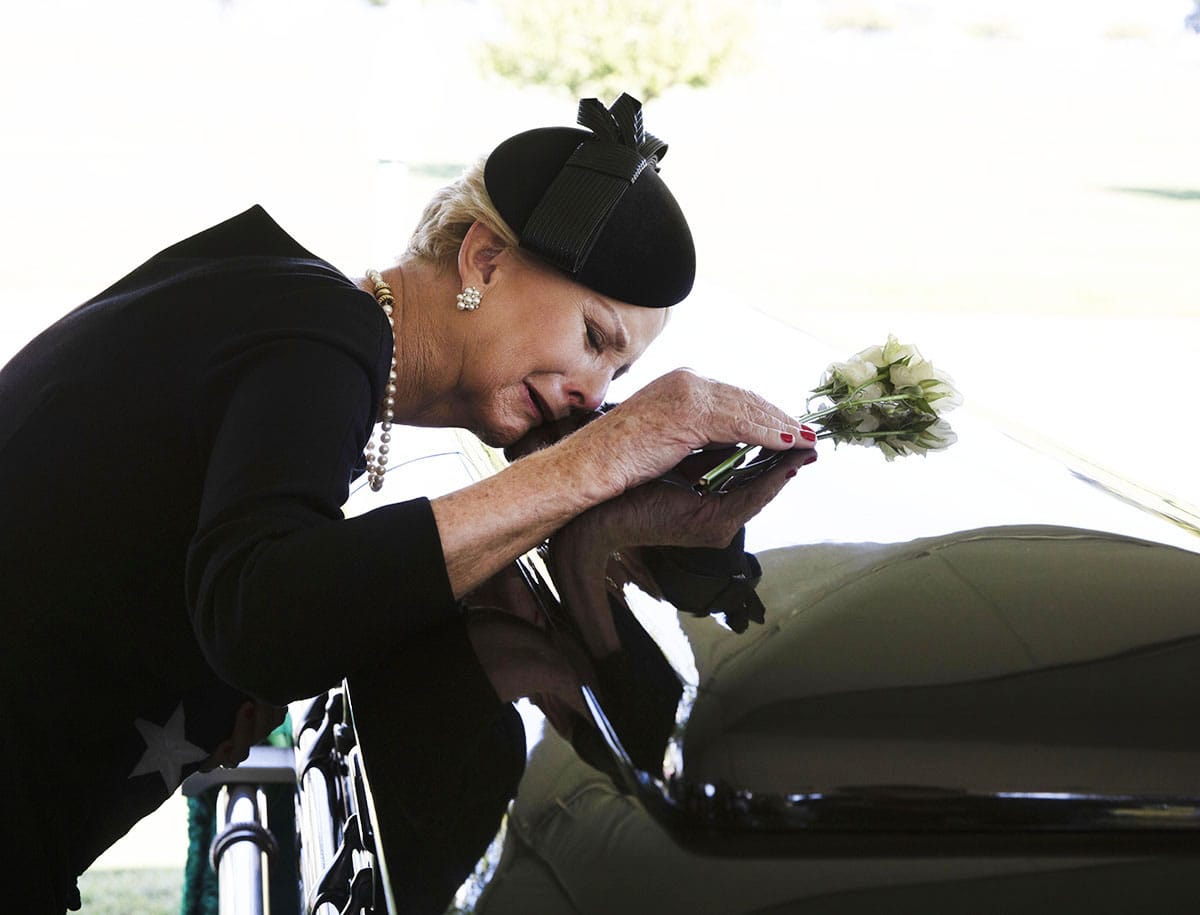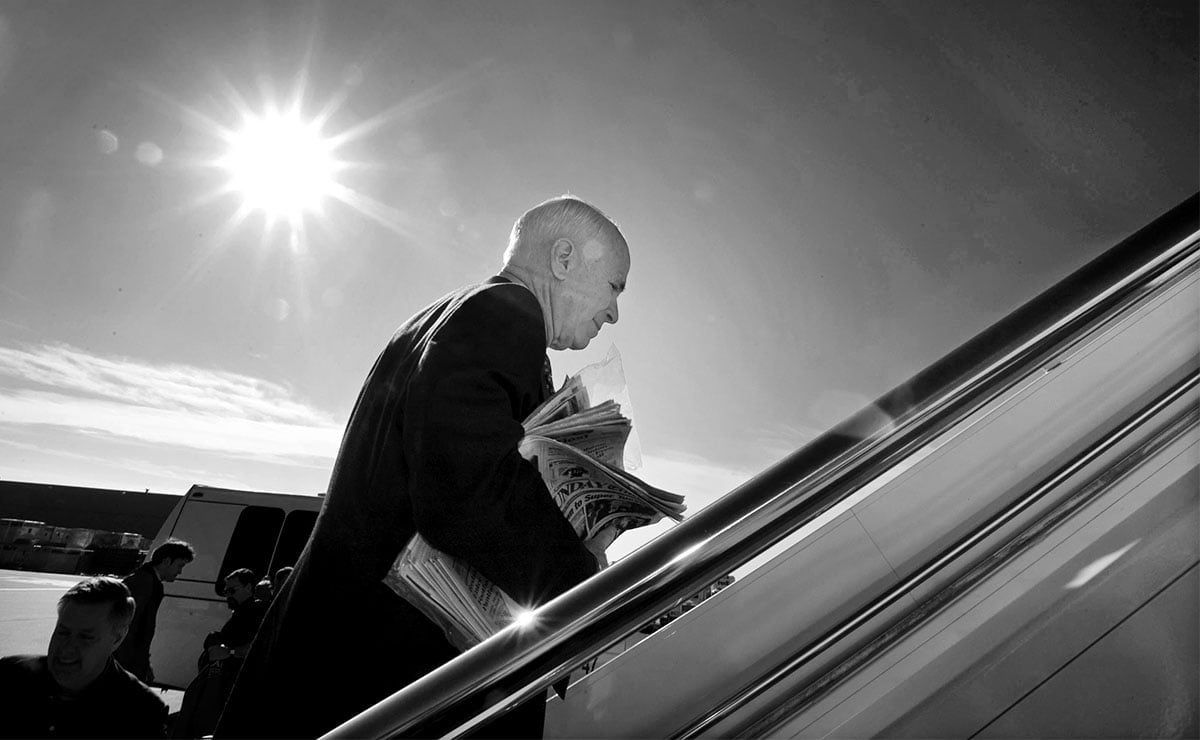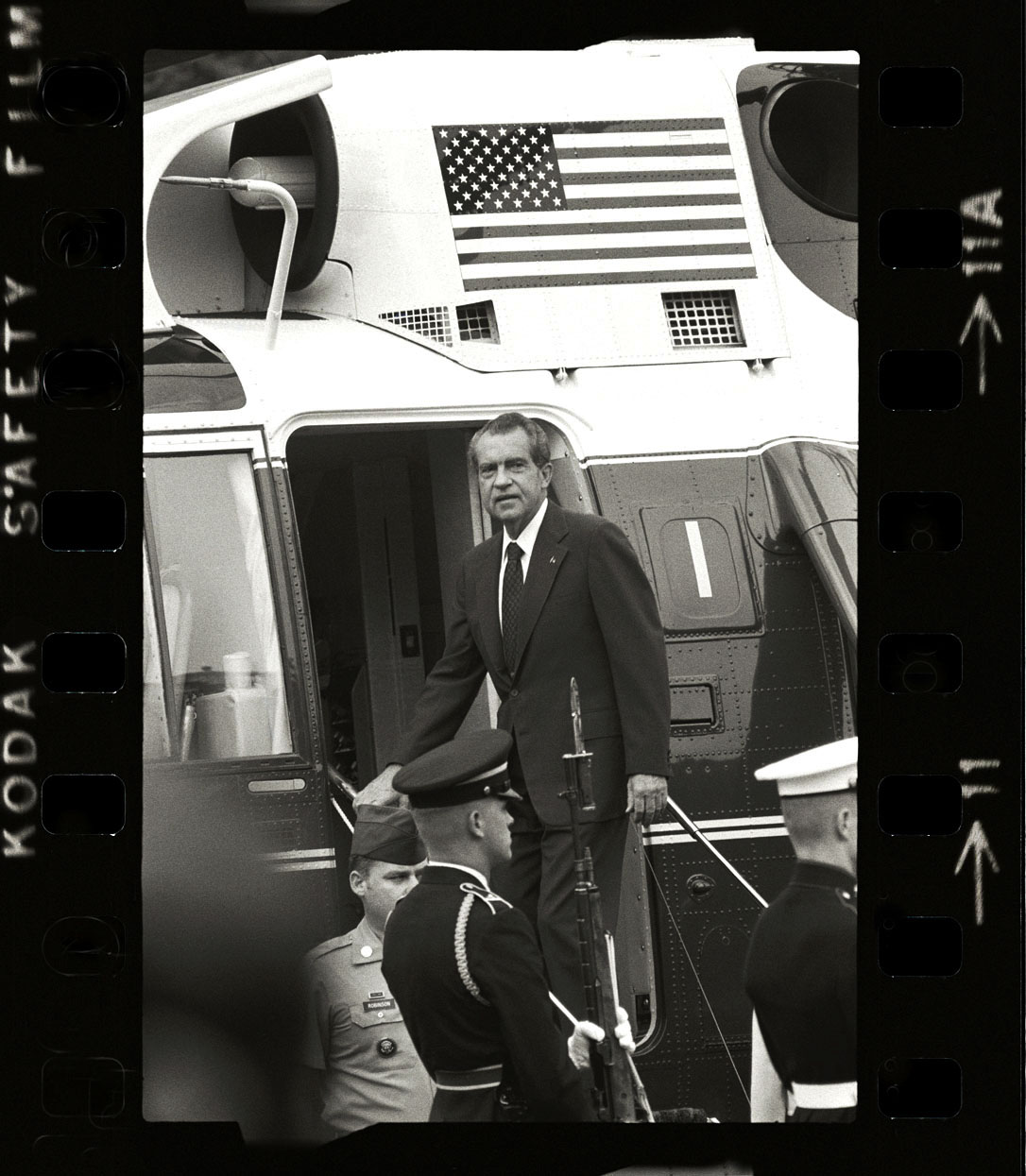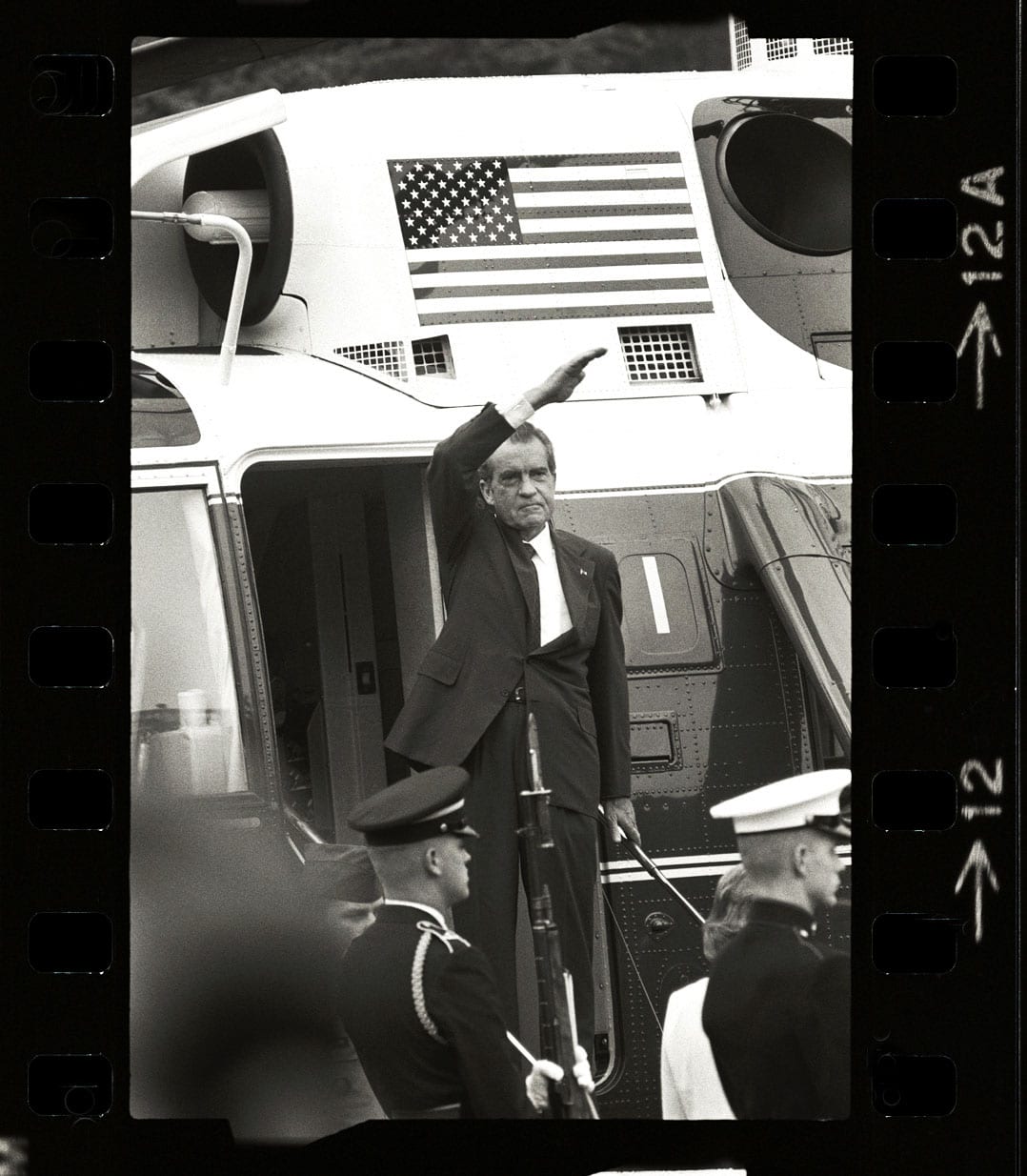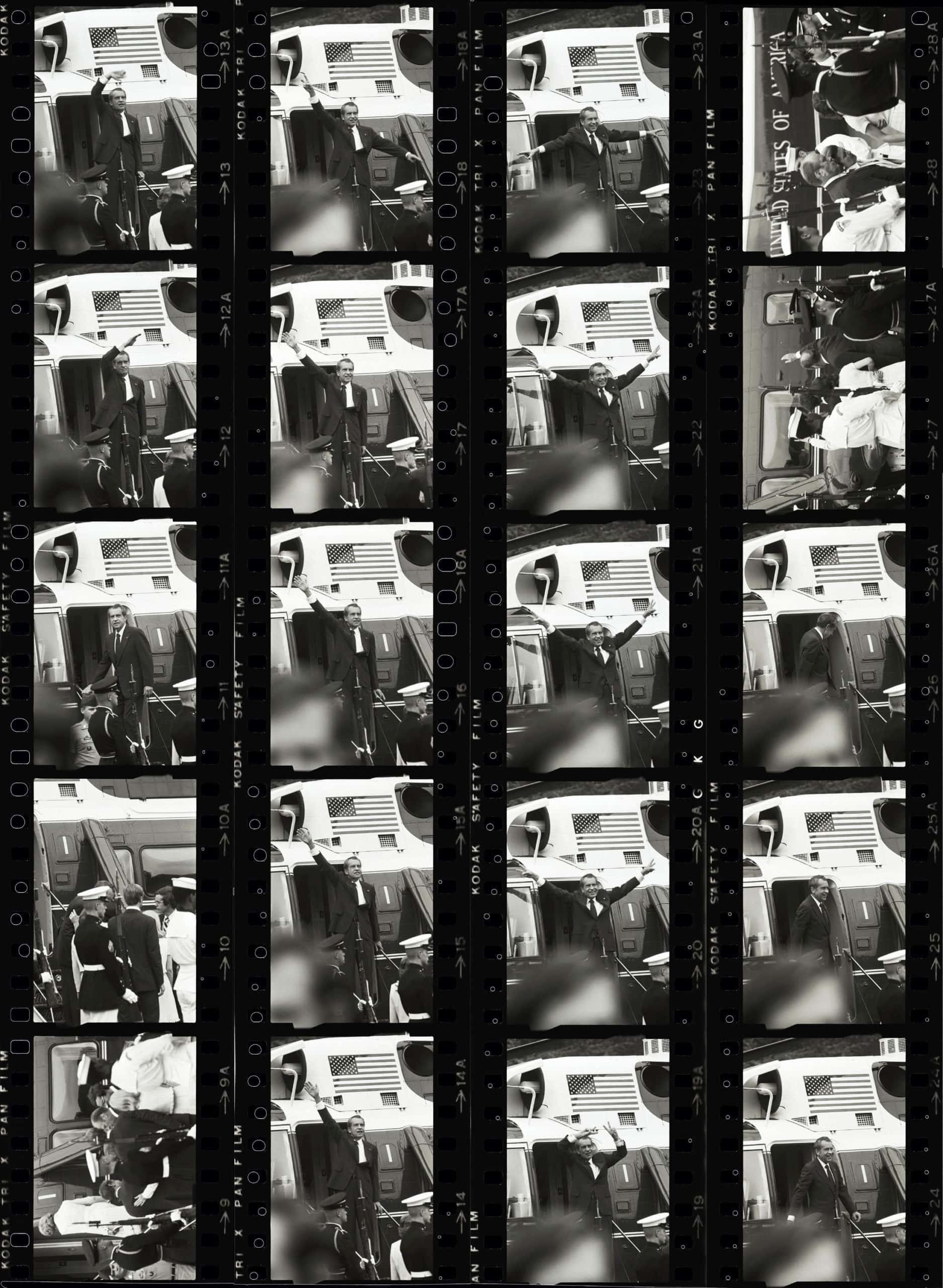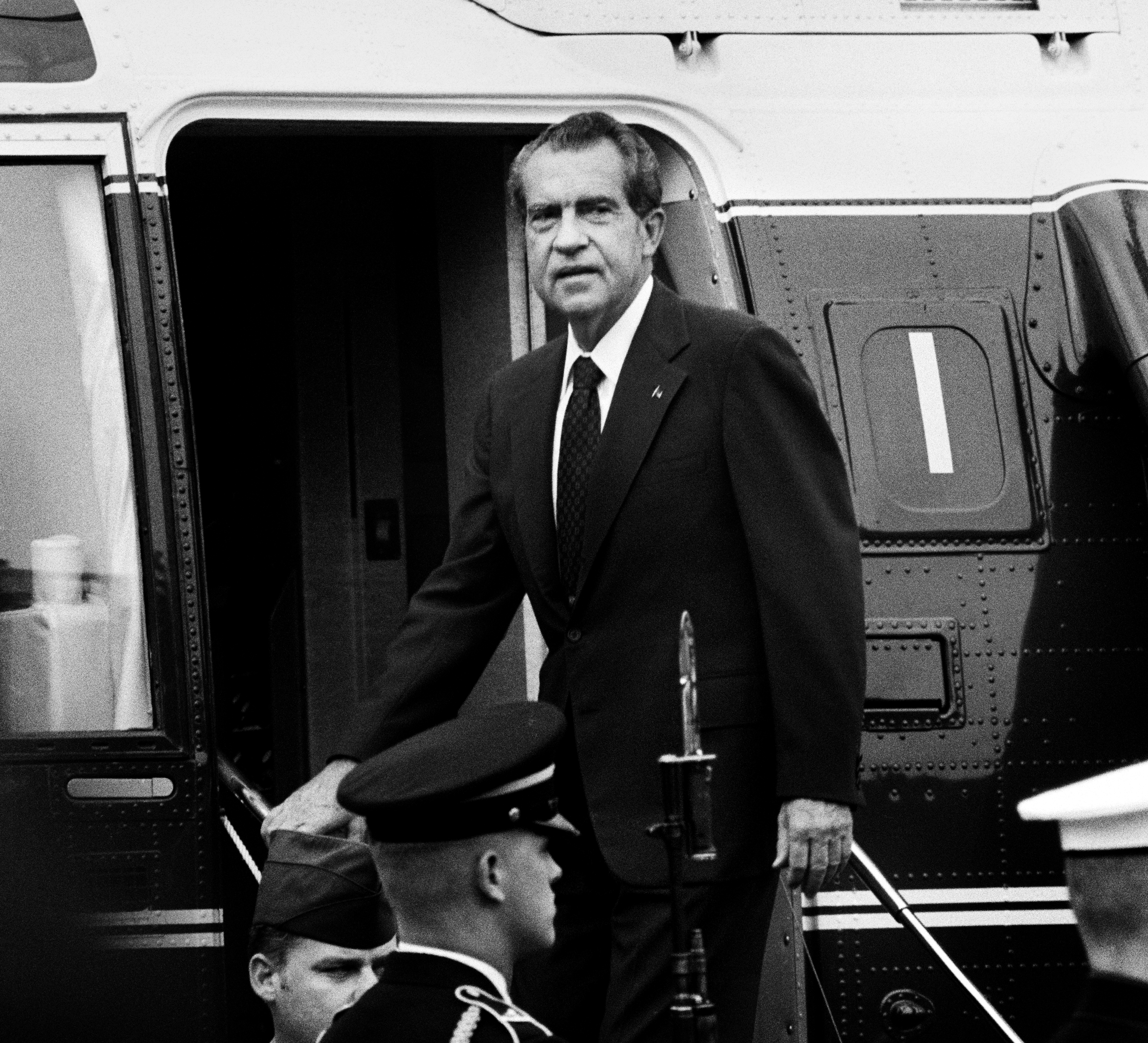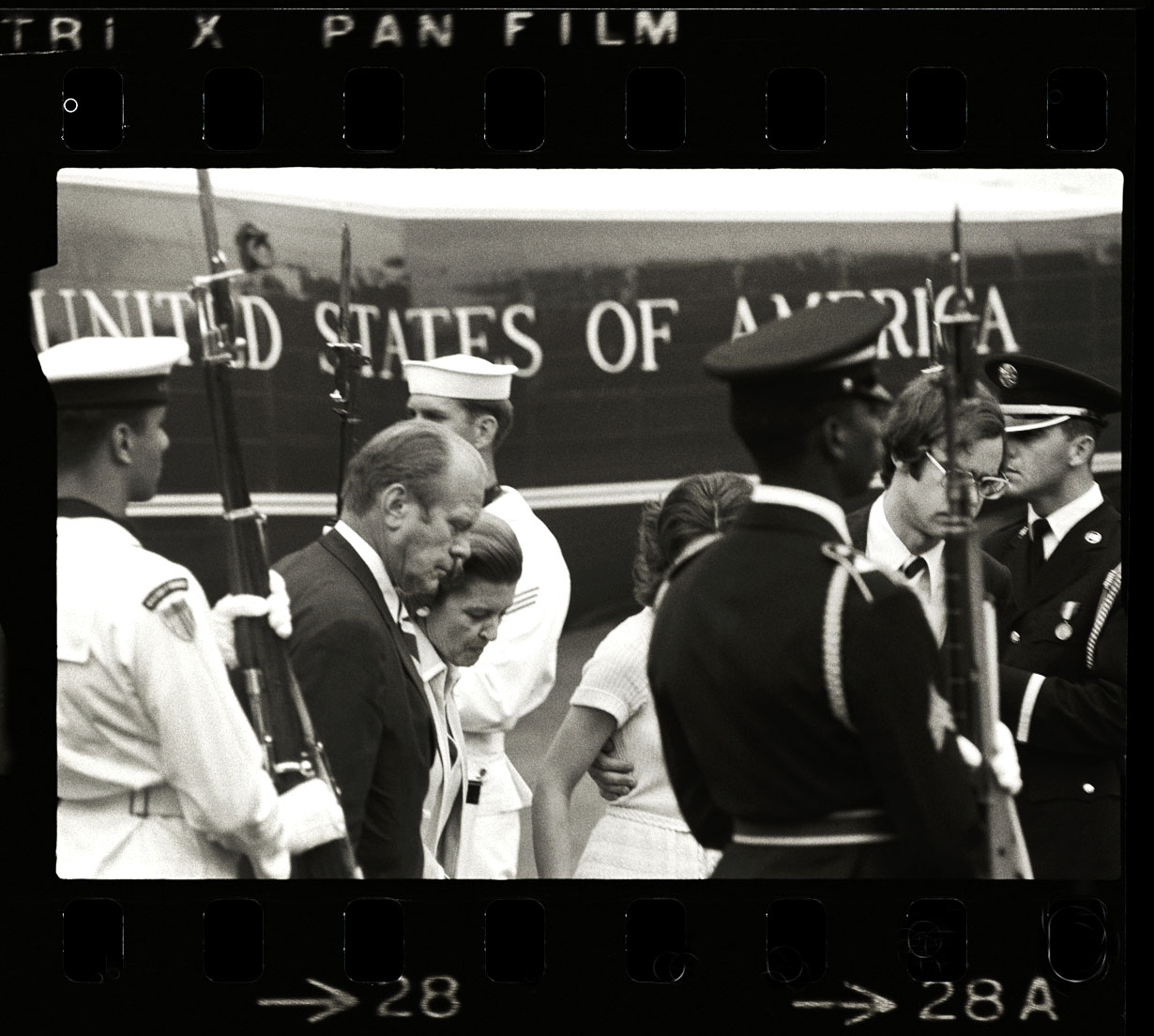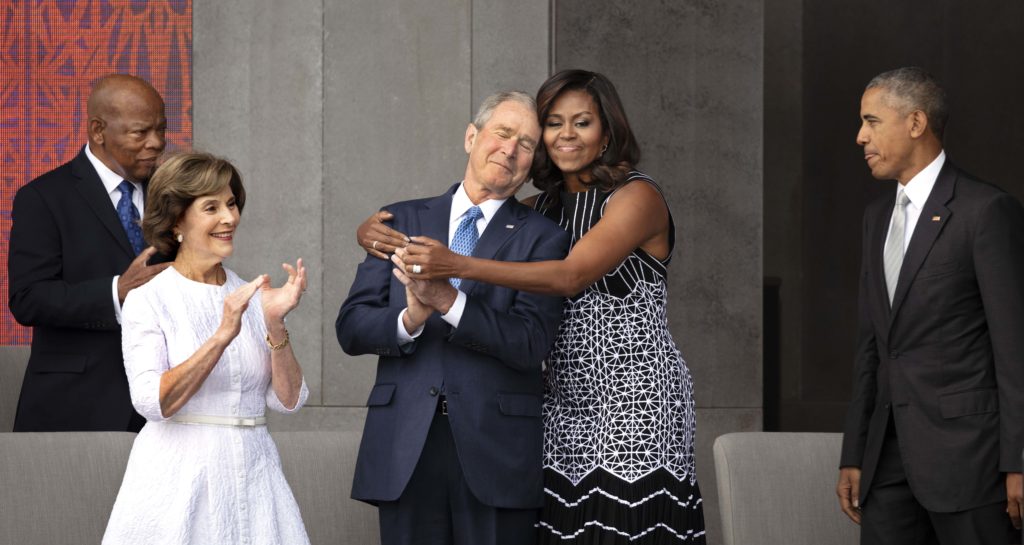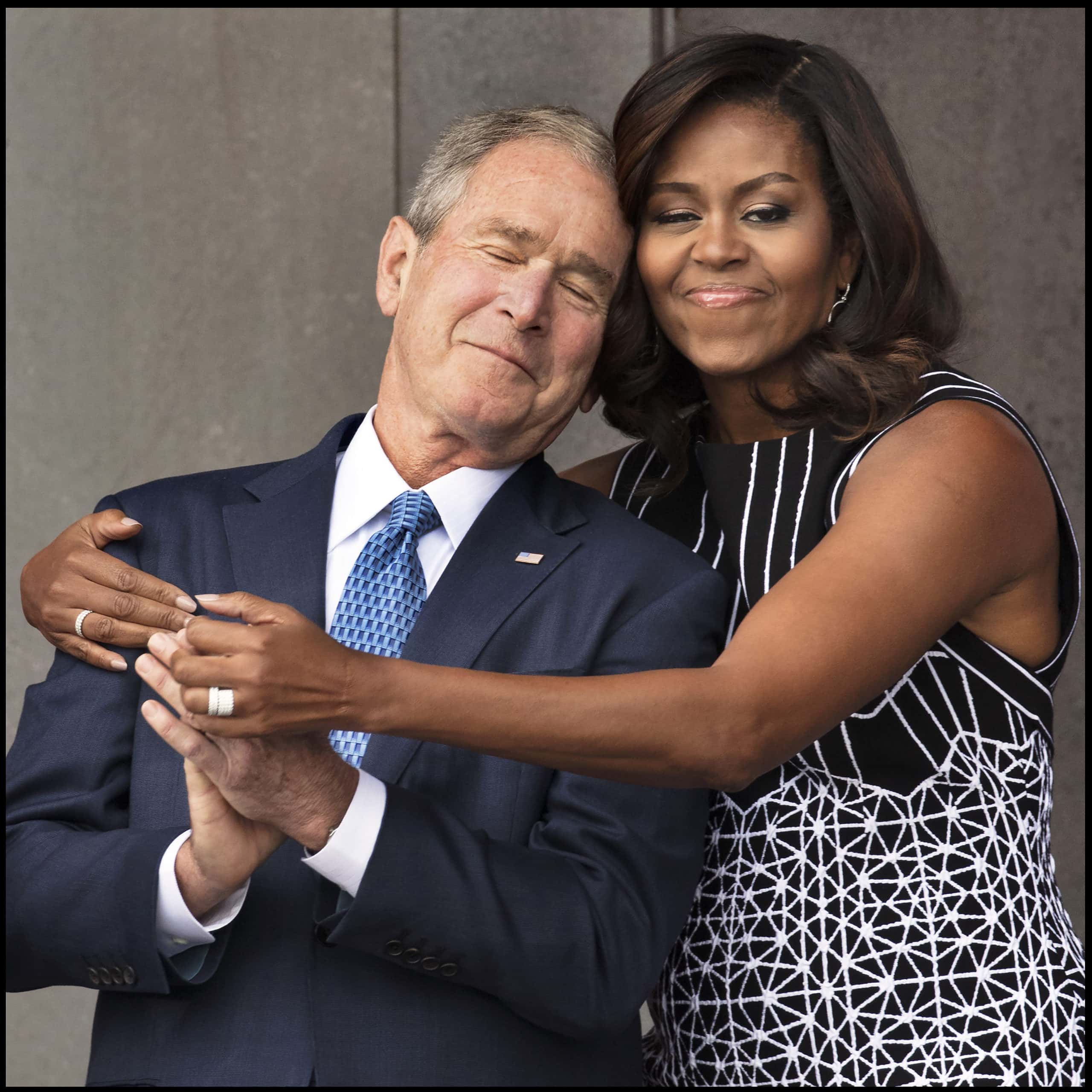September 11, 2001. I was in Washington, D.C. on an assignment for Newsweek. Just before 9 a.m. I tuned in to ABC’s Good Morning America. They were holding on a live shot of the North Tower of the World Trade Center where it appeared that an airplane had crashed into the building. It was smoking and on fire. Minutes later, at 9:03 am, a jetliner streaked in from the right side of the screen and smashed squarely into the adjoining South Tower. A ball of flame exploded a millisecond later. It became instantly clear that this was a coordinated and unprecedented attack on the United States. I grabbed my cameras and headed to my office at Newsweek on Pennsylvania Avenue a block from the White House. I wondered if they were going to attack the nation’s capital next. They did.
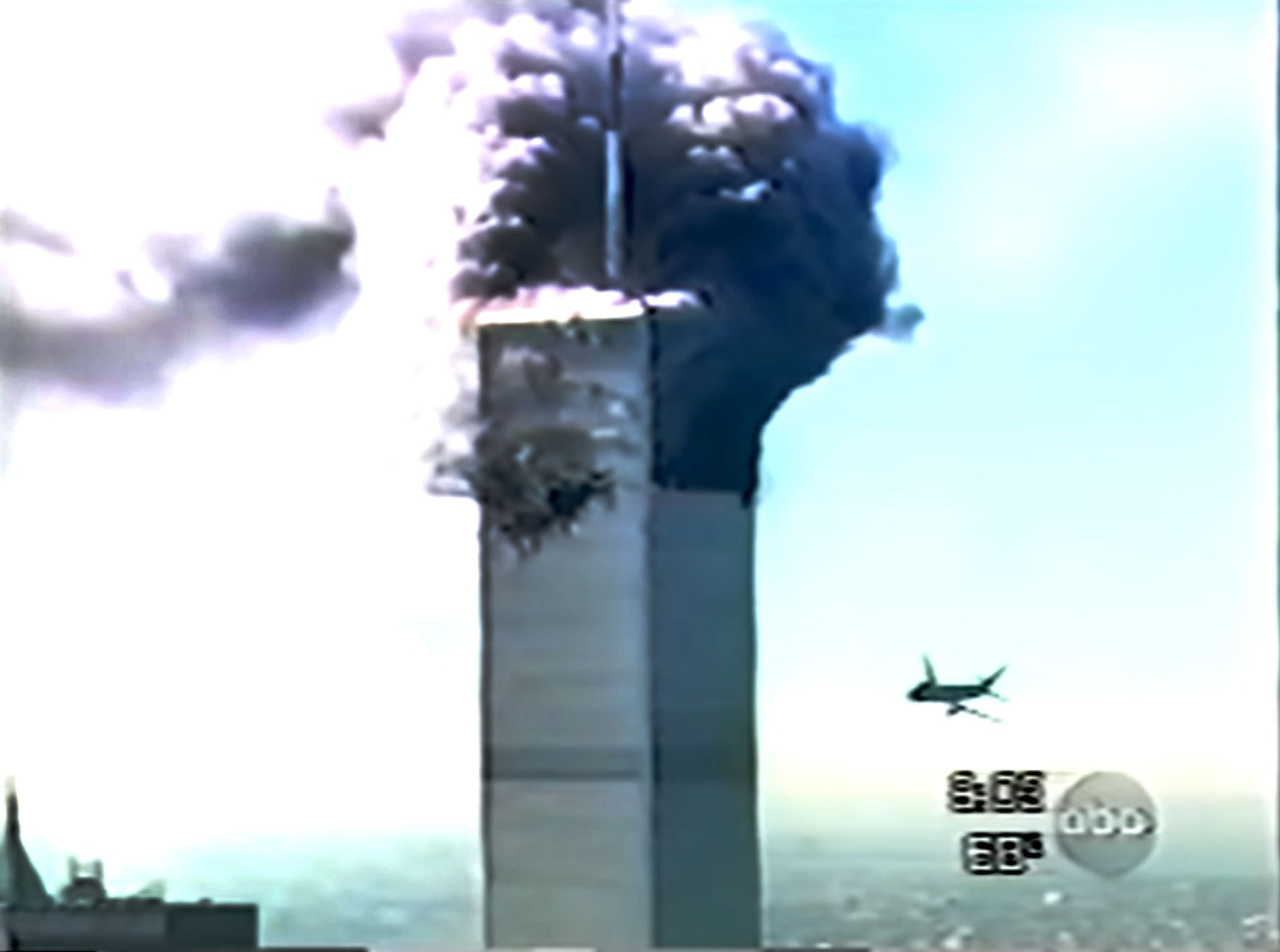
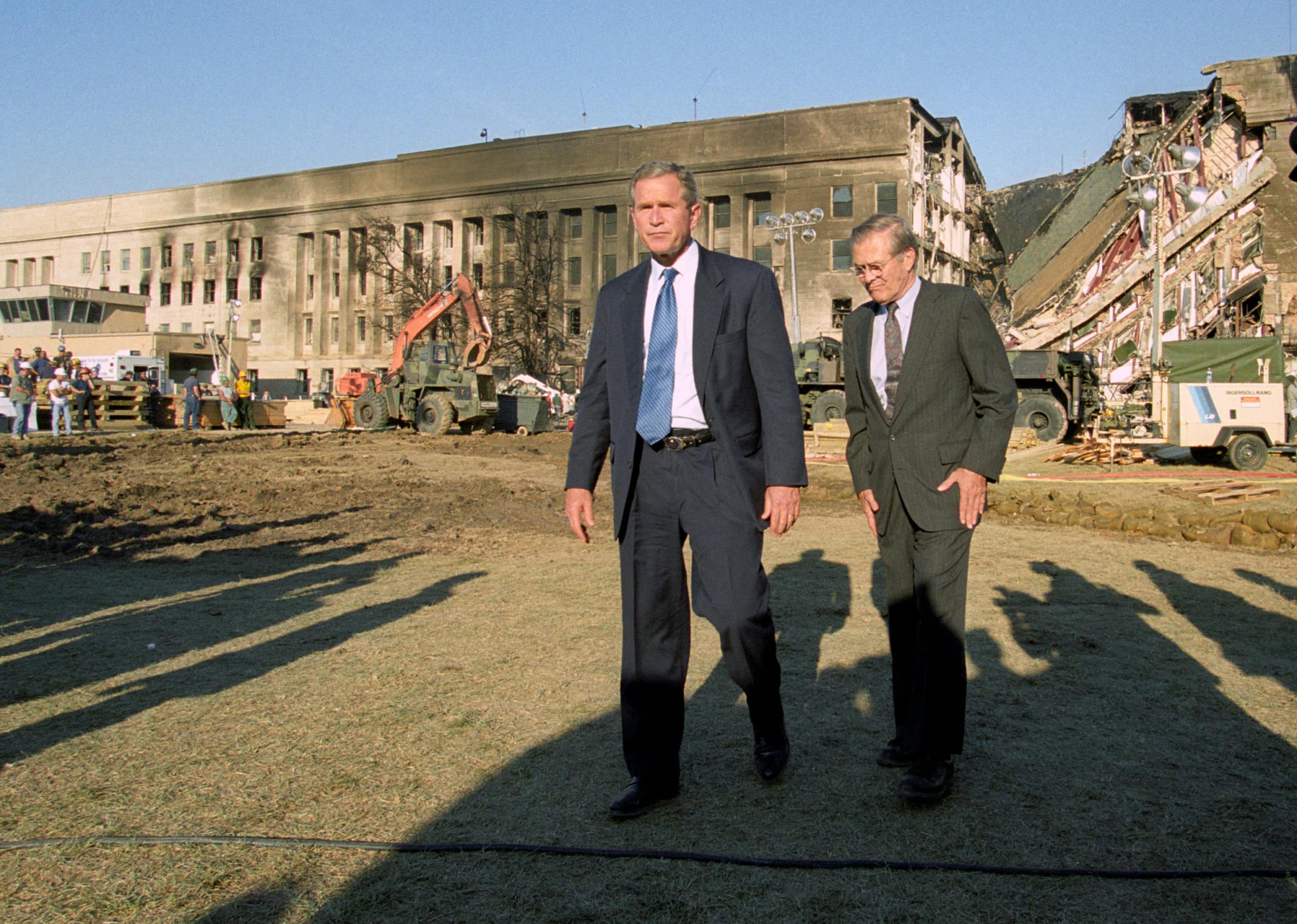
The Pentagon was hit by hijacked American Airlines Flight 77 at 9:37 am, shortly before I arrived at Newsweek. I immediately went out on the deck where I could clearly see the Department of Defense across the Potomac River. Thick black smoke billowed from its west side. I started shooting photos, and also placed a camera on a tripod and trained it on the U.S. Capitol. God only knew what was going to happen next, and I wanted to be ready.
The rest of the day was a blur. The only good news was that neither the Capitol or the White House were attacked thanks to the heroic crew and passengers aboard the fourth hijacked plane, United flight 93. The people aboard fought to retake control of the plane and it crashed into a field in Shanksville, Pennsylvania before the hijackers reached their target in Washington. Everyone on board died, but most likely the U.S. Capitol Building itself was spared.

I had became close with Secretary of Defense Donald Rumsfeld and his wife Joyce when I worked with him during President Gerald R. Ford’s Administration. He was White House chief of staff, and then Ford appointed him the 13th (and youngest) Secretary of Defense in 1975. He returned to the post in 2001 when President George W. Bush made him the 21st SECDEF. Knowing Rumsfeld was at the Pentagon when the plane flew into it, I called Joyce to see how she was doing, and asked about her husband. She told me that she was in shock and that Don had been in his office when the plane hit the other side of the building, but that he was okay. He had also helped pull people from the burning building. In all 184 people died there, including 125 people in the Pentagon, 53 passengers, 6 crew, and 5 hijackers.
The horrors of that day would lead to the longest war that America has ever fought. Like all wars the end was heartbreaking, messy, and tragic to many.
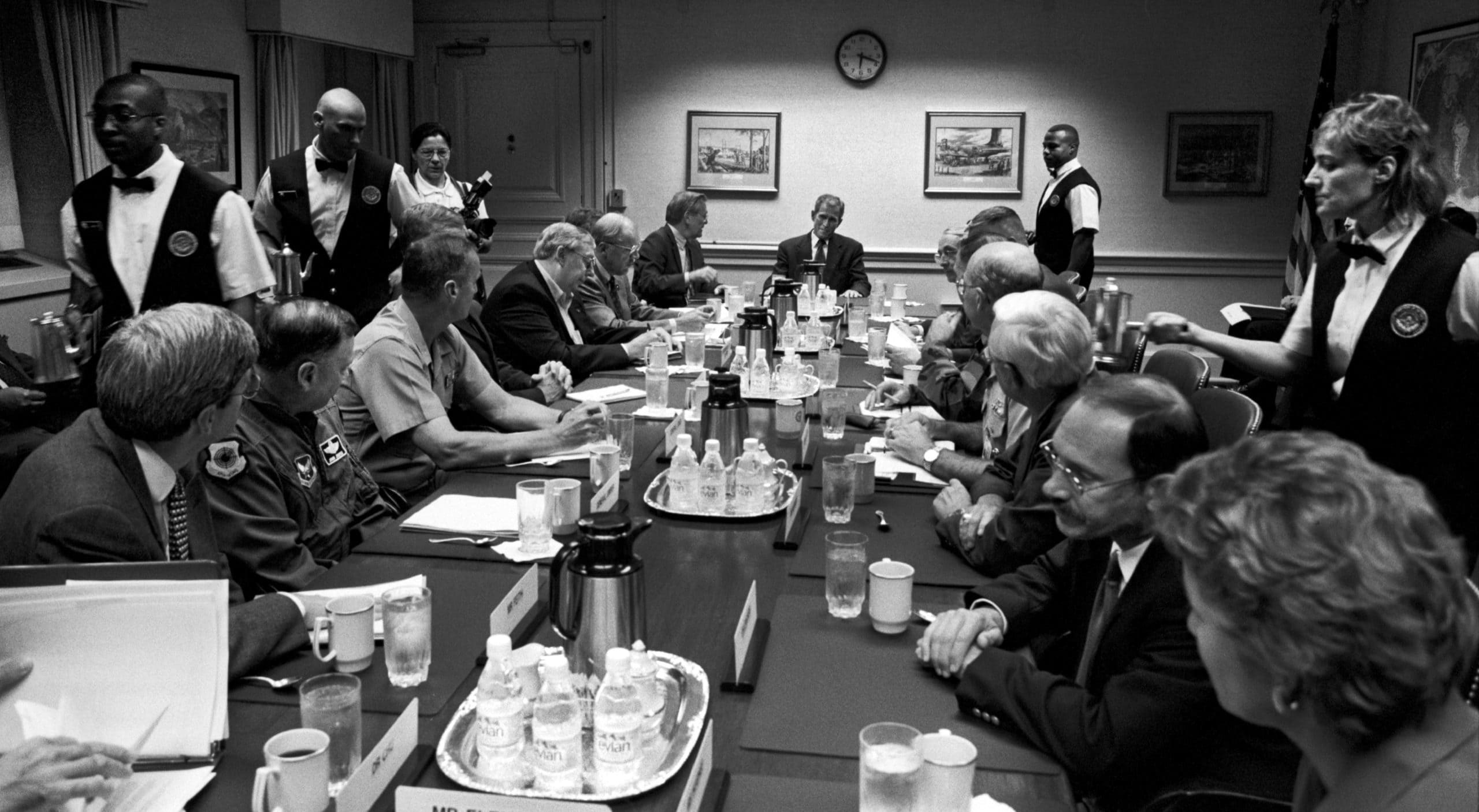
At 5 a.m. the next morning I met up with Rumsfeld at his home and rode with him to the Pentagon. His first stop was at the crash site where he talked to first responders, thanking them for their brutally hard work. That early morning visit would become a ritual with Rumsfeld. Later that day President George W. Bush came to see the damage. A giant American flag was unfurled by firemen and military personnel near where the plane crashed into the building. It was an emotional moment for all of us who saw it. My photograph of Bush and Rumsfeld against the backdrop of the crash site was a grim illustration of what had happened the day before. Afterward they gathered in a conference room with the Pentagon’s top brass to discuss what to do next. The smell of burning jet fuel and smoke still permeated the building.
On Sept. 13th I again joined Rumsfeld on his short drive from Northwest Washington across the Potomac to the Pentagon. We immediately went to the site, and he again talked to rescue workers who were still searching for victims. A few minutes later his security guards urgently informed him that another attack might be imminent, and he had to get out of there. We jumped back in his car and left the area. Rumsfeld had previously scheduled a secure phone call with Secretary of State Colin Powell and instructed his driver to head to the State Department where he could meet Powell in person. As we were driving past the Federal Reserve a block away from State he told the driver to pull over. “Turn around and head back to the Pentagon,” he said, “I’m not going to let terrorists control my life.” I said, “Do you mind if I jump out?” He chuckled, knowing I was kidding, and we sped back to the Pentagon. The attack didn’t happen, but the rumors kept flying. He never let them force him away from the Pentagon again.
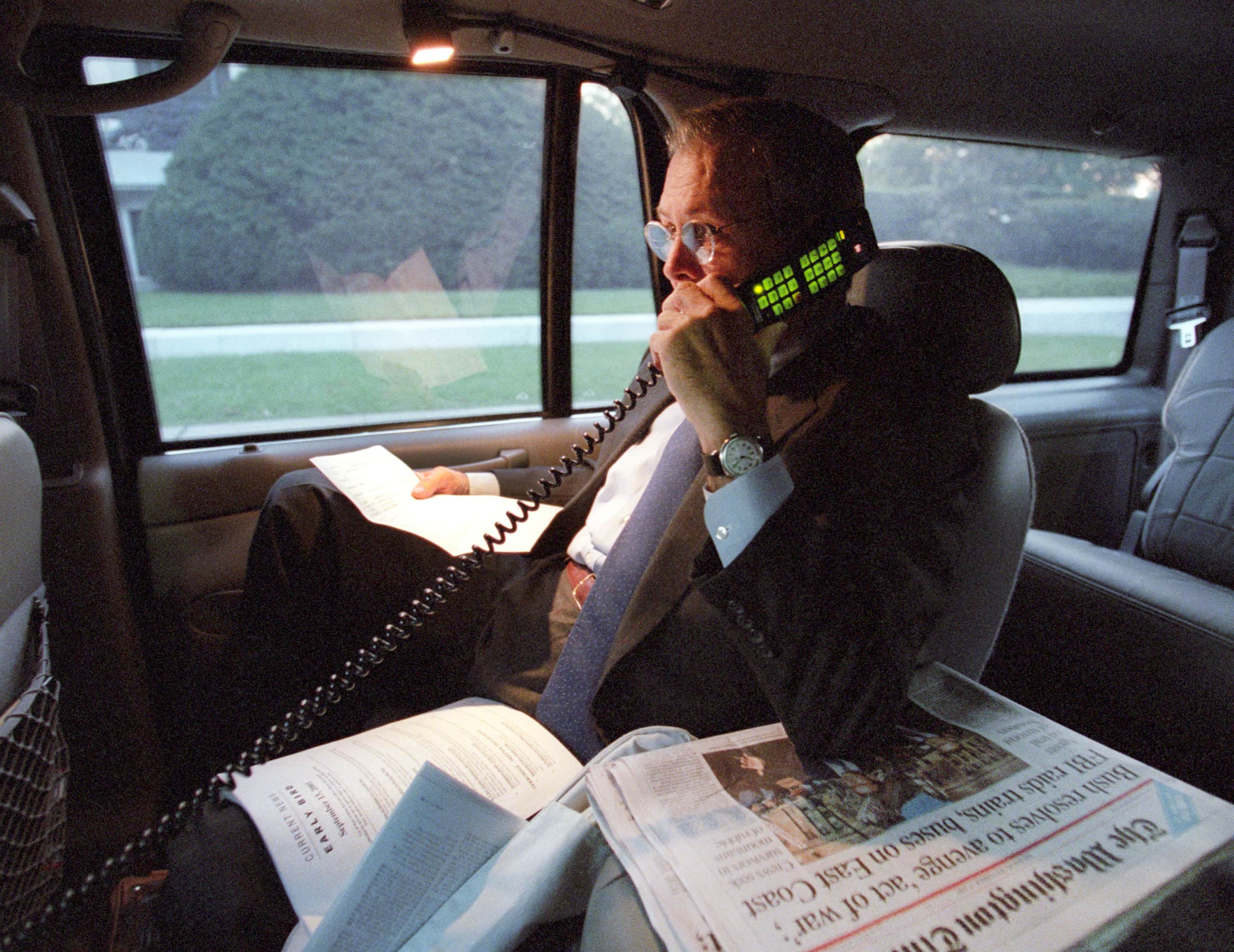
Under the direction of Secretary Rumsfeld the U.S. went into overdrive to plan a strike at the heart of Al-Qaida and their Taliban protectors in Afghanistan. Rumsfeld didn’t like the terminology “war on terror” but that’s how it was defined by President Bush, and that is how most people looked at it. He also thought it was a mistake to personalize the operation by putting major emphasis on Al-Qaida leader Osama bin Laden and Taliban leader Mullah Muhammed Omar. He also thought catching them or killing them was unlikely. However, Rumsfeld was all-in on making sure the attackers were made to pay for their crimes, and that became his central mission.

In early October I joined Rumsfeld as he set out on a trip to visit with leaders in Saudi Arabia, Egypt, Oman, Turkey, and Uzbekistan. The purpose was to inform them of the American plans to enter Afghanistan, and he wanted to make sure they were on board. They were. He met with Omani ruler Sultan Qaboos in a tent in the desert. The Sultan, a friend of the West, became emotional talking about 9-11, and told Rumsfeld he thought the attacks should be a wake-up call for Americans about the dangers of Islamist extremism. He offered up the Omani controlled Masira Island in the Arabian Sea as a C-130 base. Rumsfeld’s meeting with Uzbek President Islam Karimov also went well, and he gave the green light to allow U.S. special operators to use that country as a jumping off point against Afghanistan. Rumsfeld’s last stop in Turkey also extracted a promise to lend cooperation and military assistance for the upcoming operation.
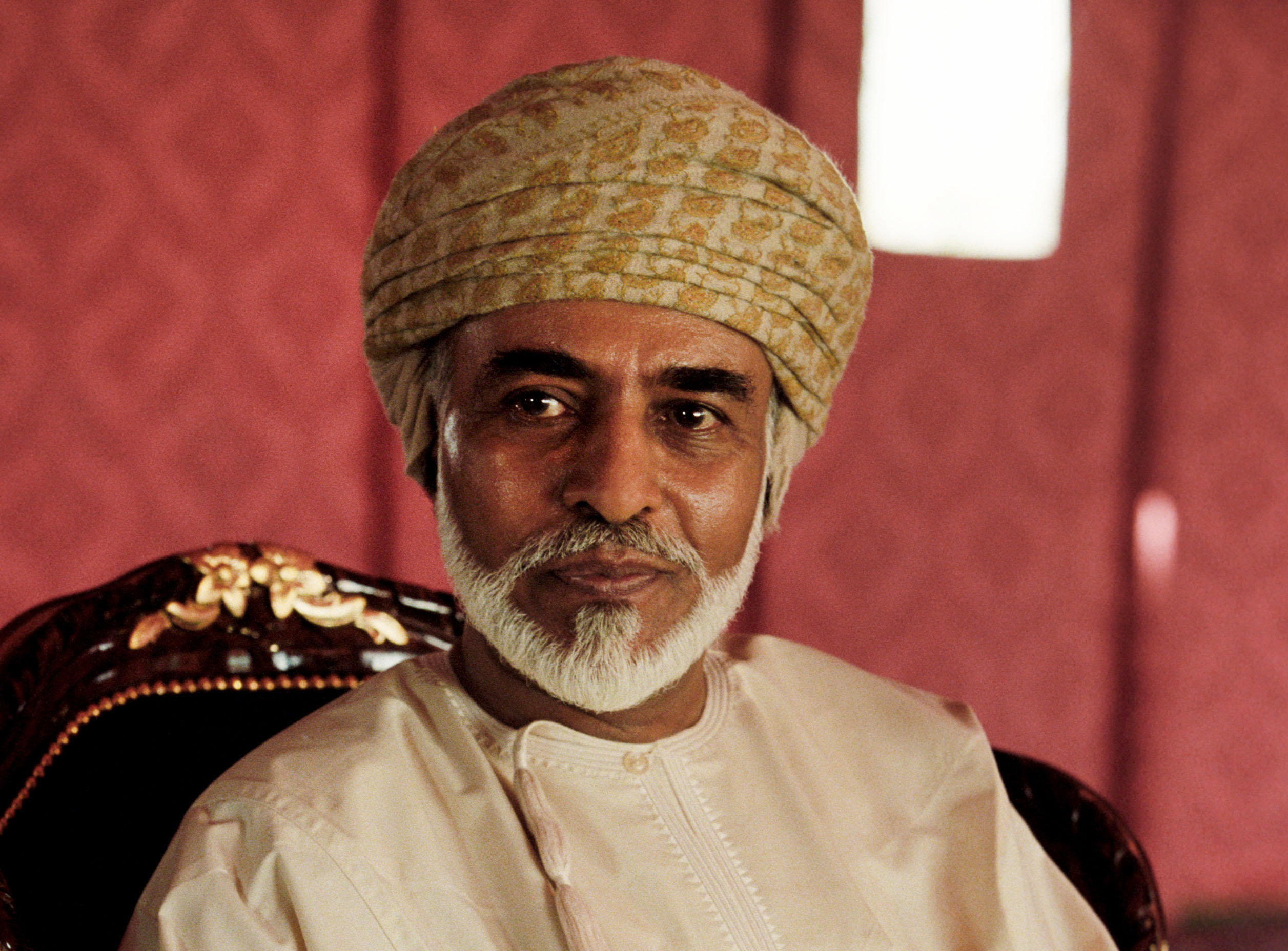
When Rumsfeld returned to Washington after his trip he transmitted President Bush’s order authorizing Operation Enduring Freedom to CENTCOM commander Gen. Tommy Franks who would run the show. The game was on. Early on October 7th I was in Rumsfeld’s office during the first attack and photographed him watching a video released by Mullah Omar and Osama bin Laden saying the United States would fail to oust them from Afghanistan and calling for jihad against the West. I got the definite impression from Rumsfeld that he was pretty sure OBL and company were going to lose. Rumsfeld’s chief of staff Larry DiRita, senior military assistant Vice Admiral Ed Giambastiani, and chief counsel William Haynes were with him at the outset among many others.
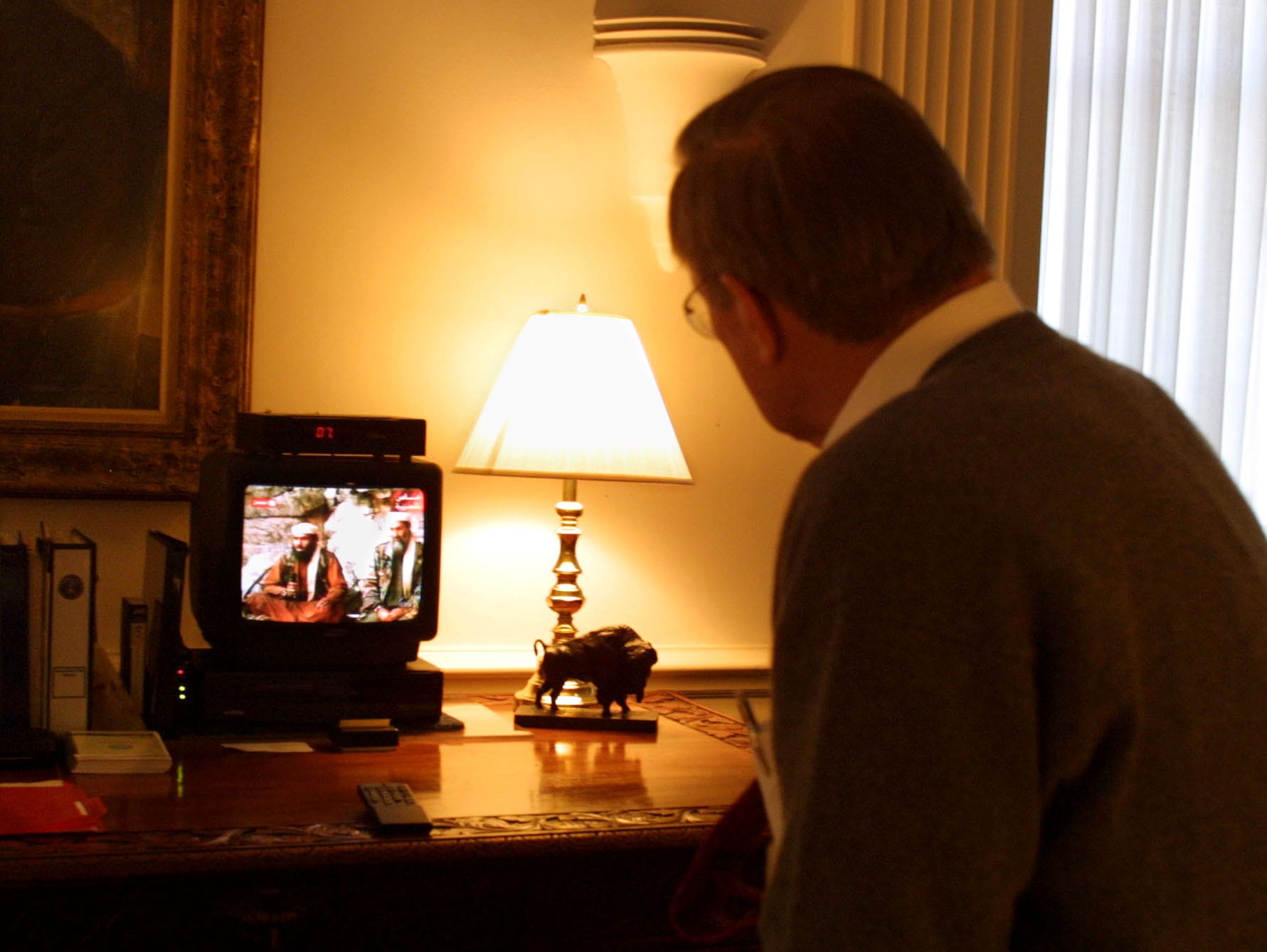
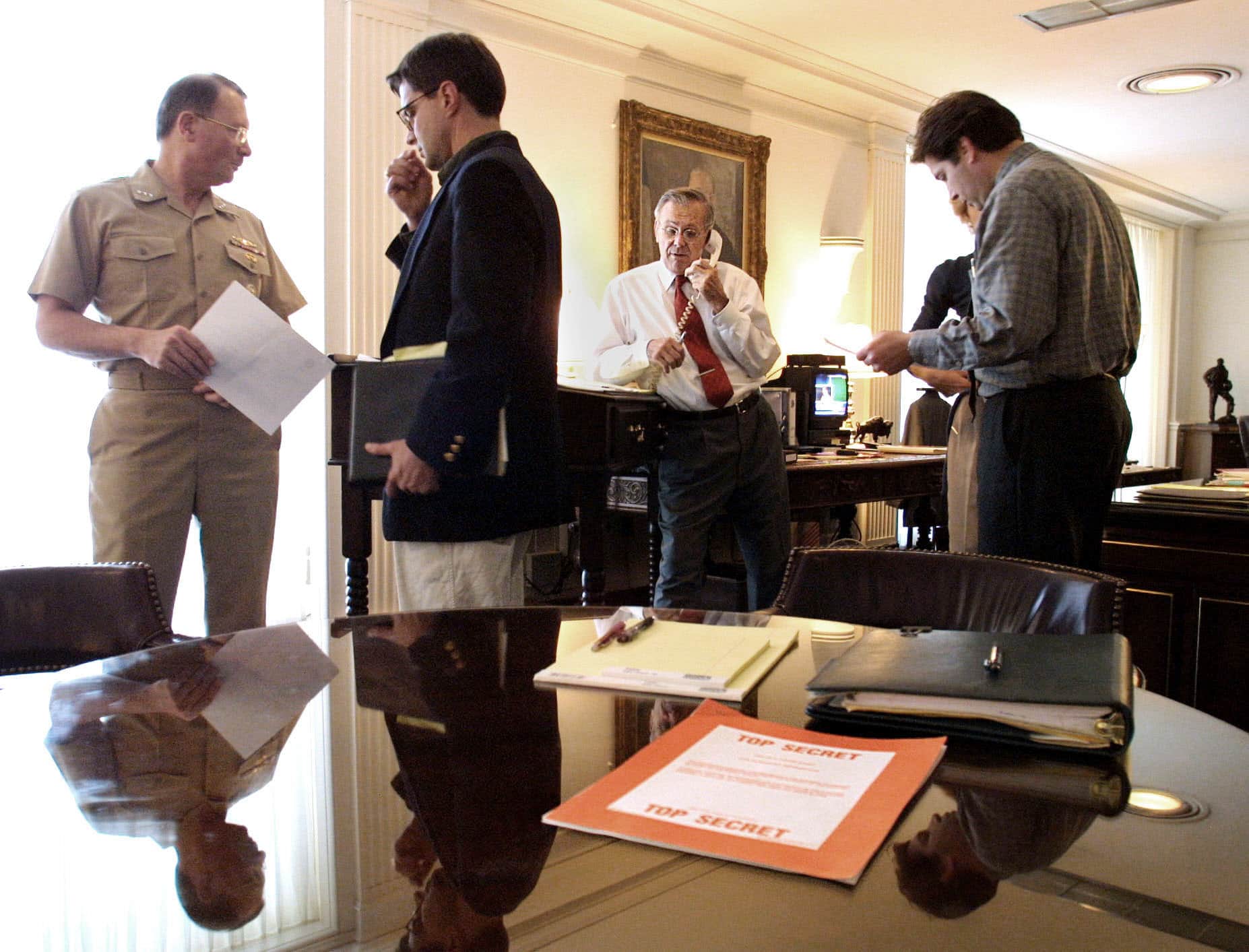
Four days later, a month to the day after the 9-11 attacks, the tragedy was remembered in a solemn ceremony at the Pentagon. Everyone who attended was given a small American flag that they held in front of them. President Bush was no exception.
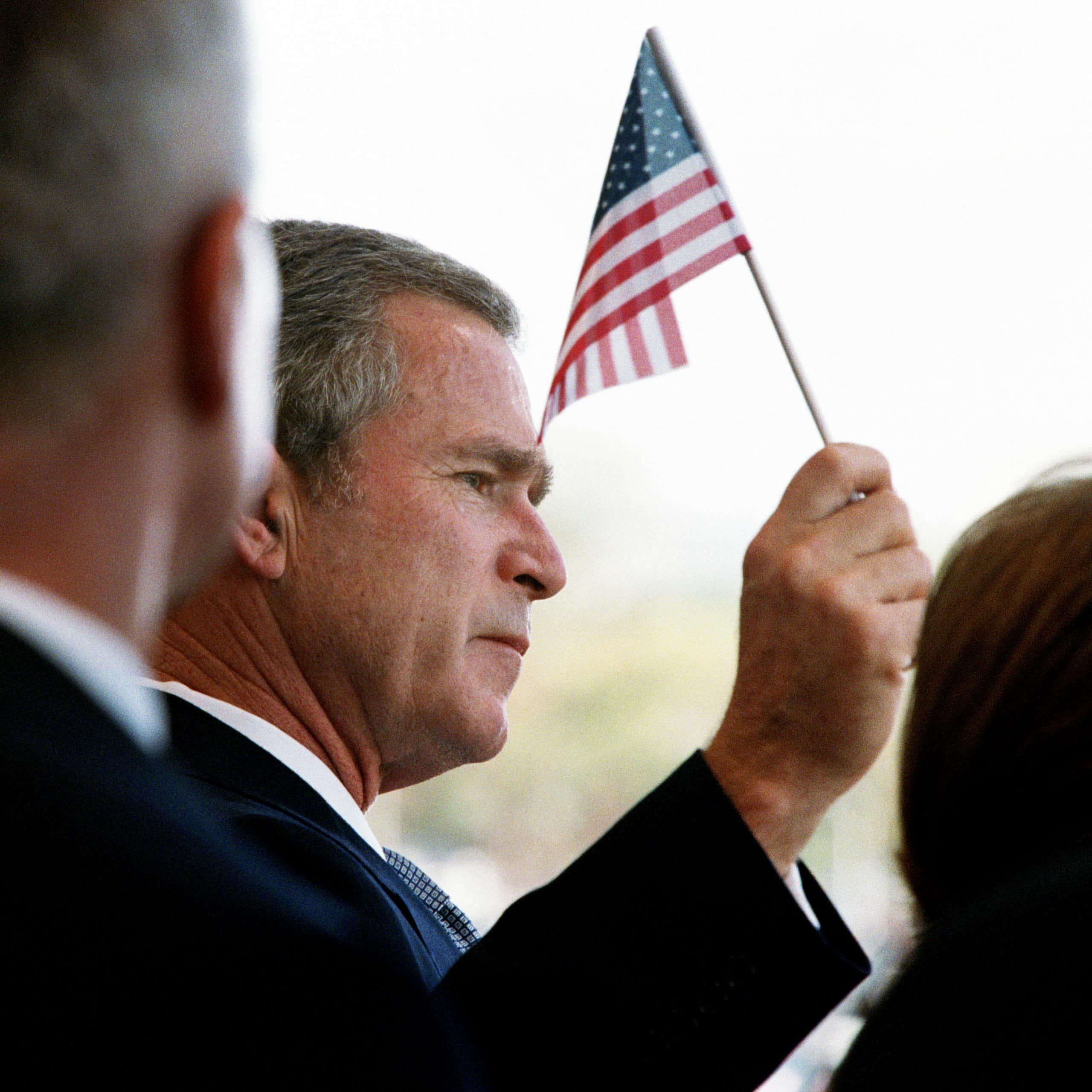
Rumsfeld made a low-key visit to Afghanistan on December 16, 2001 and I went with him. He was the highest ranking official to visit there in 25 years. American-led forces had displaced Al-Qaeda and their Taliban hosts after the 9-11 attacks on the United States. Rumsfeld sat on a folding chair next to Hamid Karzai in a room with camouflage netting and the 82nd Airborne’s symbol on the wall. The meeting took place at the old Soviet Bagram Airbase a few days before Karzai became president of the country. The place was littered with Soviet-era MiG fighter jets and other airplanes that had fallen into disrepair. American helicopters were lined up and flying around the area. Those Soviet piles of junk, along with the American hopes and dreams for the country, have now been joined by U.S. military hardware abandoned by our forces.
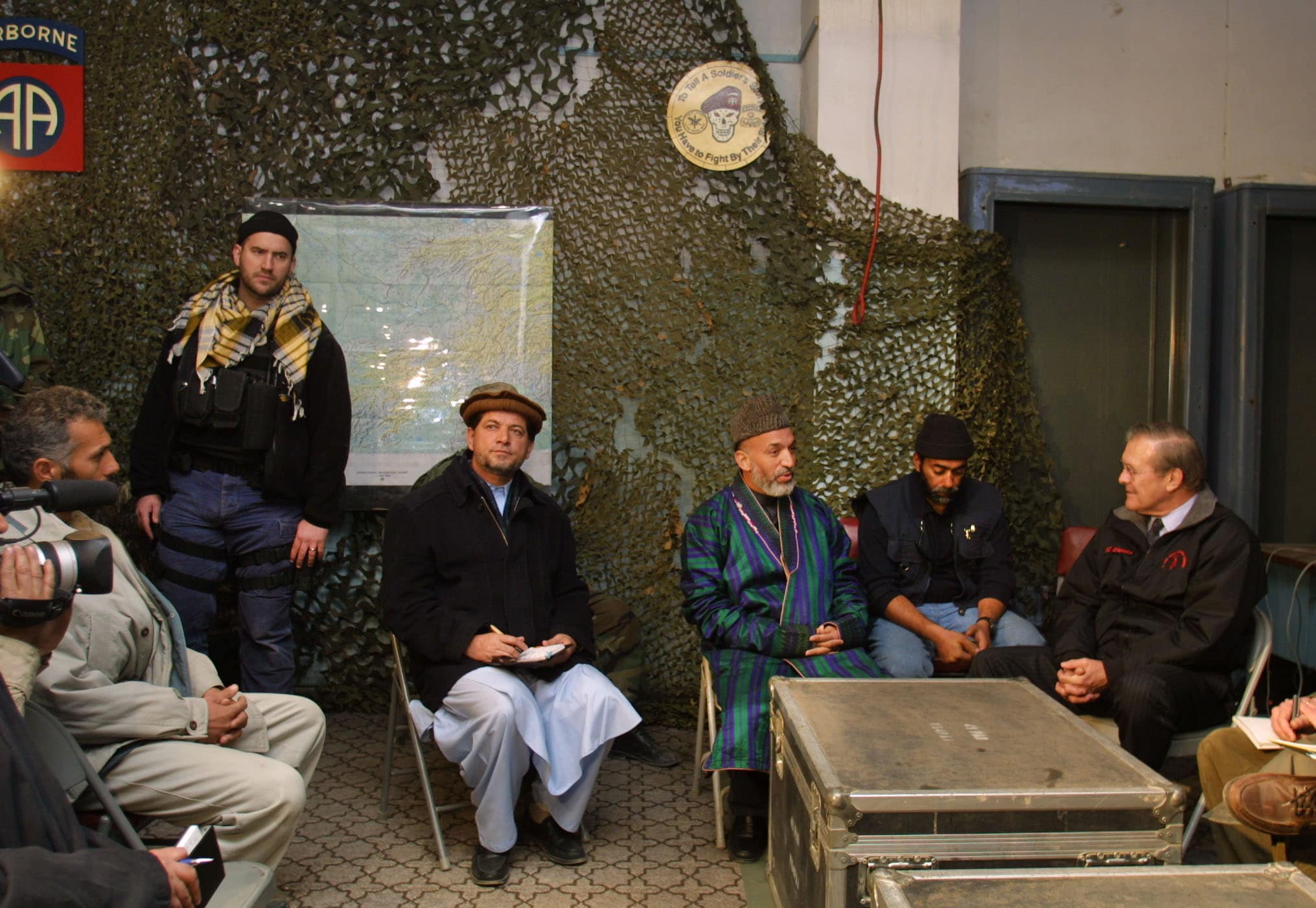
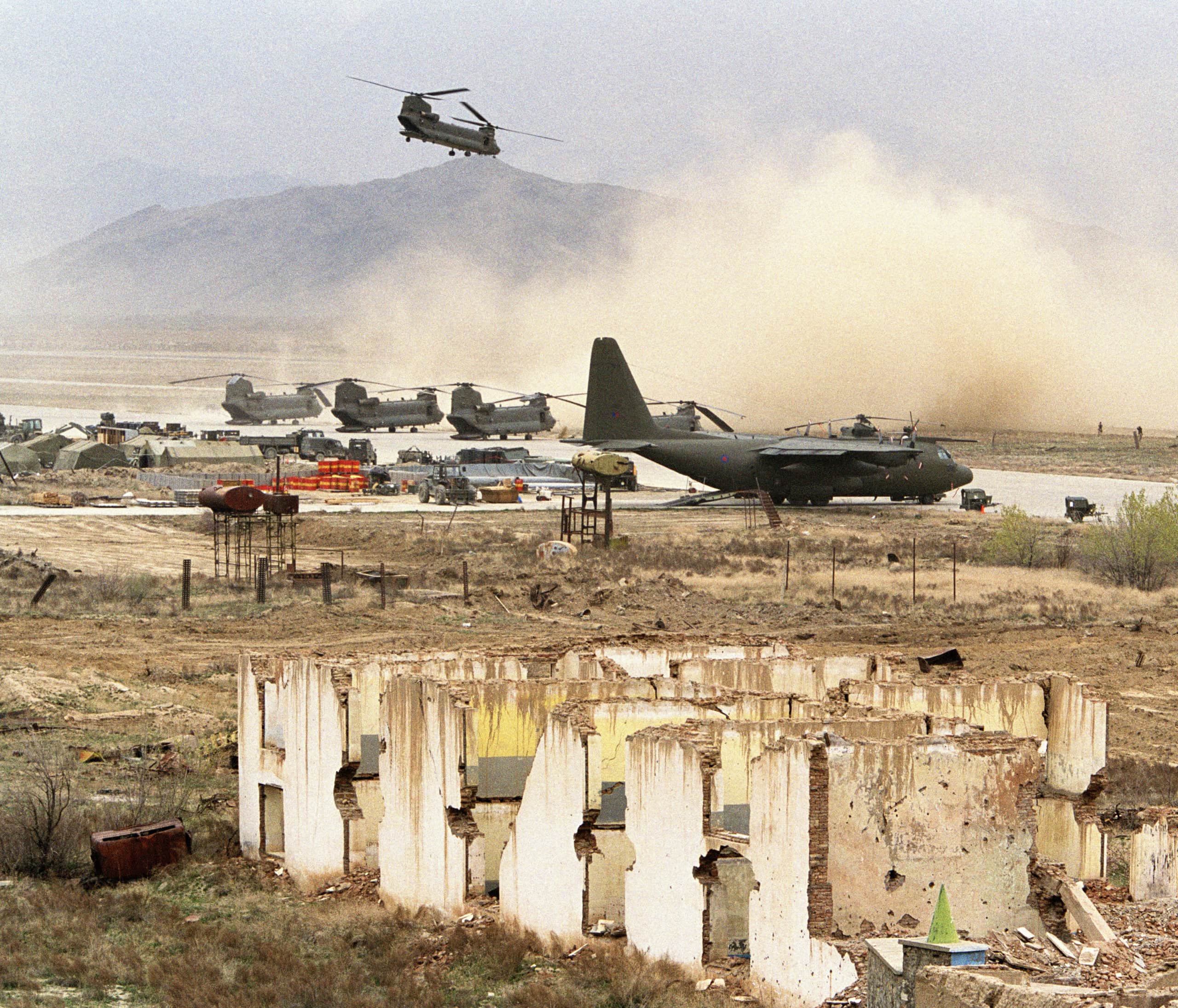
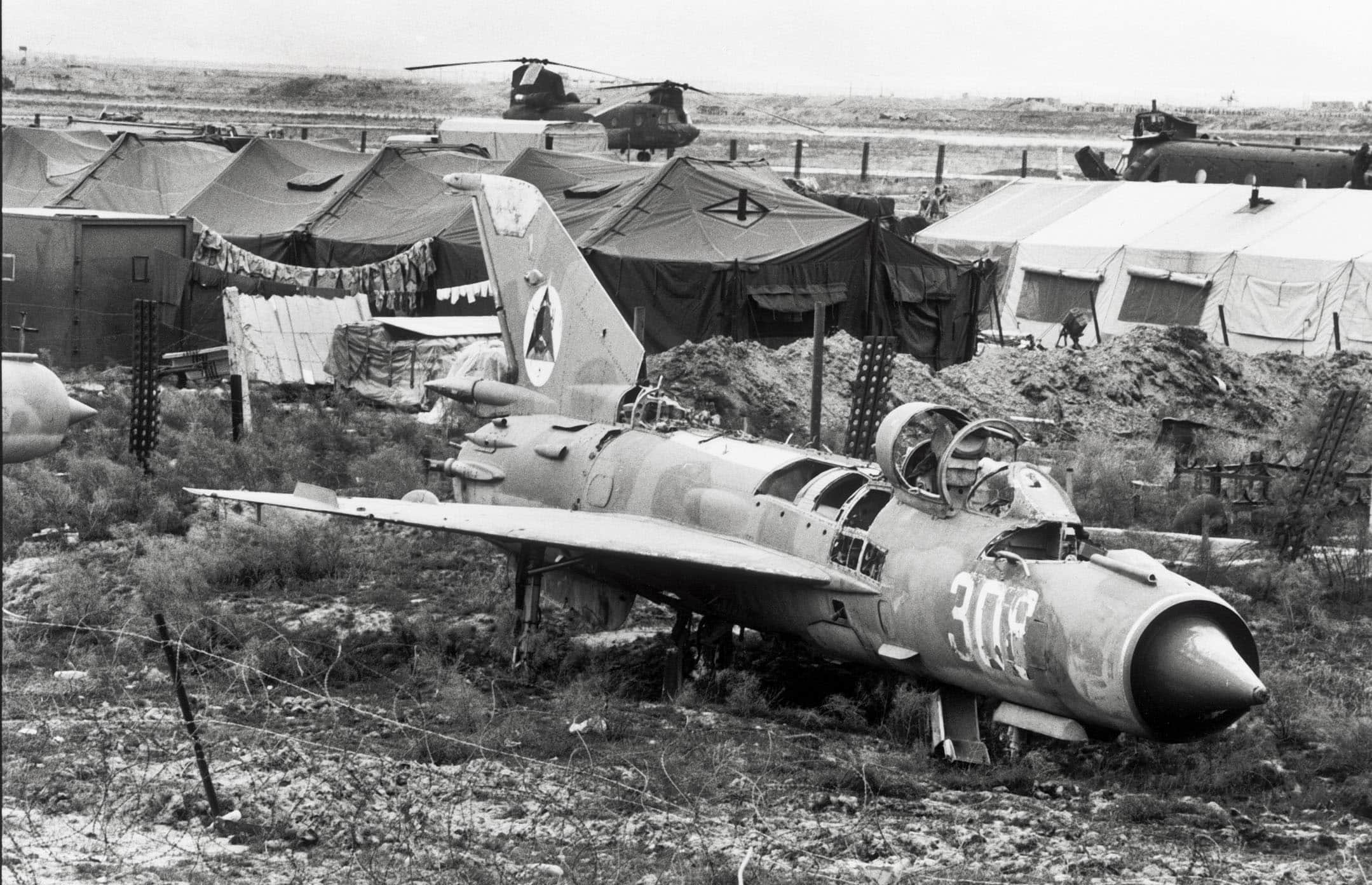
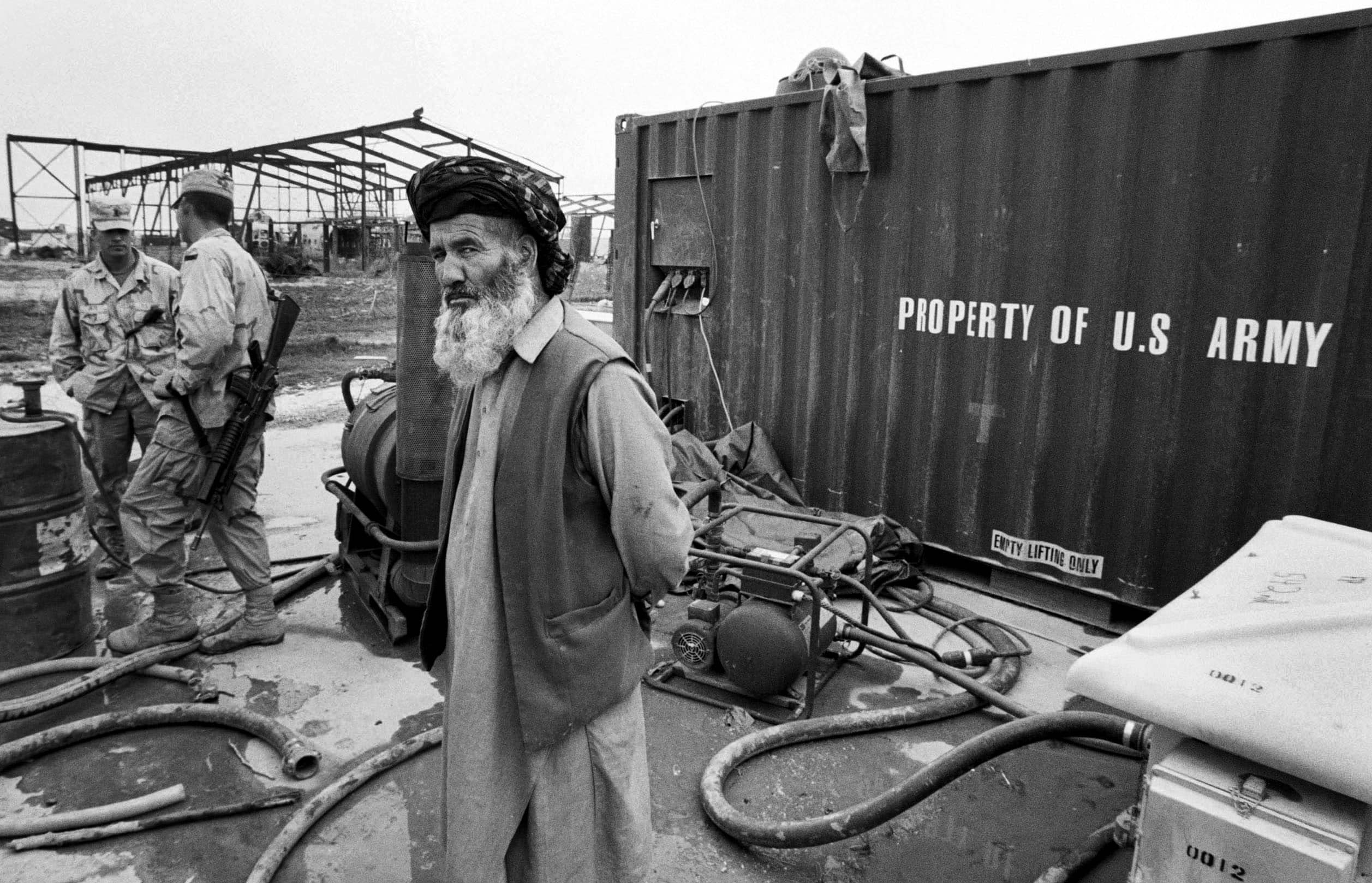
In 2002 Bertram van Munster and I produced a series for ABC called “Profiles from the Front Lines” about special forces and other soldiers in Afghanistan. I returned to Bagram where Big America was alive and well, and bringing in U.S. goods by the megaton. While there I photographed weary American soldiers returning from patrol, and had my tent blown away by fierce winds one night. A minor inconvenience considering what the troops went through everyday.
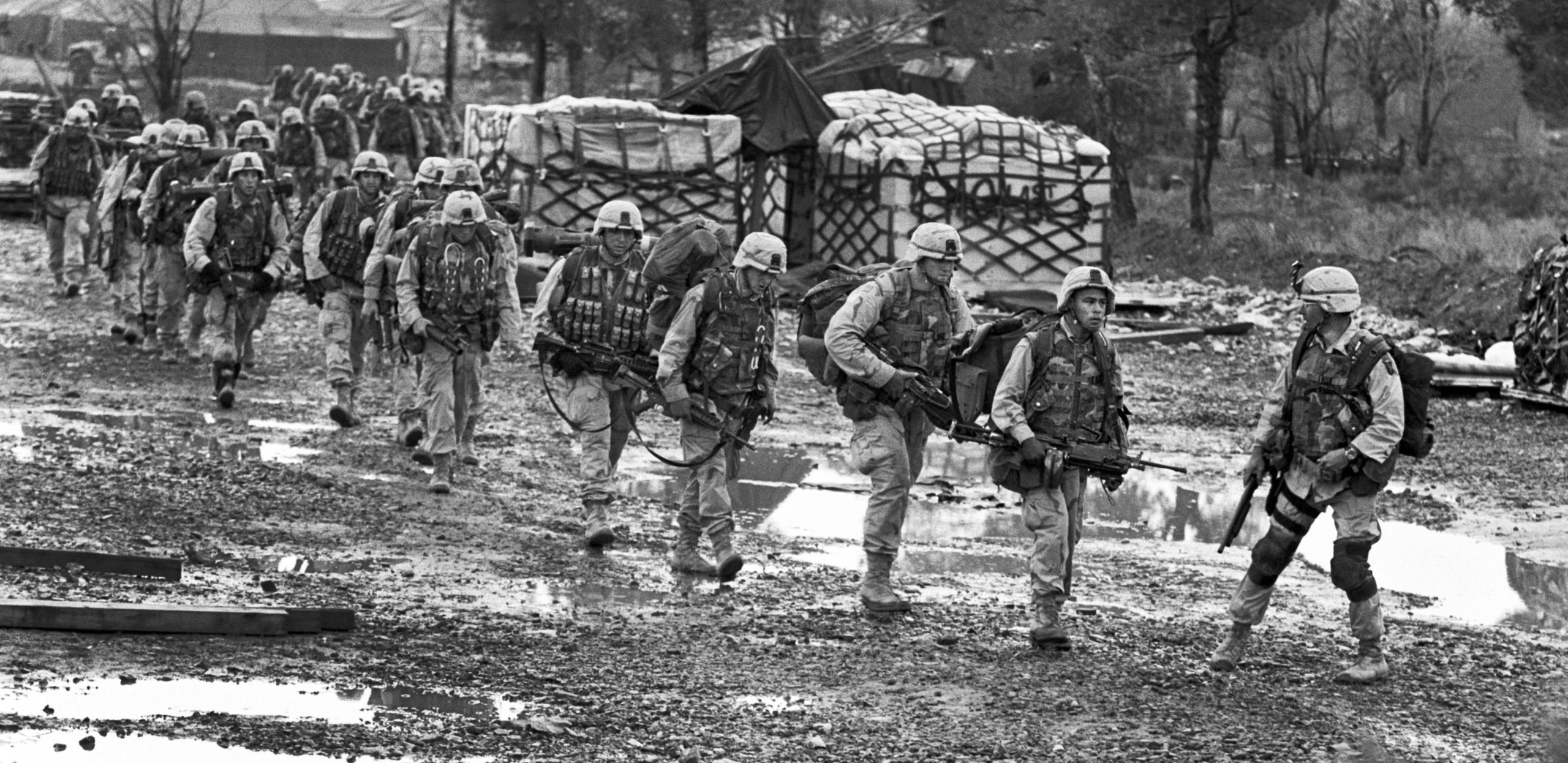
I also went out on the U.S. aircraft carrier John F. Kennedy operating in the North Arabian Sea where I photographed combat operations in support of Operation Enduring Freedom that were in full swing protecting American soldiers on the ground. In one instance an F-14 Tomcat flew by the ship breaking the sound barrier and produced one helluva picture.

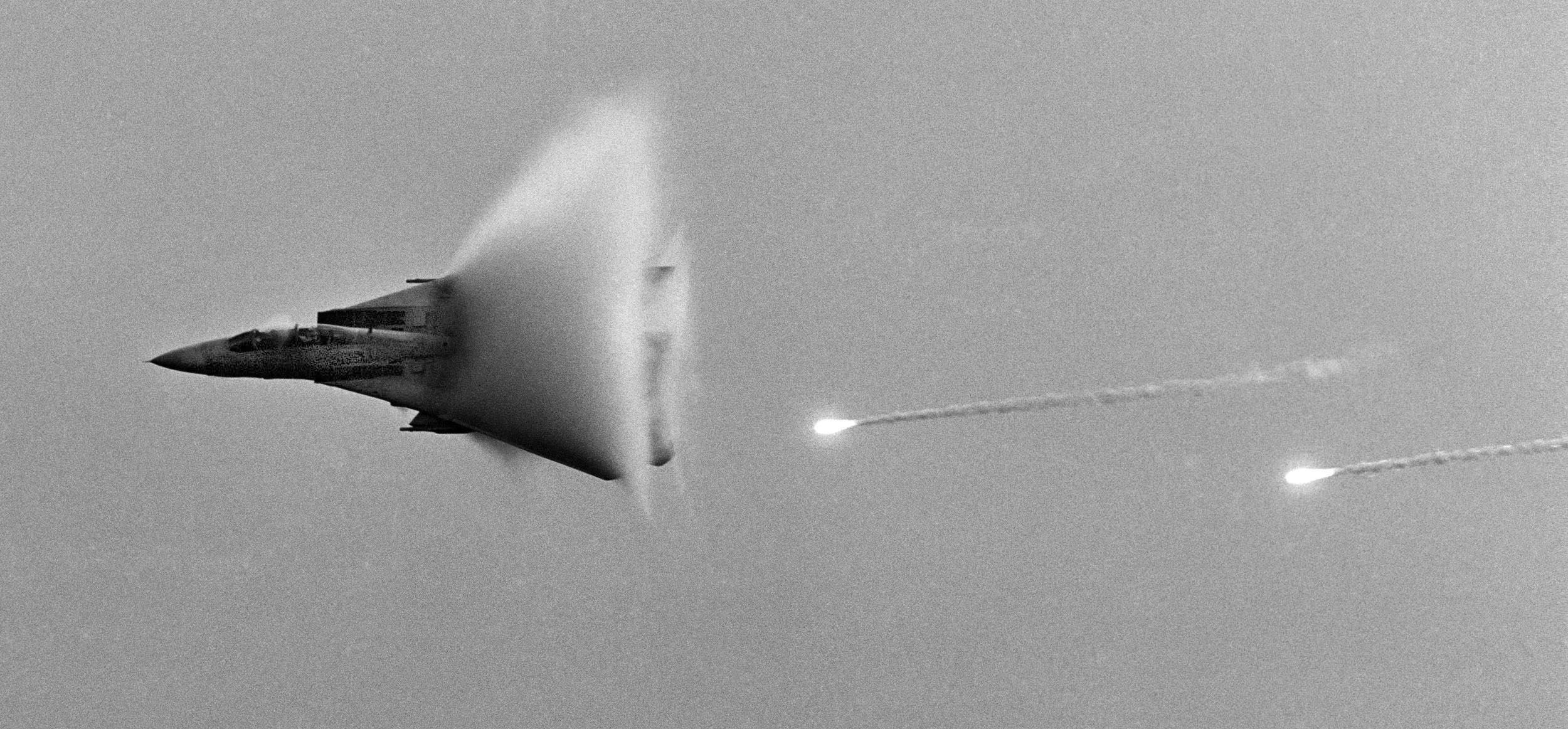
One of my most significant trips to Afghanistan was in April of 2012 at the invitation of Eileen O’Connor, a friend and colleague who was working for the U.S. State Department. She asked if I would be interested in giving lectures around the country to students, and meeting with working journalists and photographers. I was all for it. I love what I do, and particularly like sharing experiences and ideas with your people who want to enter the field.
I’ll never forget being picked up by a driver at Kabul International Airport who would take me over to the U.S. Embassy compound where I would be staying. I asked him how things were going, and he said great, there hadn’t been an attack in Kabul in months. Oh jeez, I thought. That’s like talking about how there’s no traffic on the 405 right before it slams to a halt. Yep.
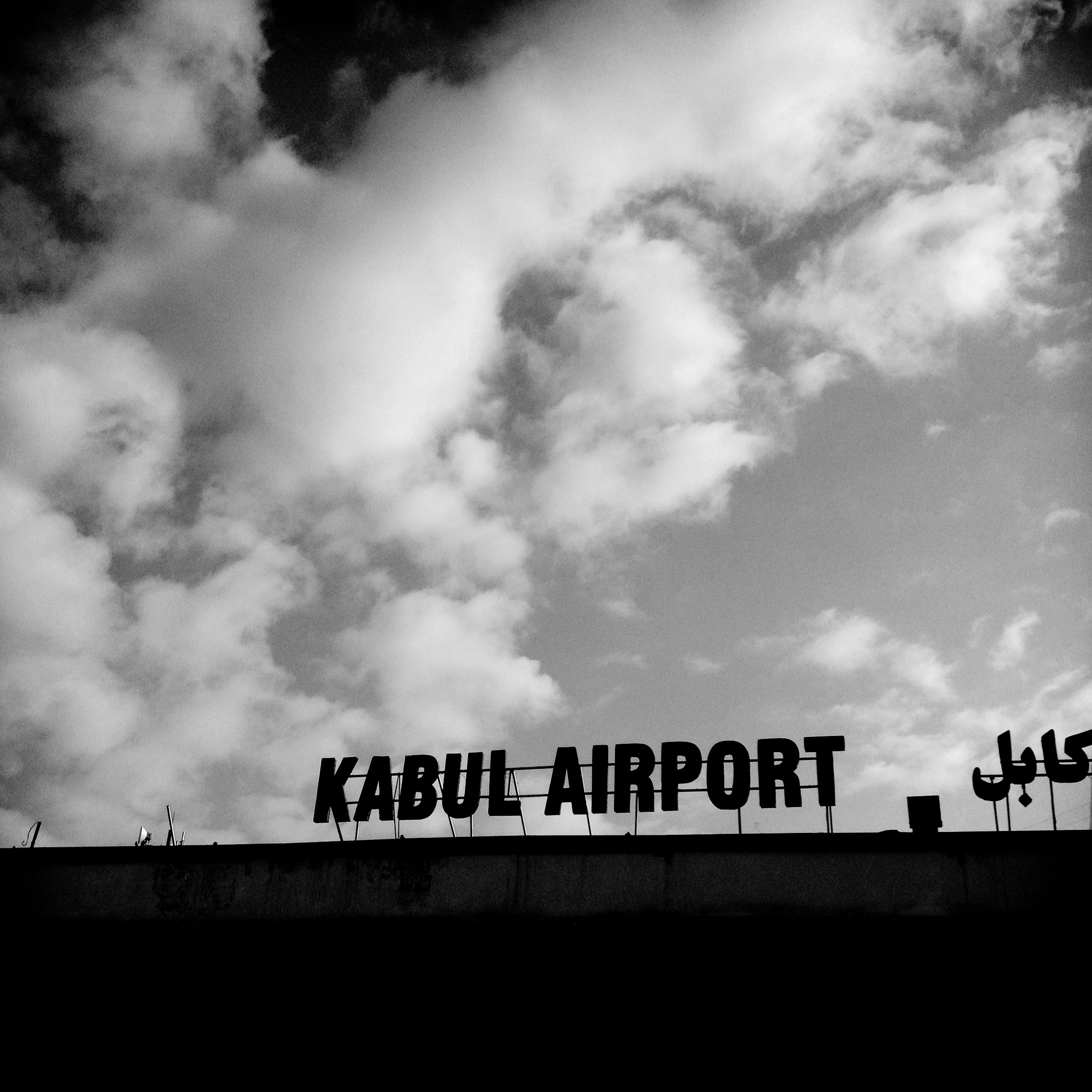
The next day I was conducting a workshop for more than a dozen Afghan photographers at a compound a block from the Parliament Building. I was accompanied by Esperanza Tilghman from the U.S. Embassy who was handling my logistics. I’d been talking and showing photos for about 15 minutes when gunfire and explosions erupted nearby. It was a full-on terrorist attack against the Parliament and other government building and embassies right down the street. We were trapped, no getting in or out, it was way too dangerous. So against the backdrop of small arms and machinegun fire, and with nowhere to go, I decided to carry on with the show. In one ironic moment I was showing some Vietnam pictures as another loud explosion rocked the building accompanied by the crackle of rapid-firing AK-47s. (I knew that sound well from Vietnam). Esperanza was in touch with the U.S. Embassy, and they were also under attack. She said they were considering sending a rescue force, but I said no, it would be way too dangerous for any vehicles coming up that street. It was a war zone out there. After a few hours the fighting subsided, and we were able to get out in the car that brought us. Esperanza was totally cool under fire, and I was glad she was along for the ride. At the end of that siege around Kabul more than 40 militants were killed, 18 of them just a few hundred yards from us. When I got back to the embassy Eileen asked me if I wanted to stick around or head back to the U.S. I chose to stay.
What compelled me was my belief in the First Amendment, particularly freedom of the press. So many of my colleagues have died telling the story, and are a tribute to the guarantees we have been given by the Founders. Of course it works differently everywhere else. My audiences were really taken with the notion of a free press and wanted to know more, so I couldn’t just sky out on them. I lectured at Herat and Kabul Universities, and to press agencies, newspapers, camera clubs, anywhere where people would listen. In all I talked to several hundred Afghans. I also visited schools where young men and women were learning how to paint and draw.
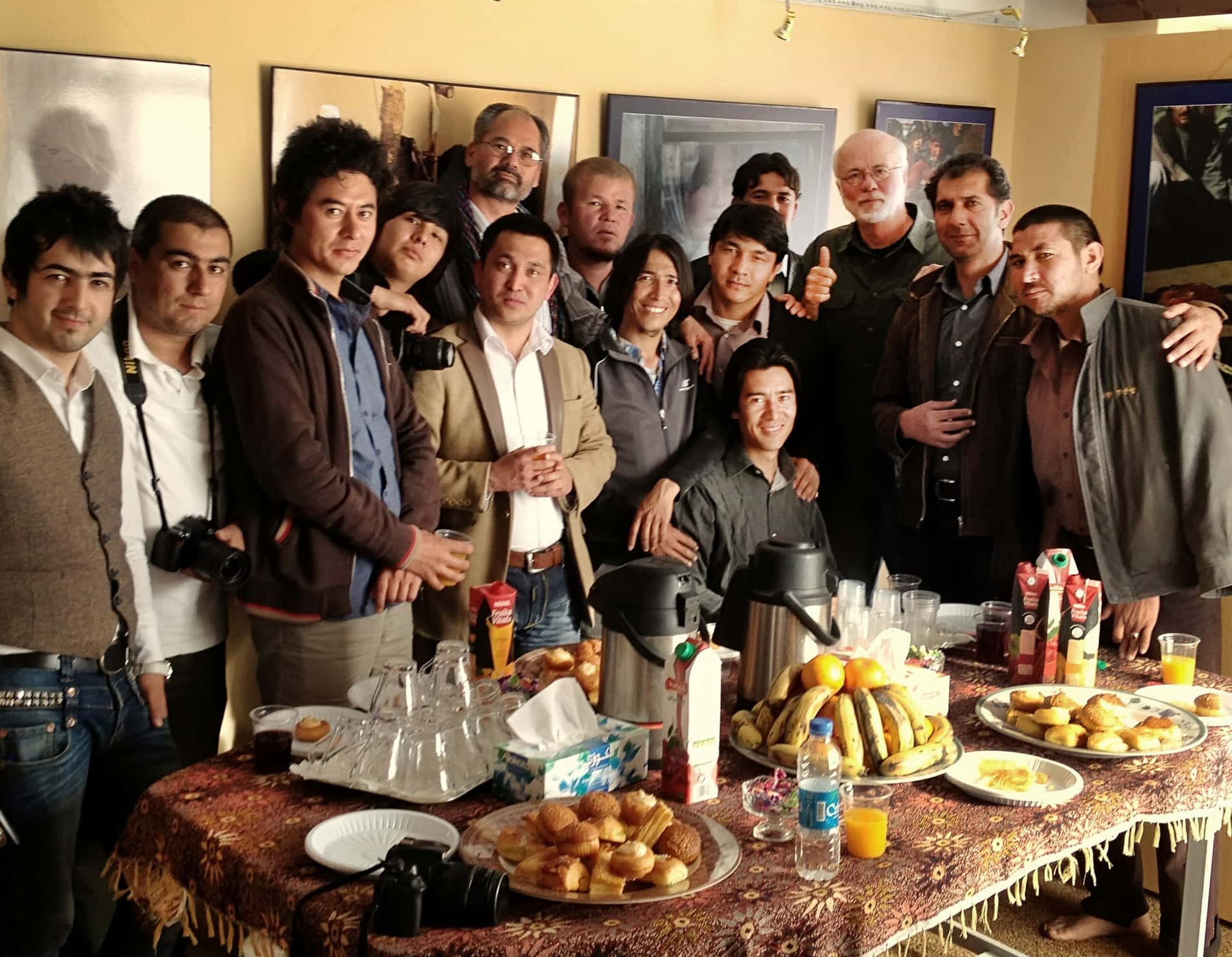
A few days ago I had a conversation moderated by Rick Smolan with Afghan photographer Massoud Hossani. I was deeply moved by Massoud’s comments about losing his country and knowing that he can’t go back. Massoud won the 2012 Pulitzer Prize for Breaking News Photography for his shocking photo of a girl crying among the dead bodies of people killed by a suicide bomber in Kabul. Despite being badly injured in the blast, Massoud continued to photograph the aftermath.
In our conversation he said that the Americans showed Afghan people the path to democracy, then pulled the rug out from underneath them. Although it’s hard for me to understand what that would be like, I have some idea. During my 2012 trip I could see the hope in the eyes of those I talked to as they looked toward a brighter future for their country, one where democracy could flourish. But that is gone. As Massoud put it, “The Americans have turned control of my country over to the Taliban, the largest and most dangerous terrorist organization on the earth.” He also blamed the corrupt regime of President Ashraf Ghani and others for the swift fall of Afghanistan to the Taliban. What’s particularly painful is that all those students and journalists I talked to will most likely be targets of the Taliban for the simple act of pursuing their craft.
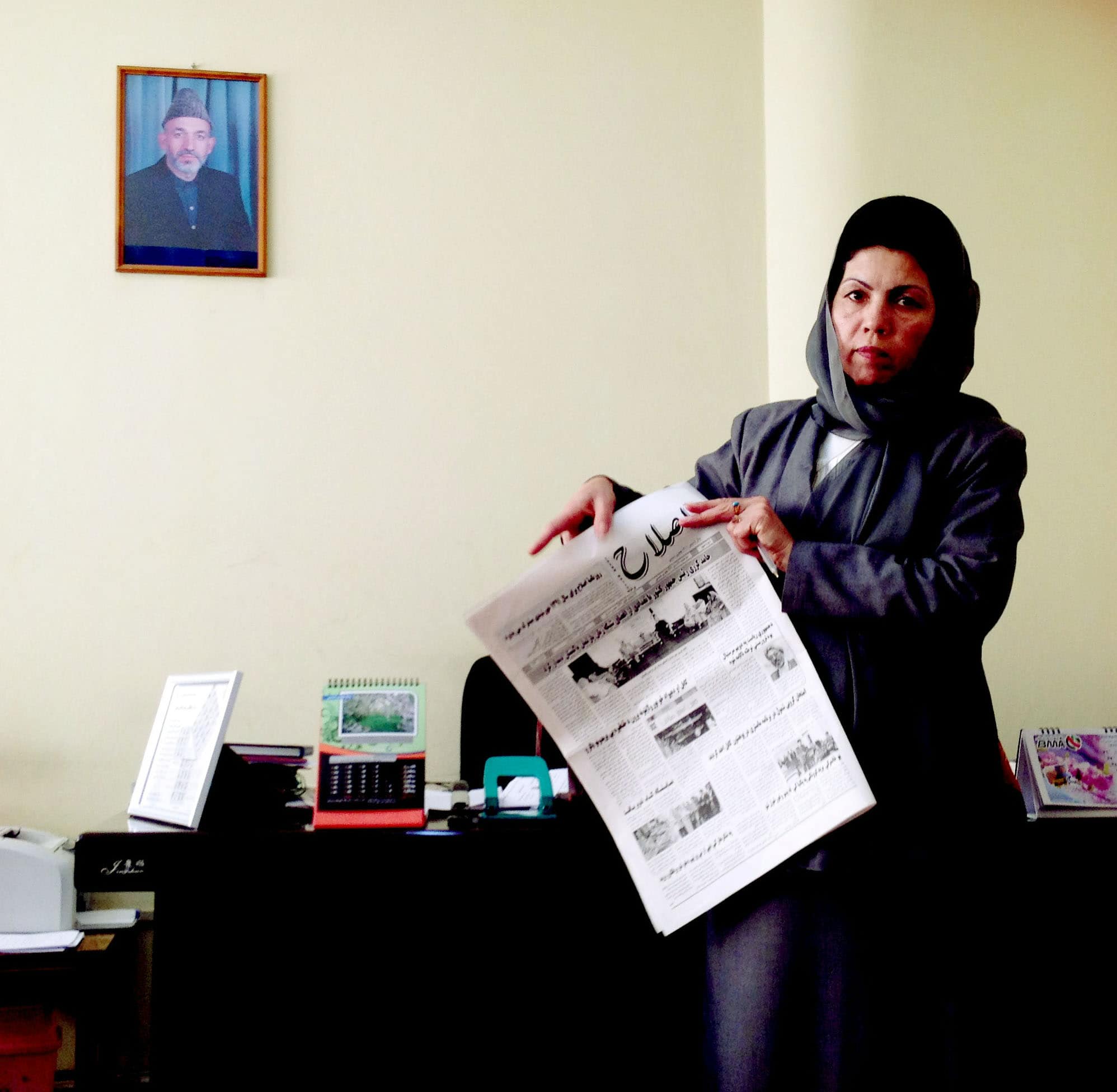
I feel complicit. I was one of those who pointed to that shining city on a hill that represents an idealistic world of individual freedom and optimism. That’s what I’ve always felt and believed. But it’s not the way it has turned out in Afghanistan. The photo that symbolizes where things are now I took in Herat. It shows a shrouded woman walking. She casts a shadow on the pavement. She is alone.
